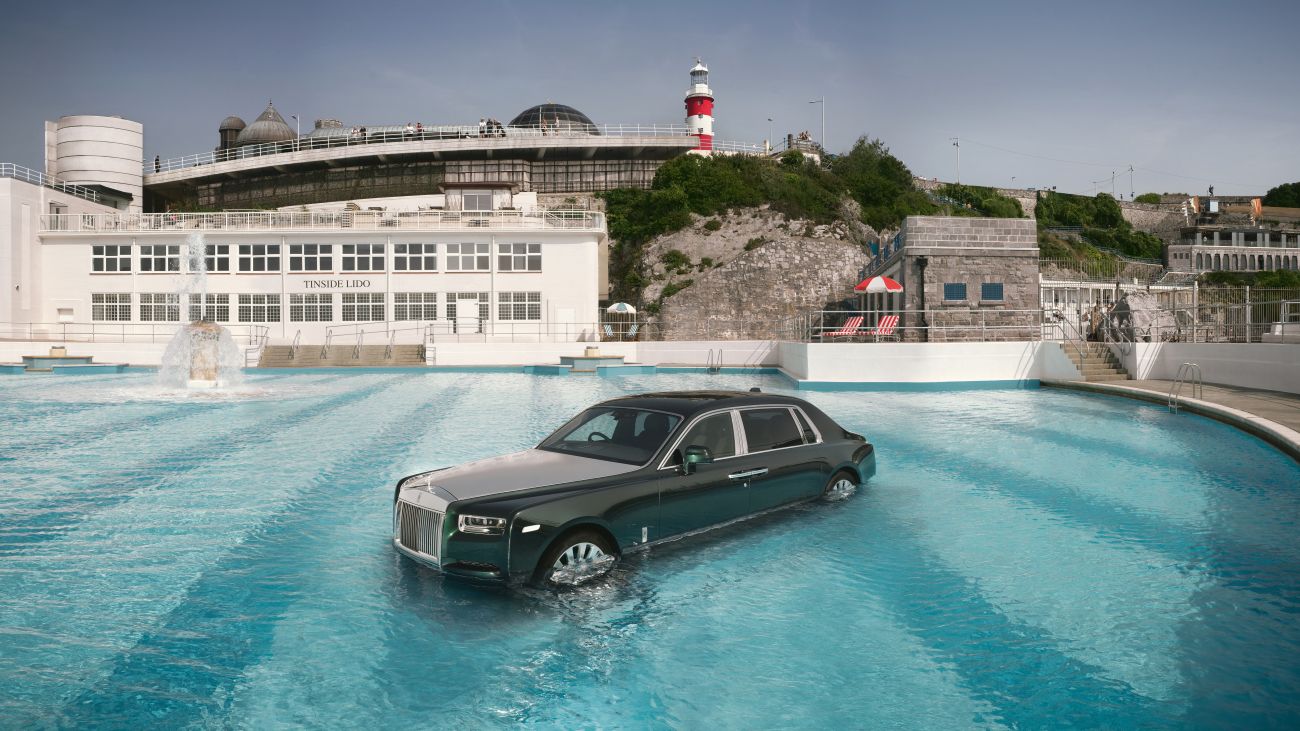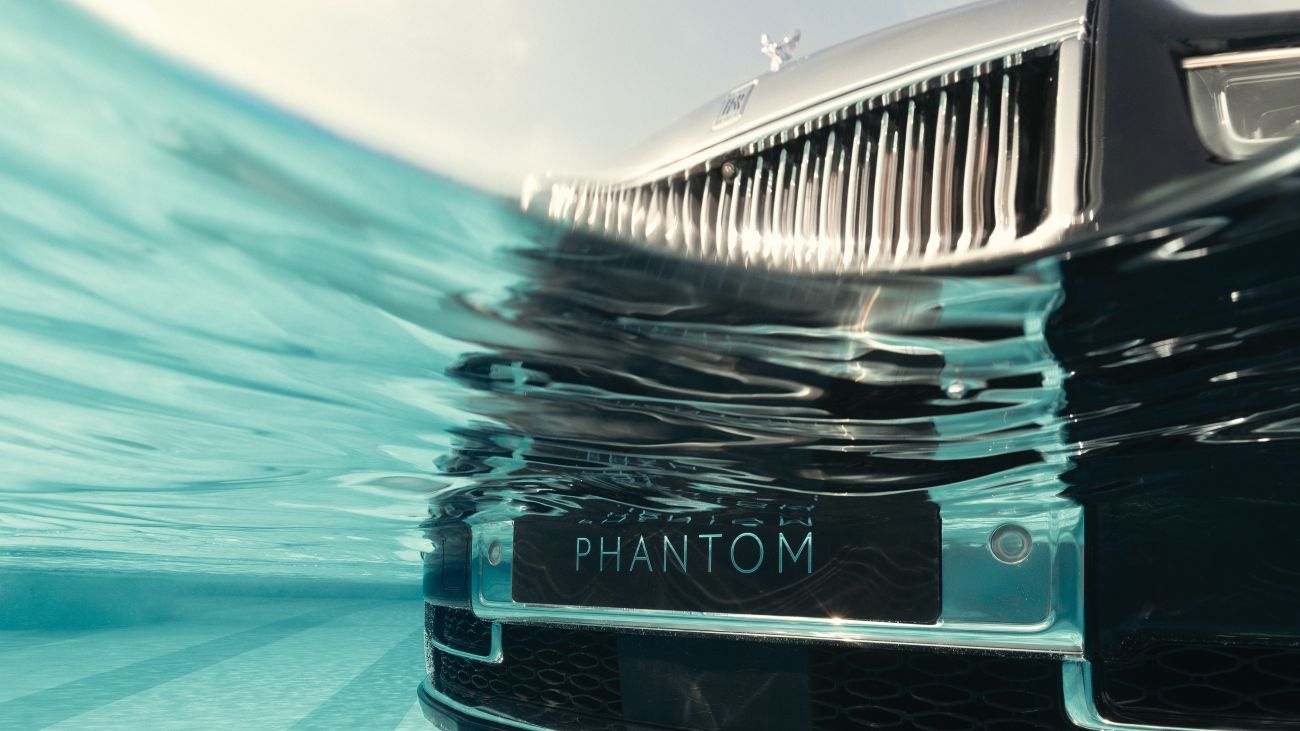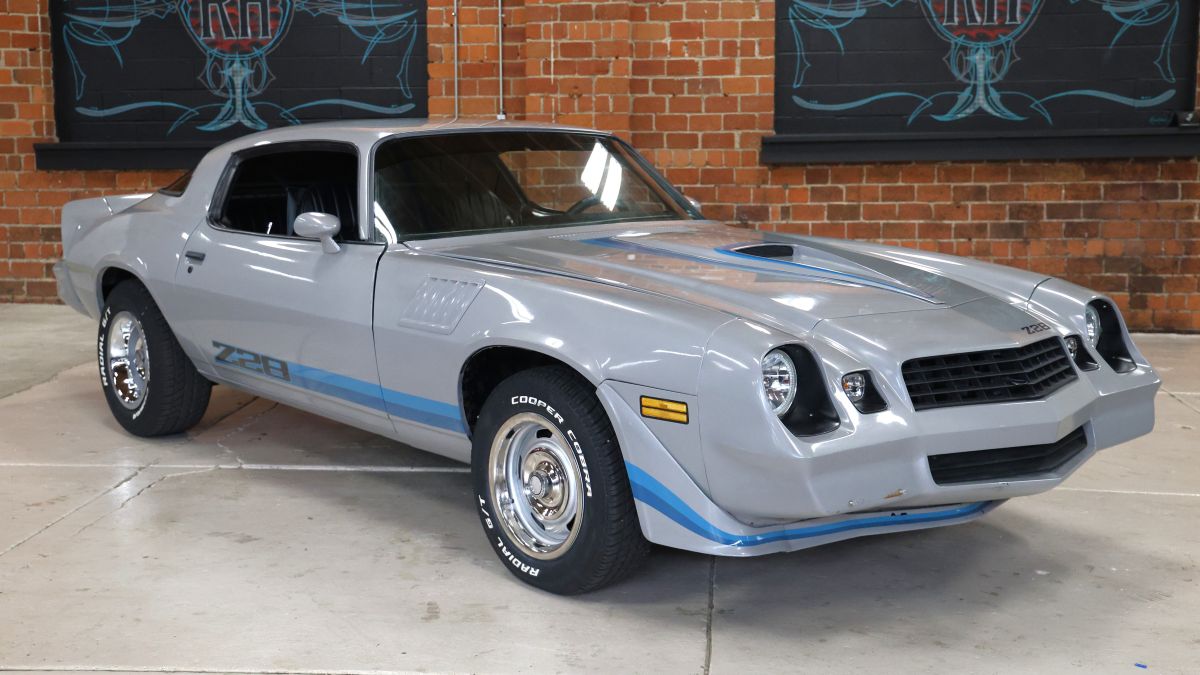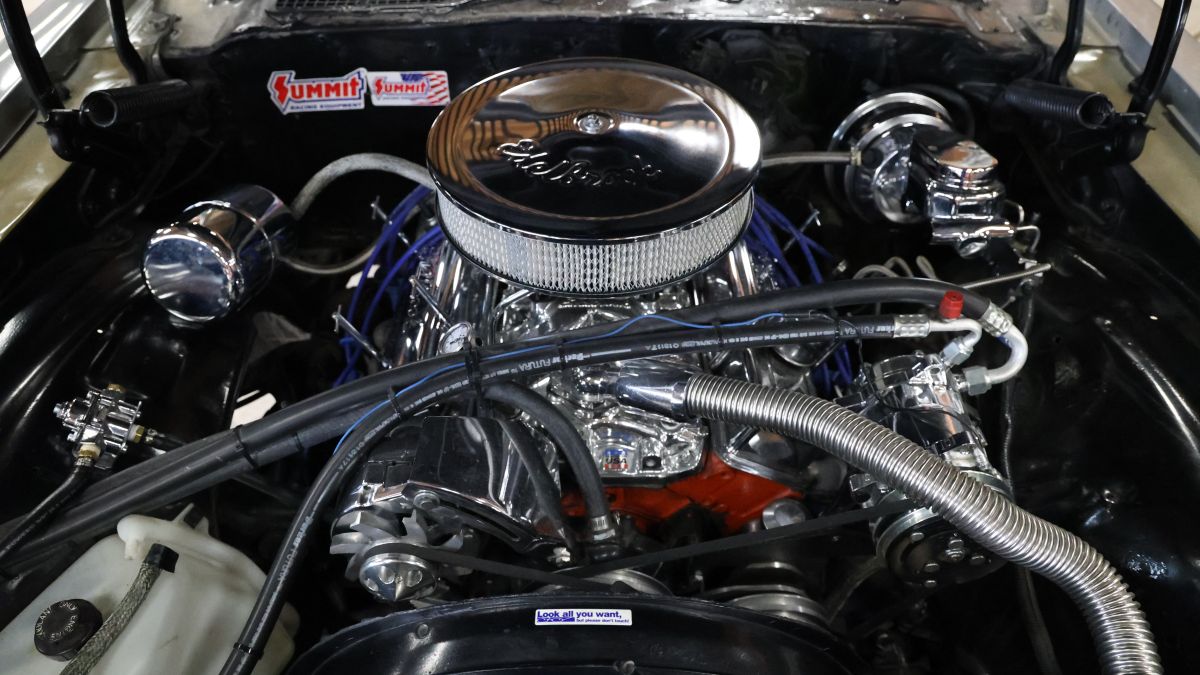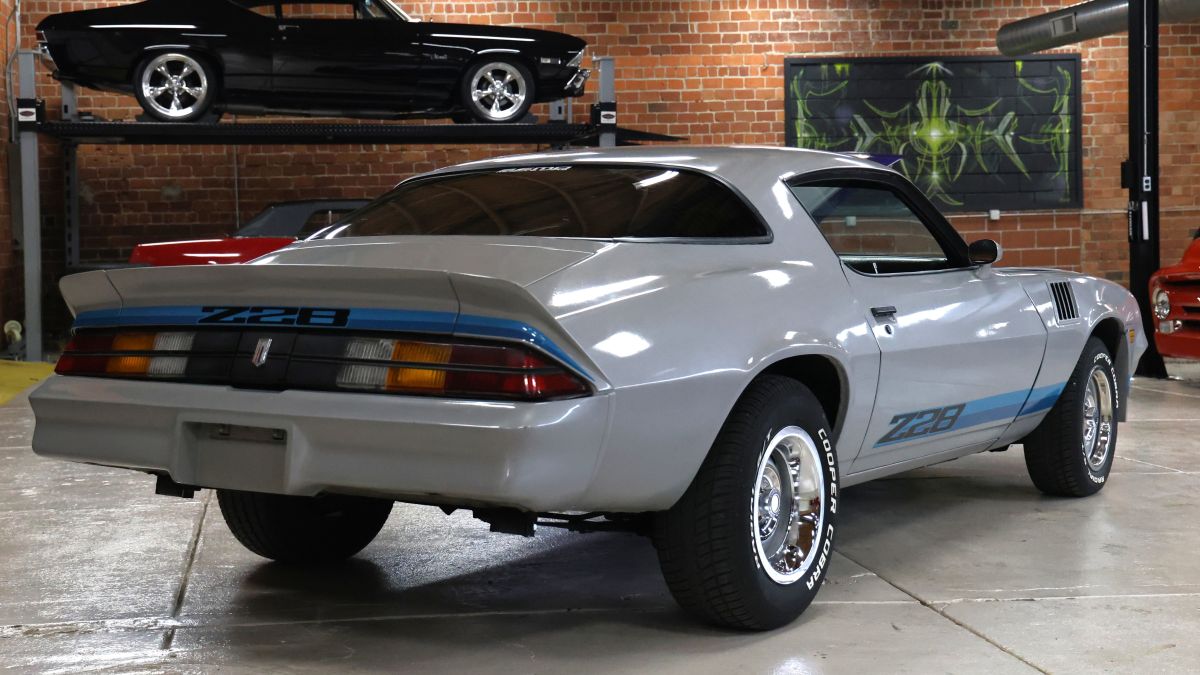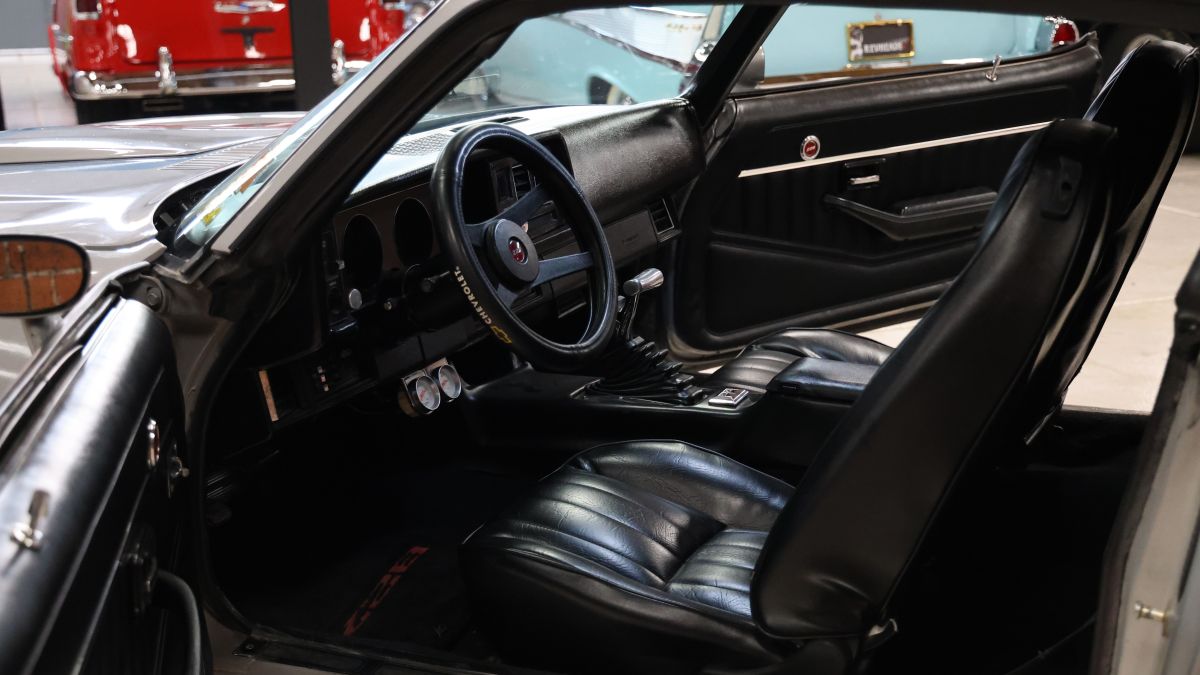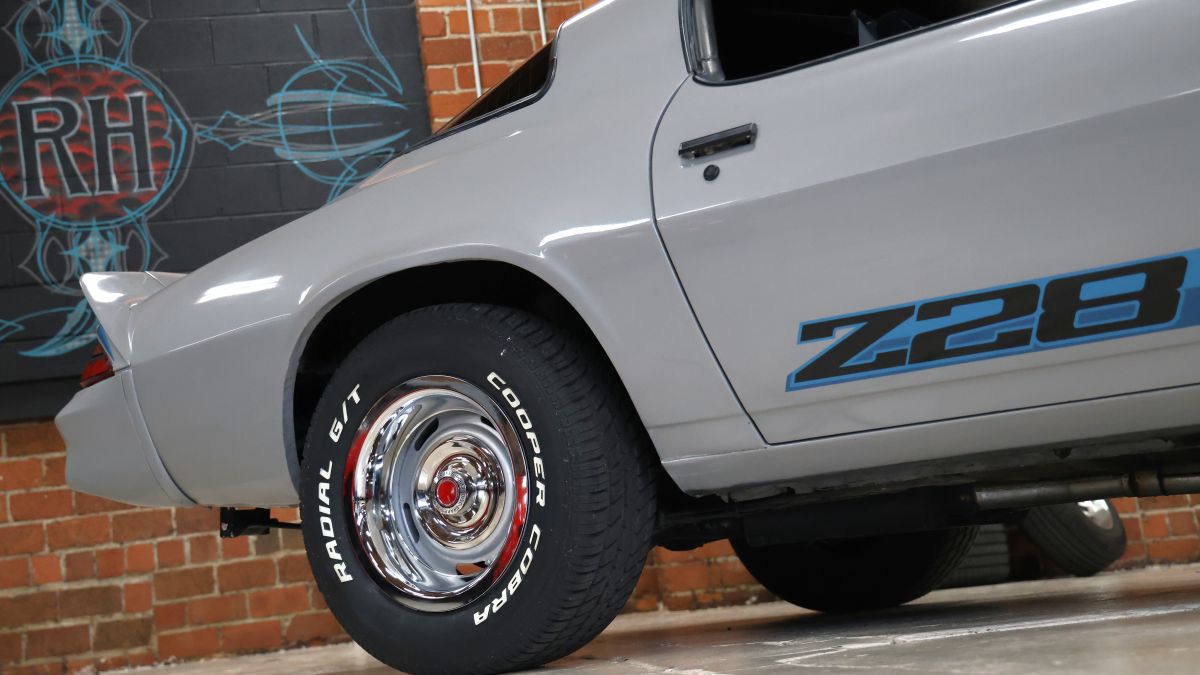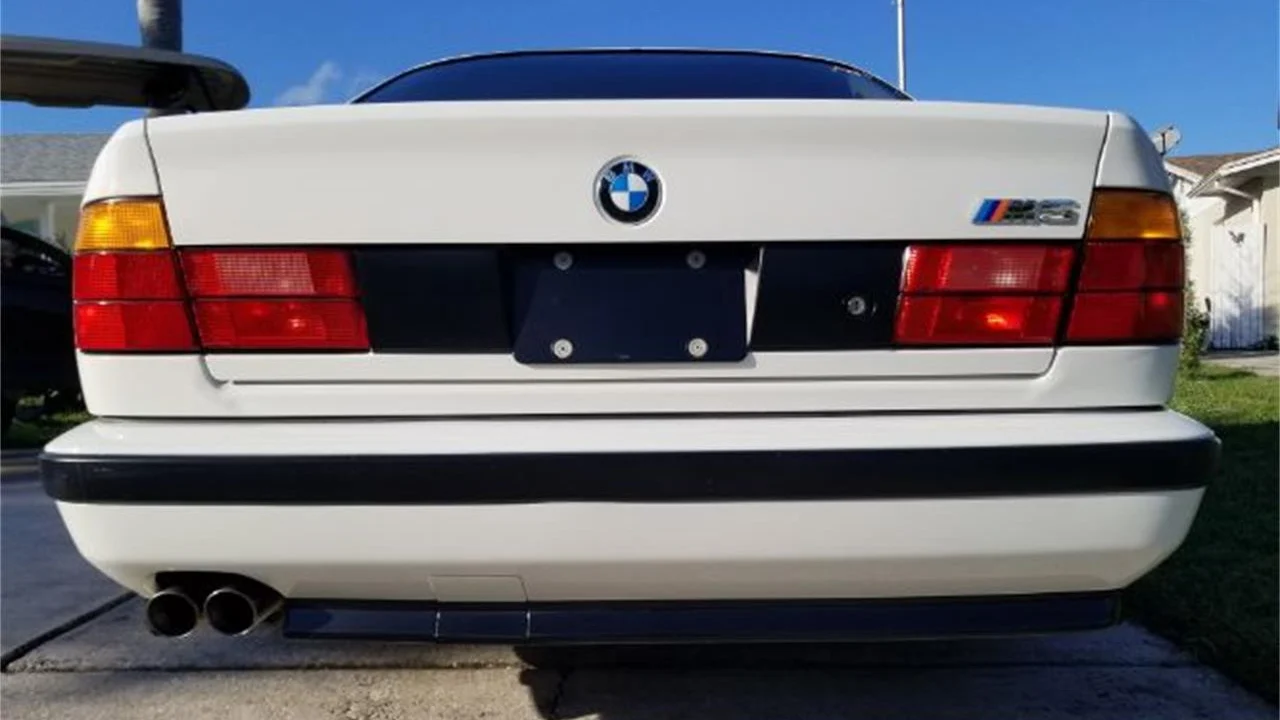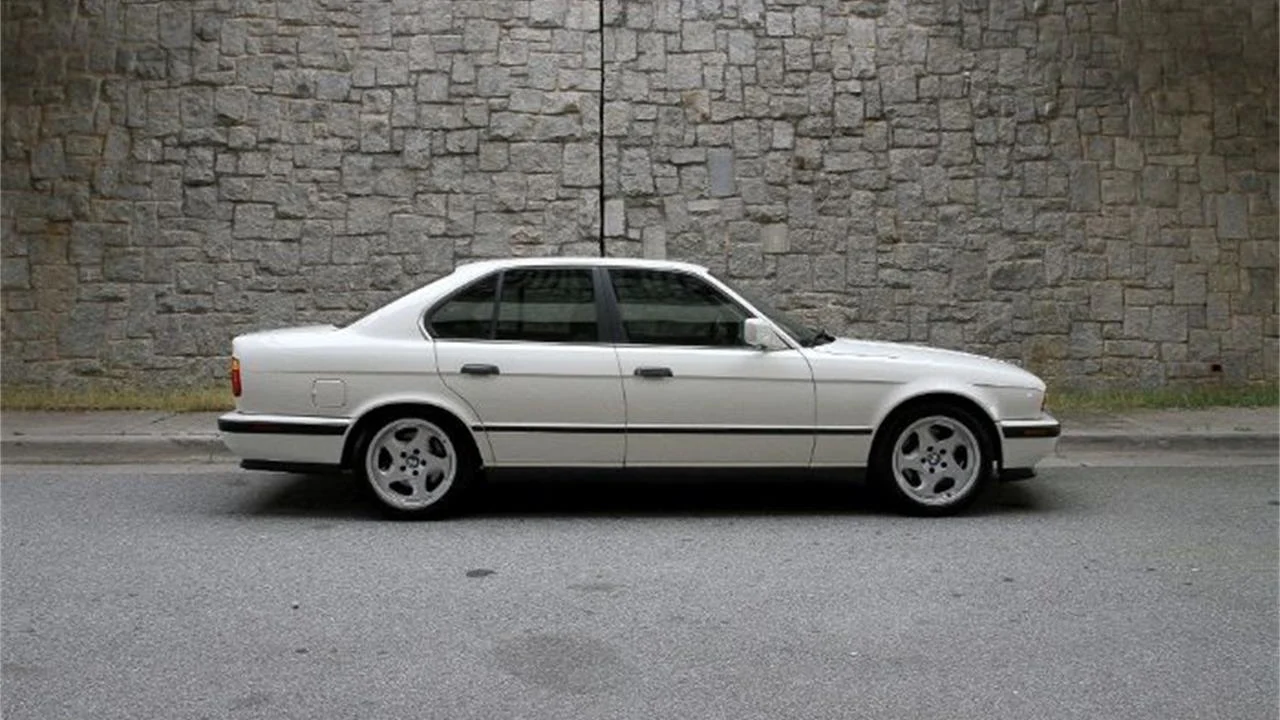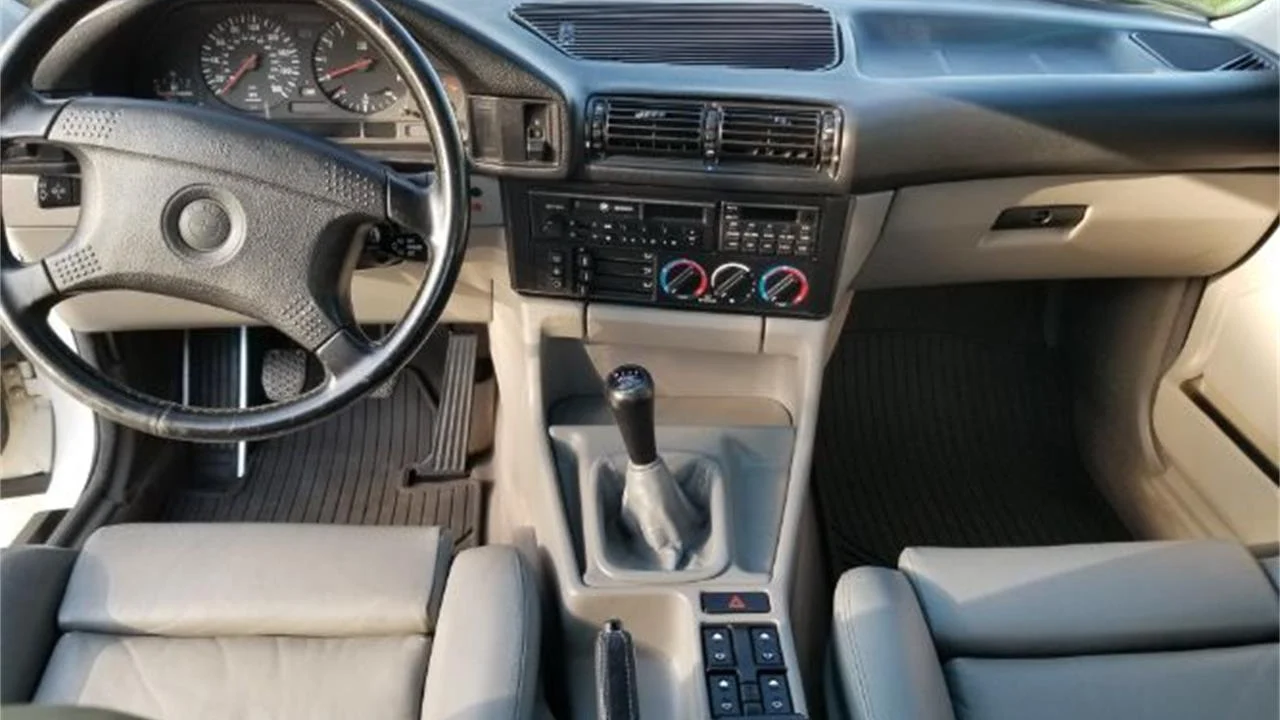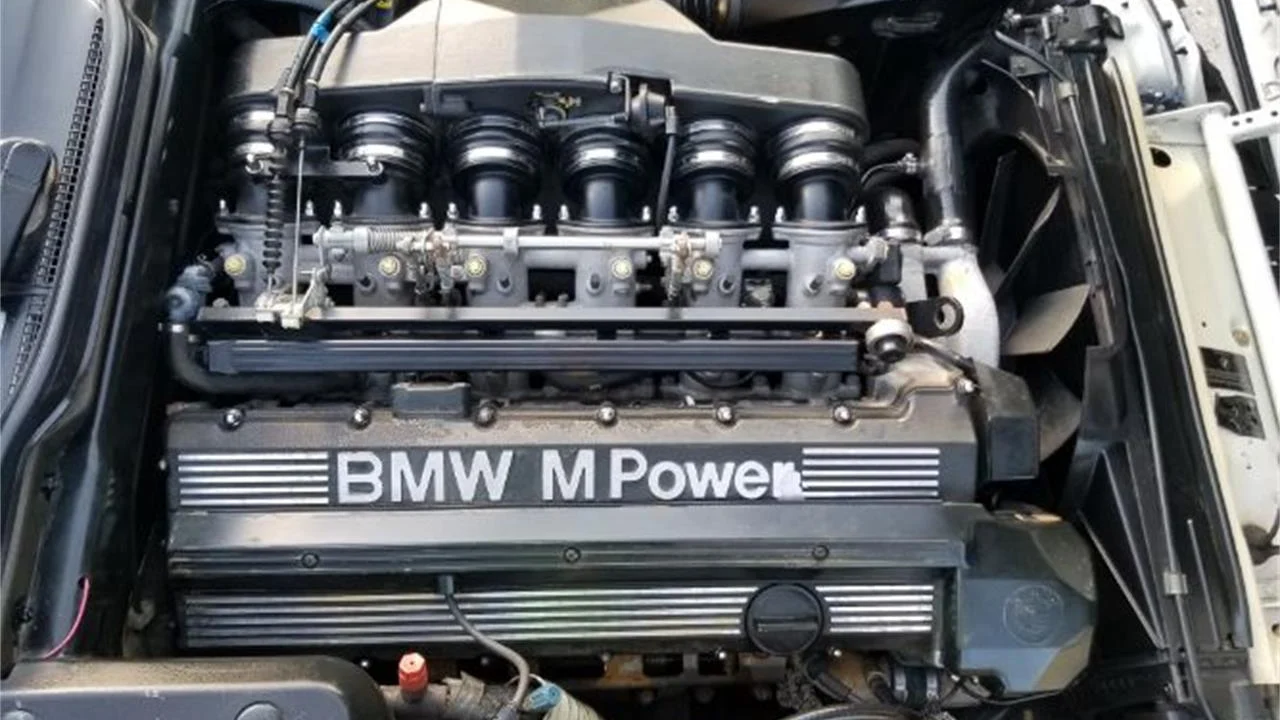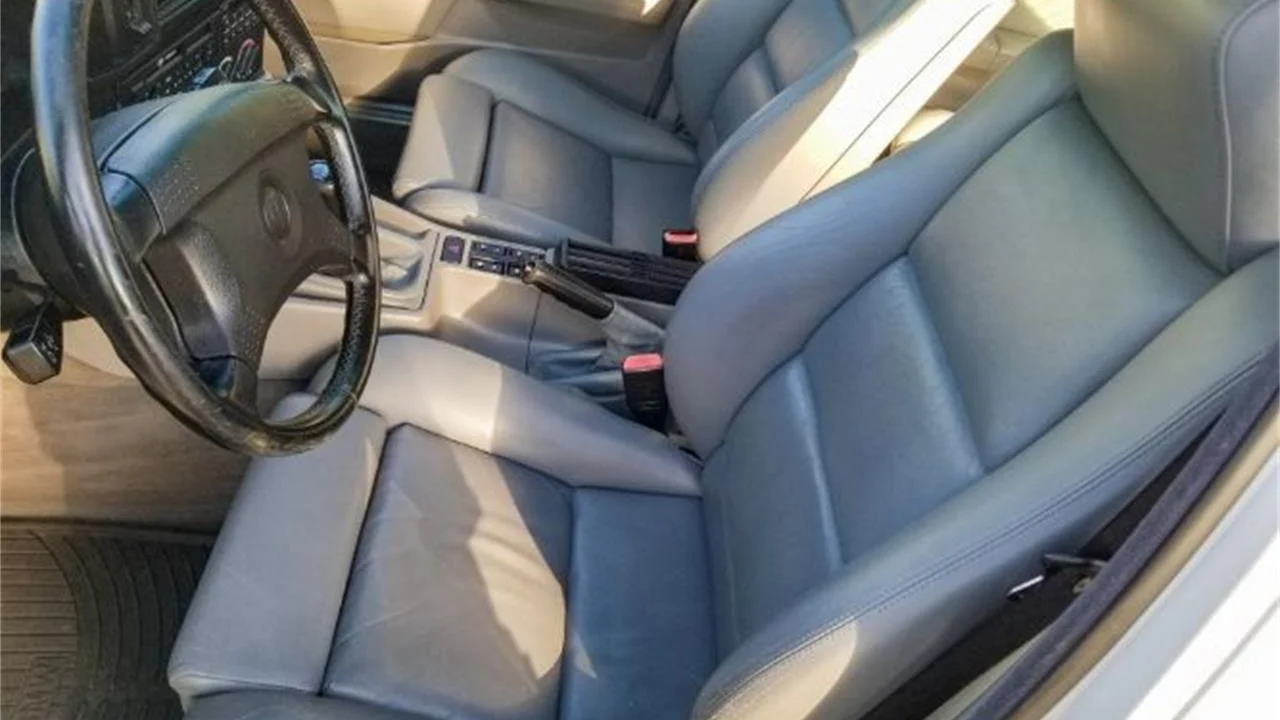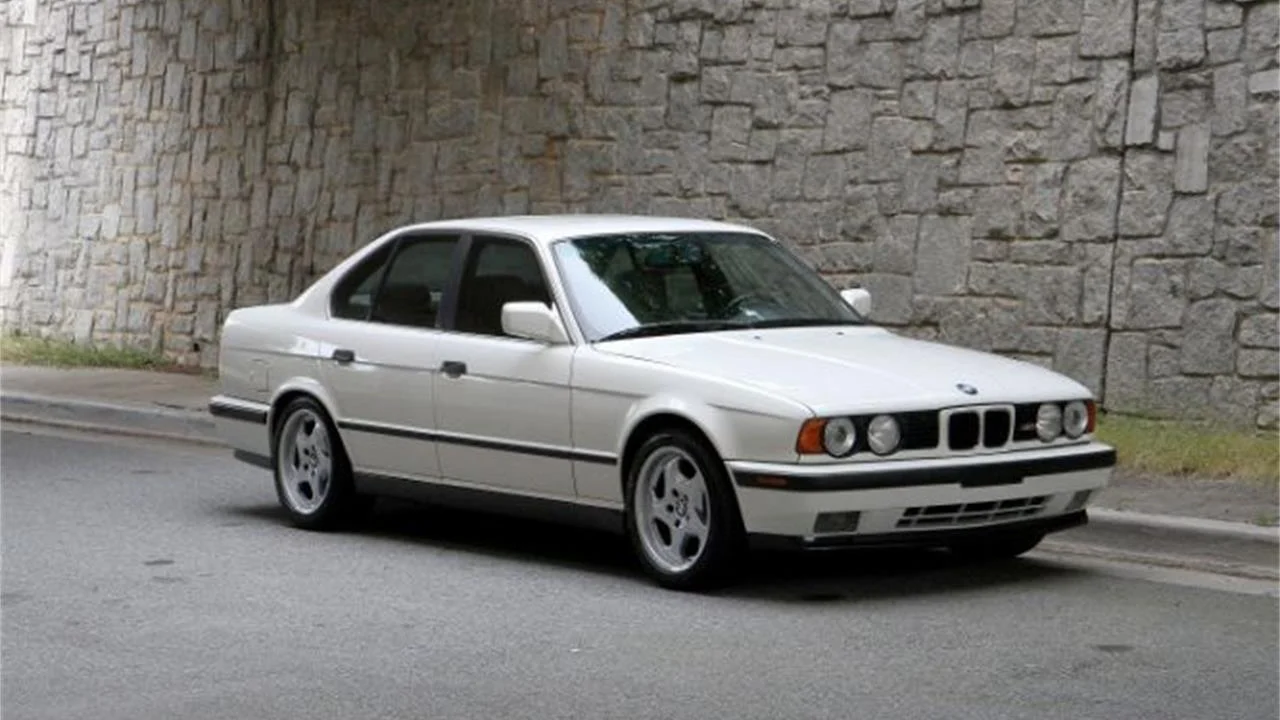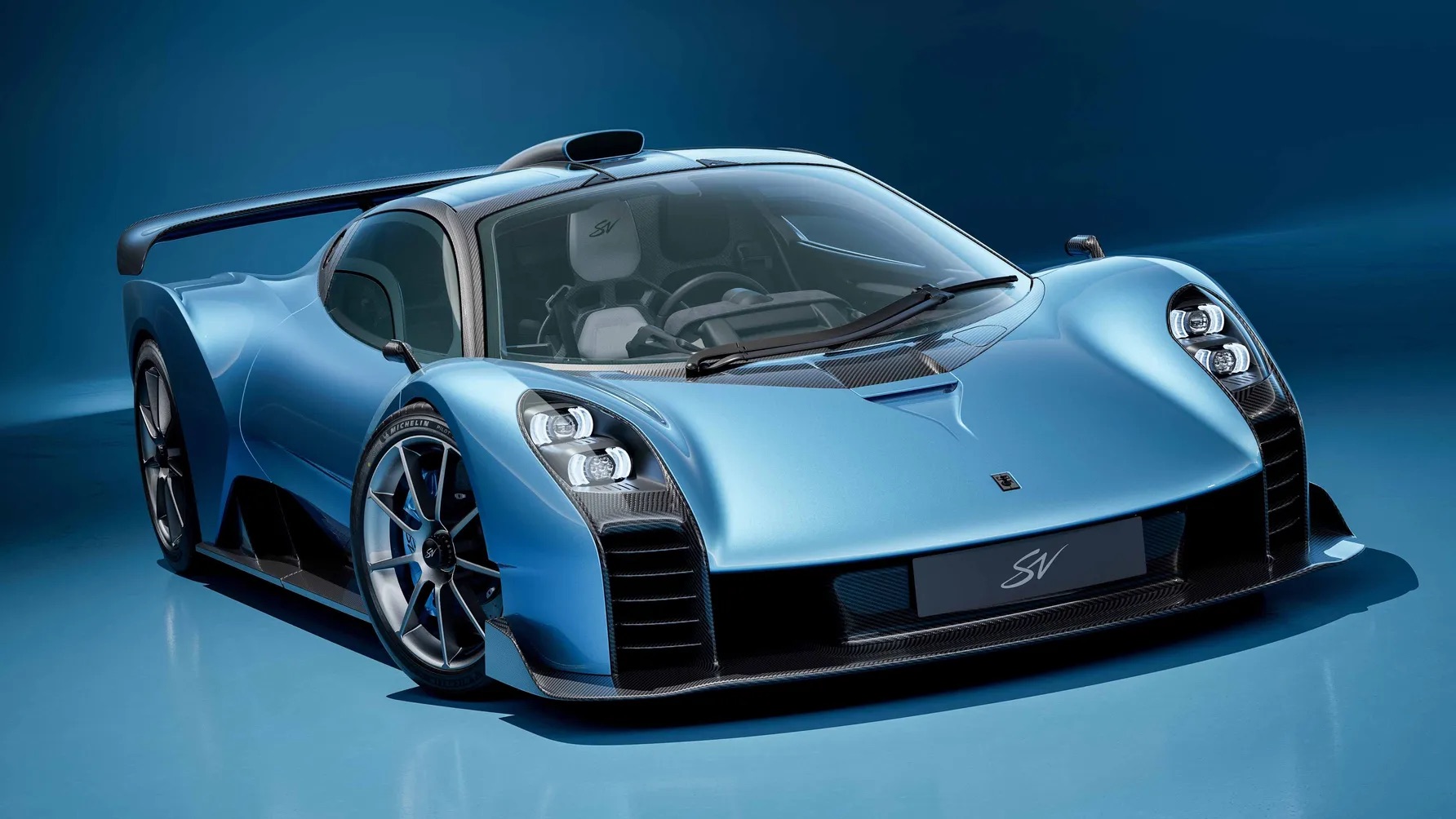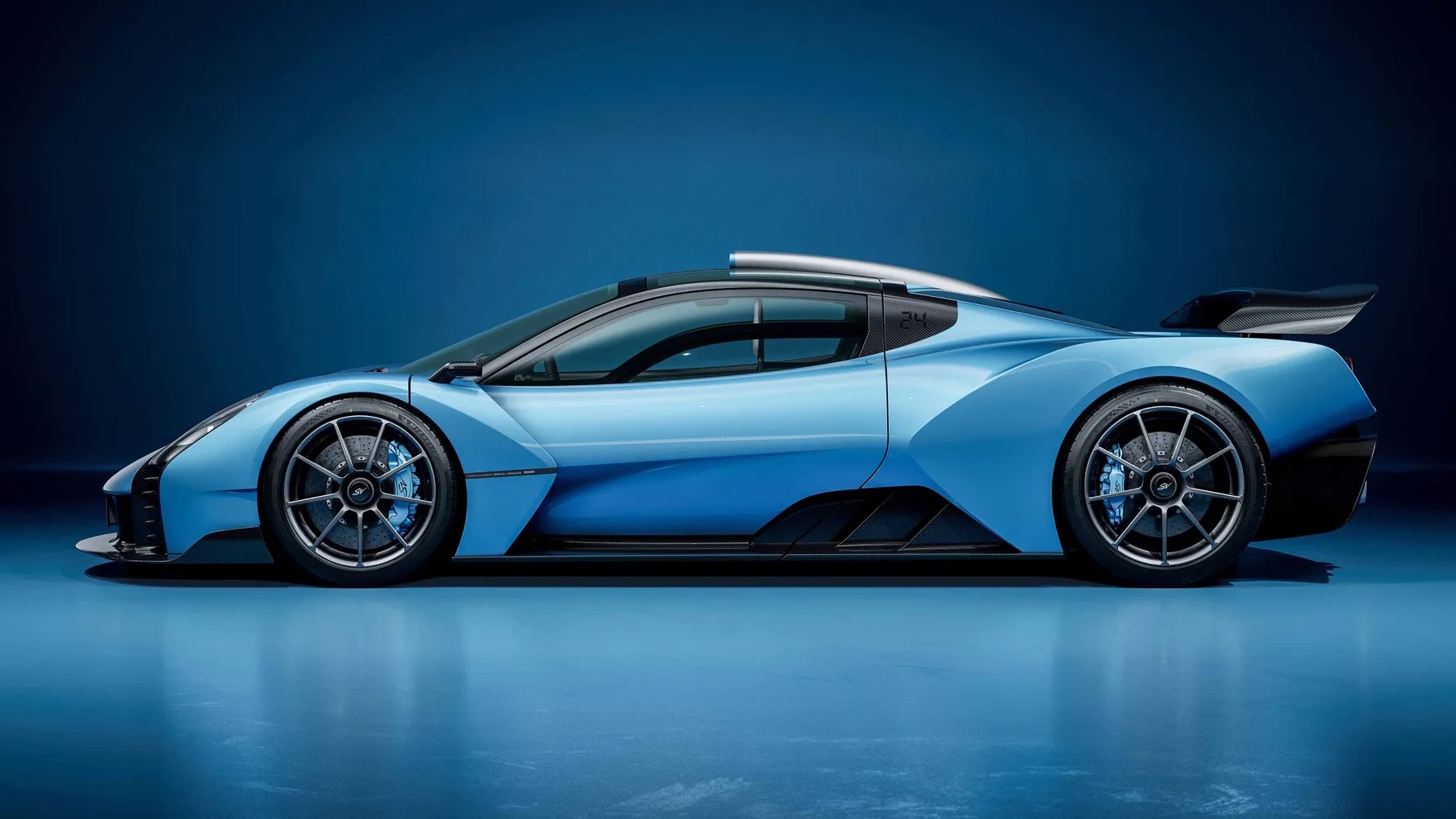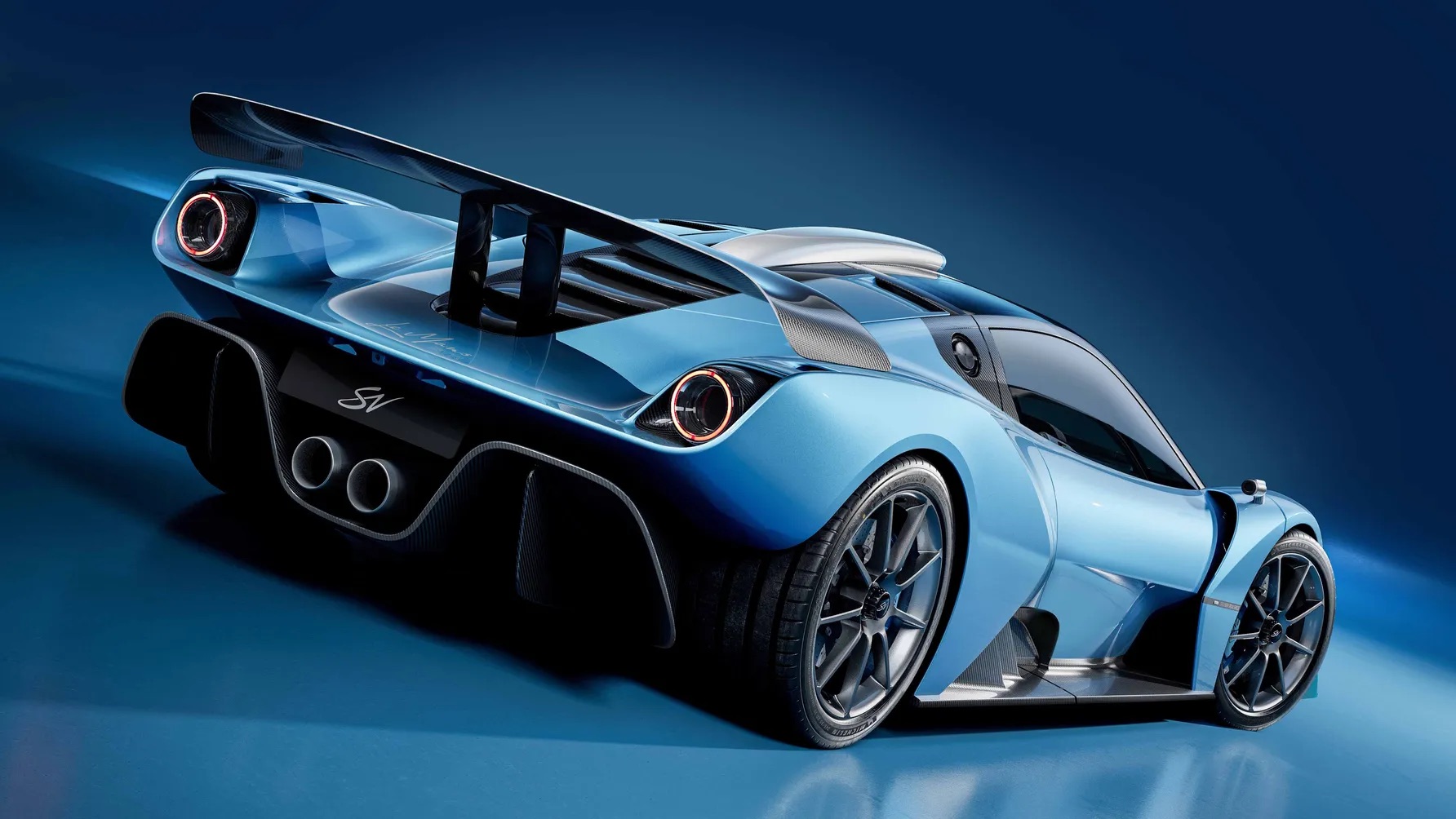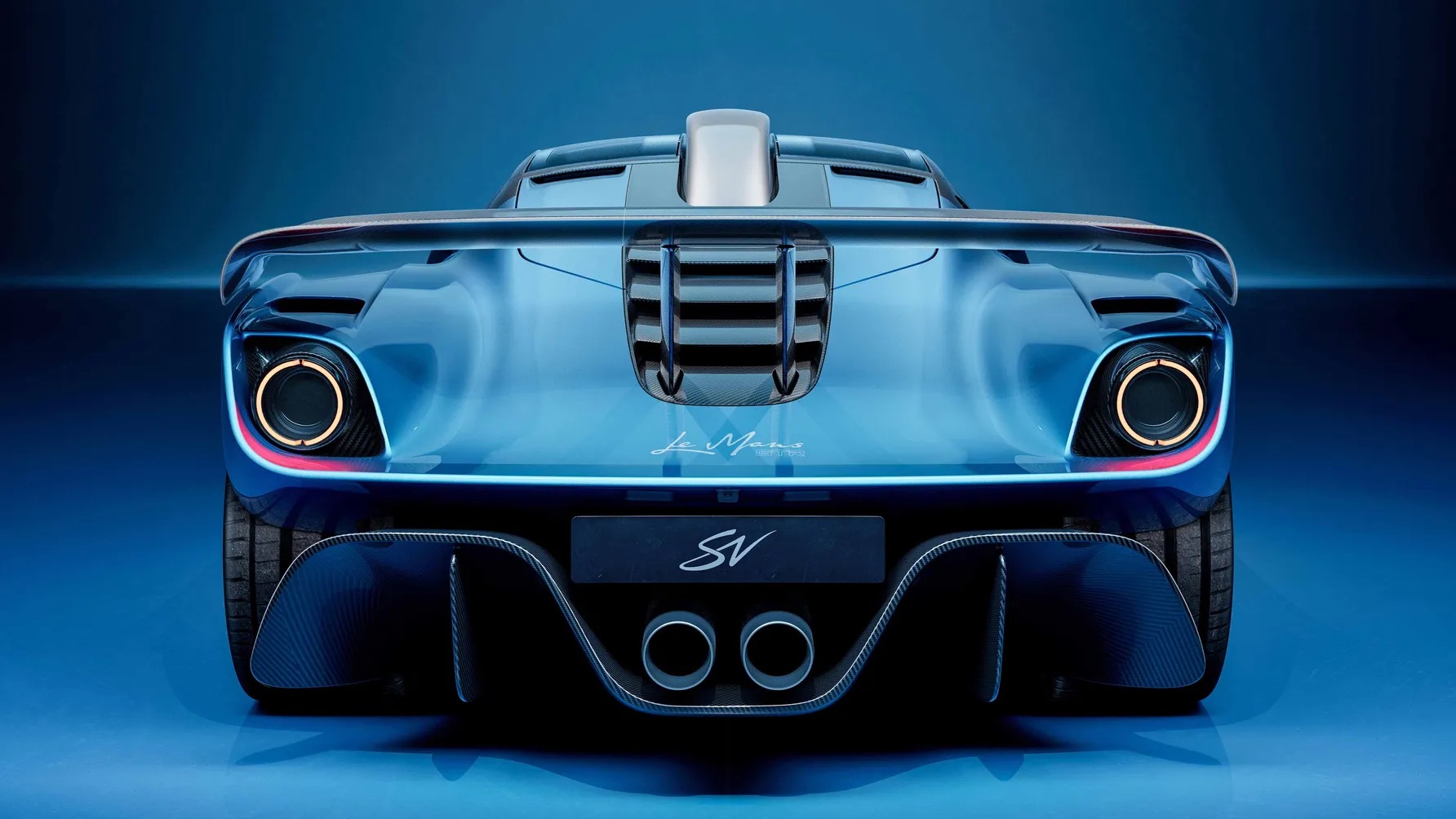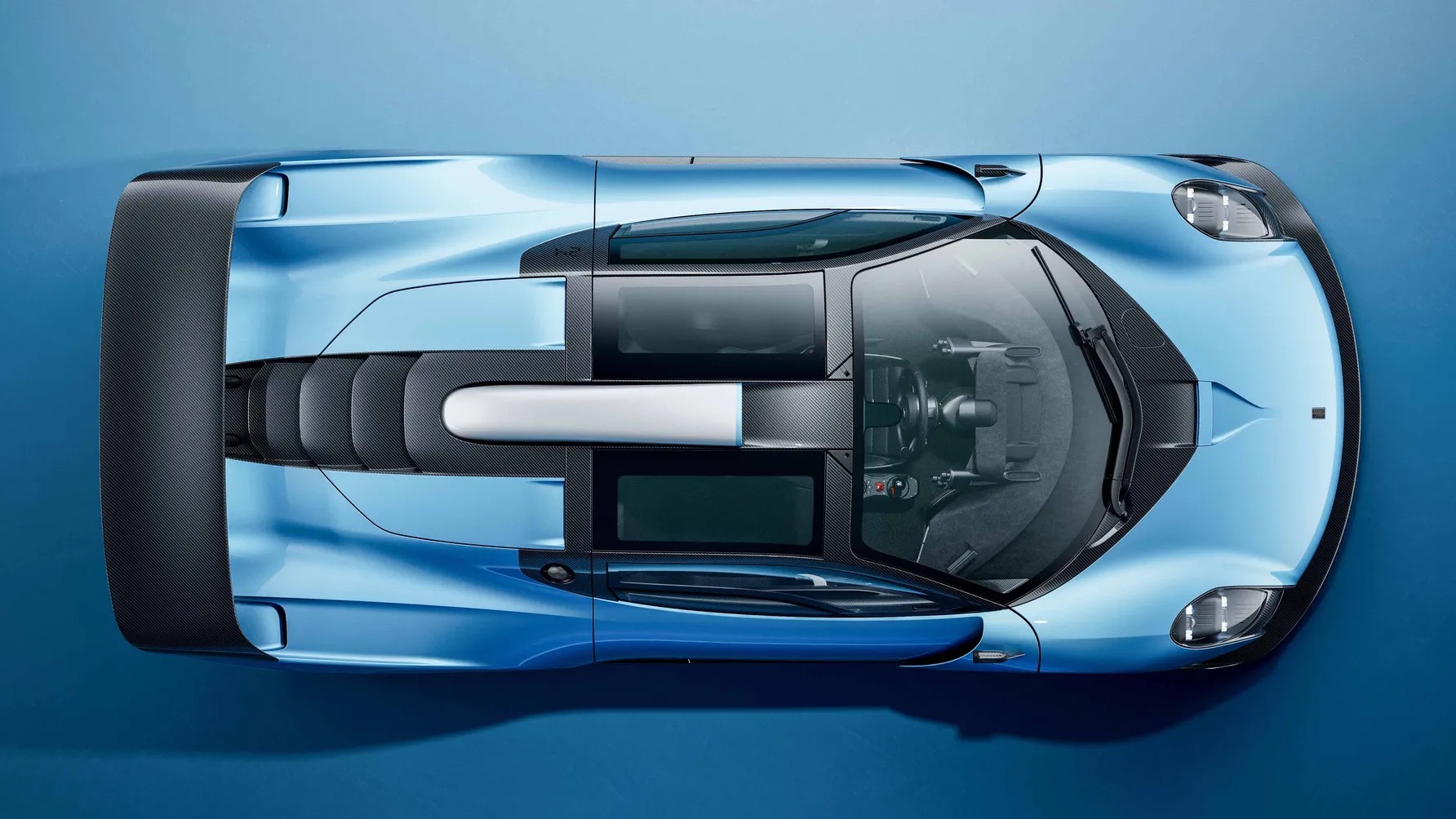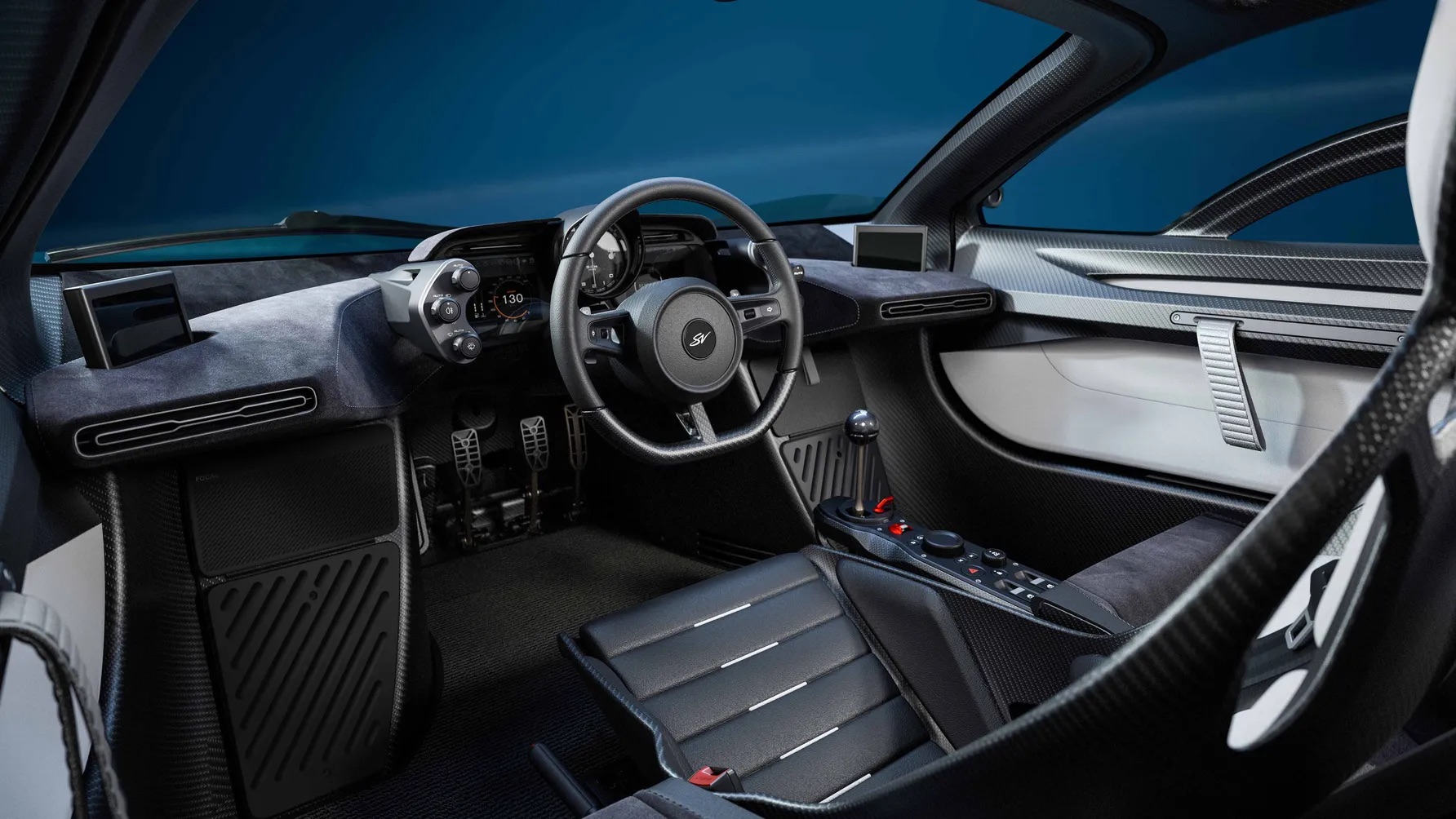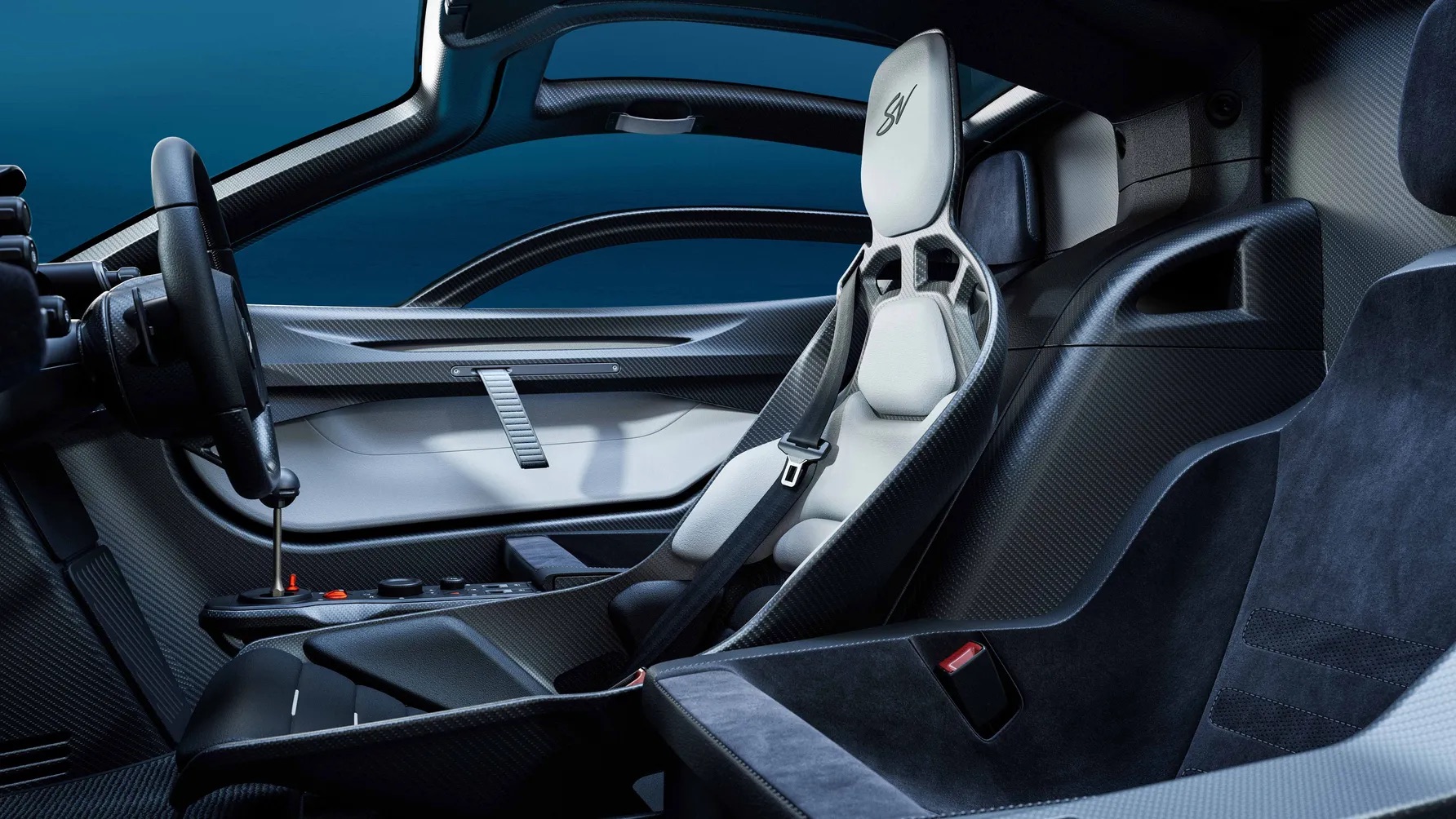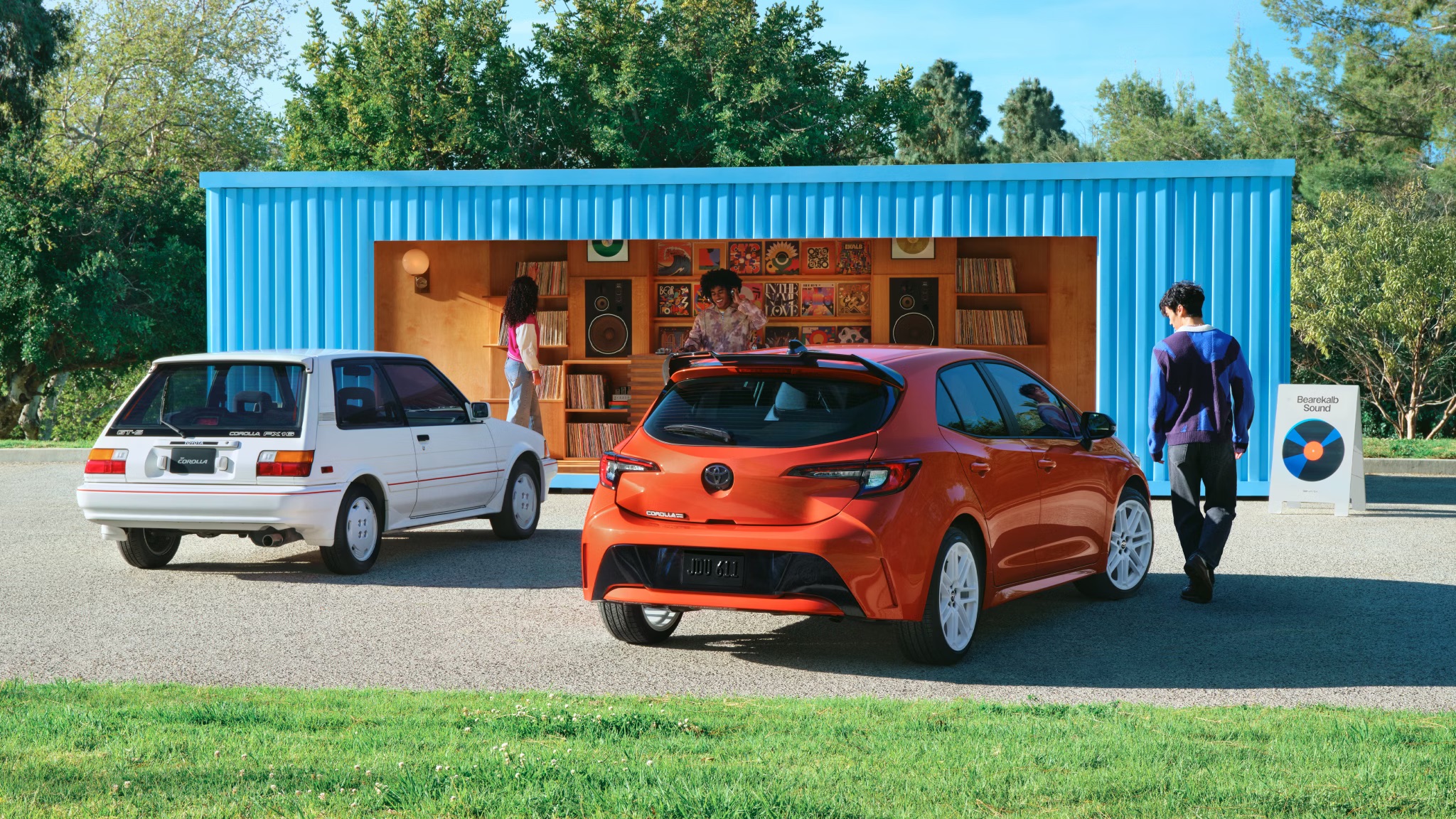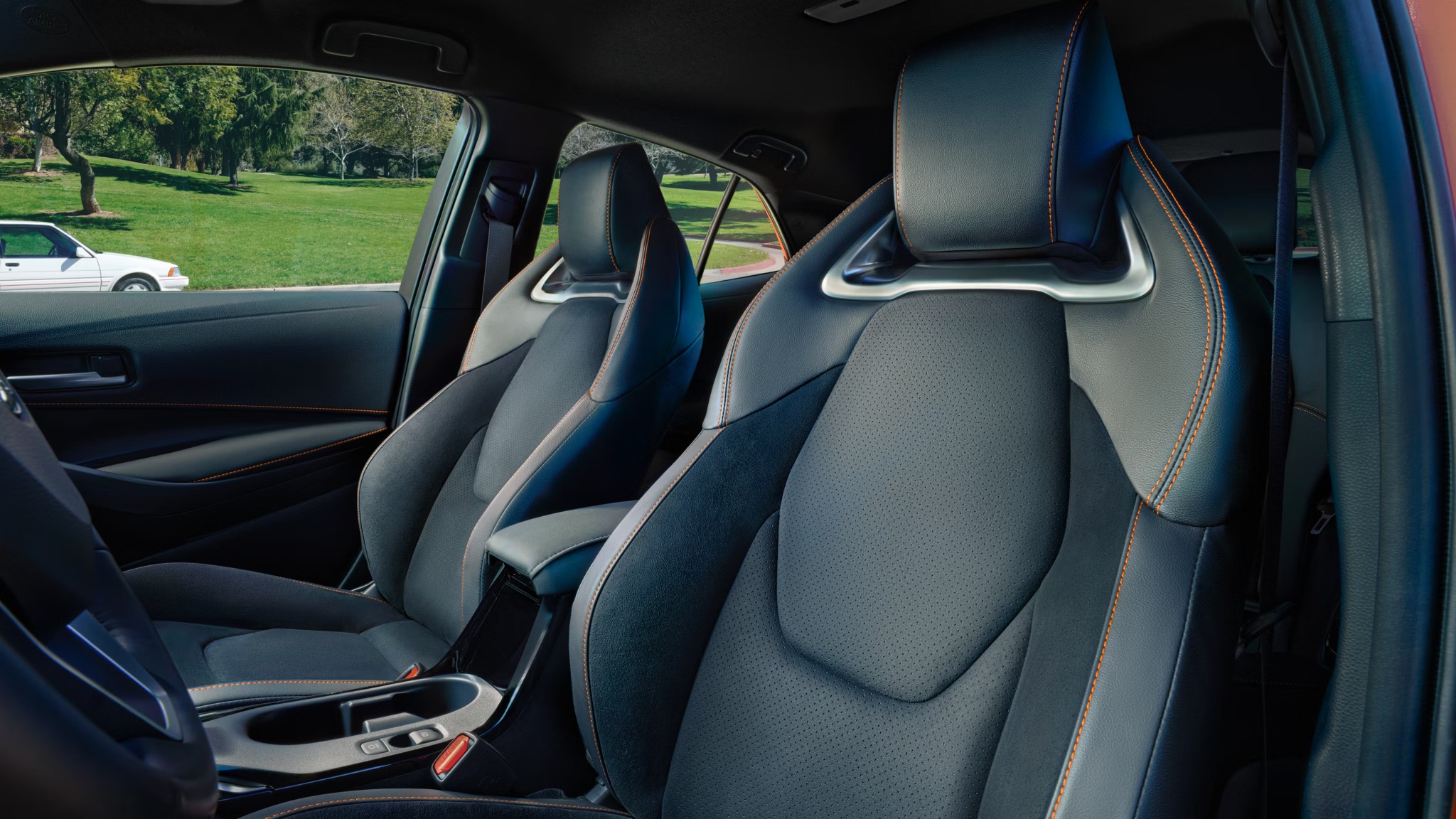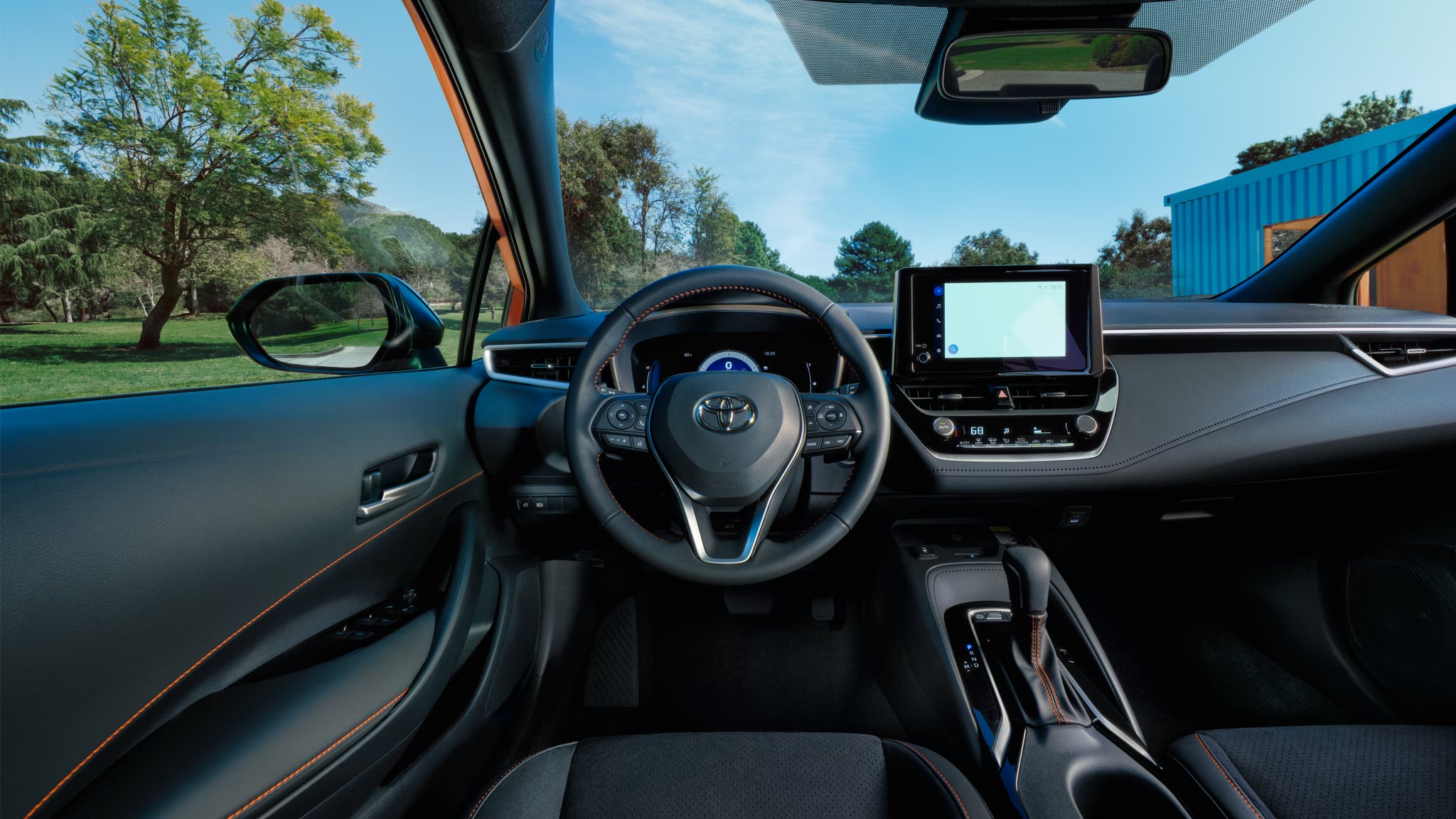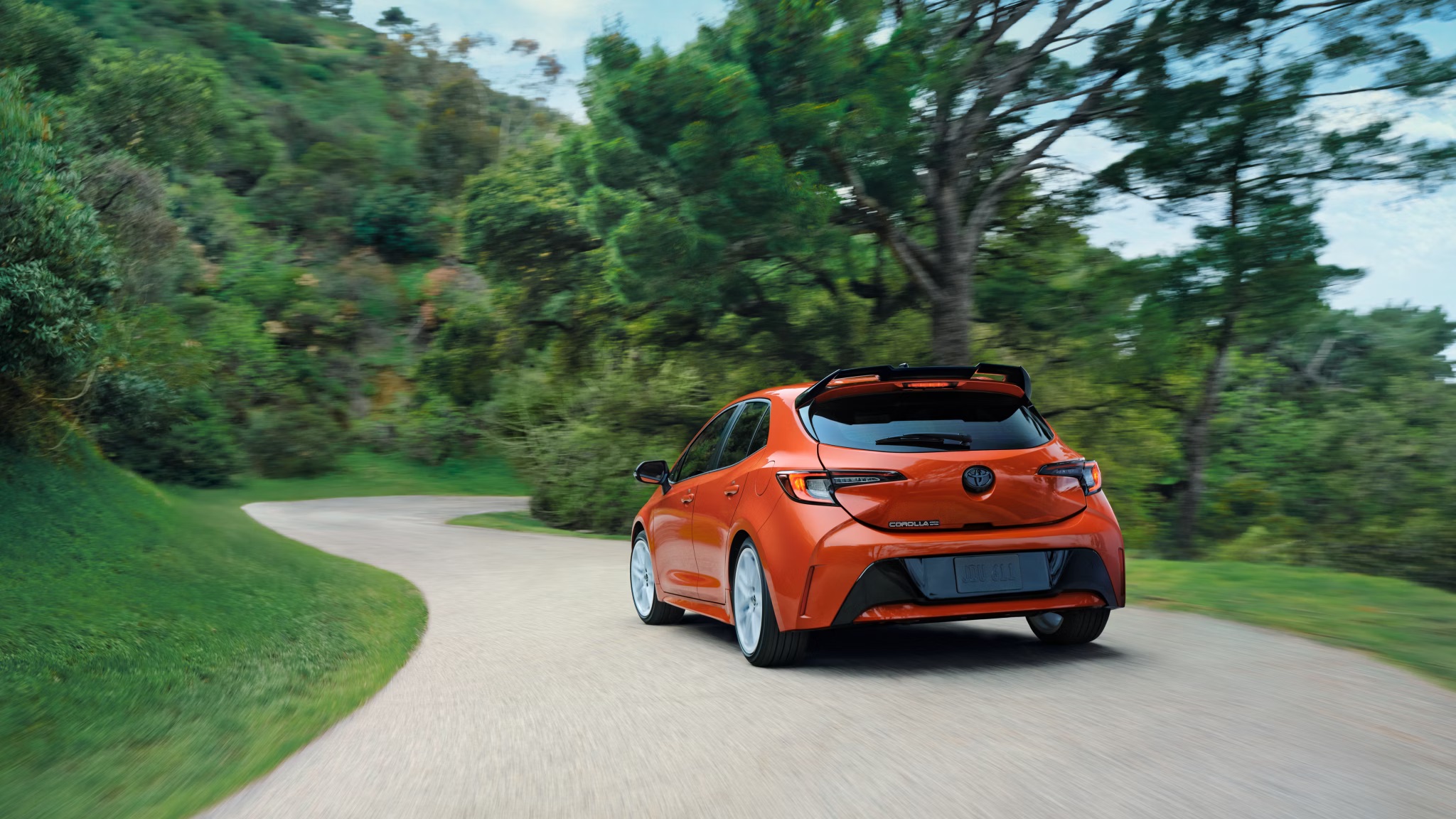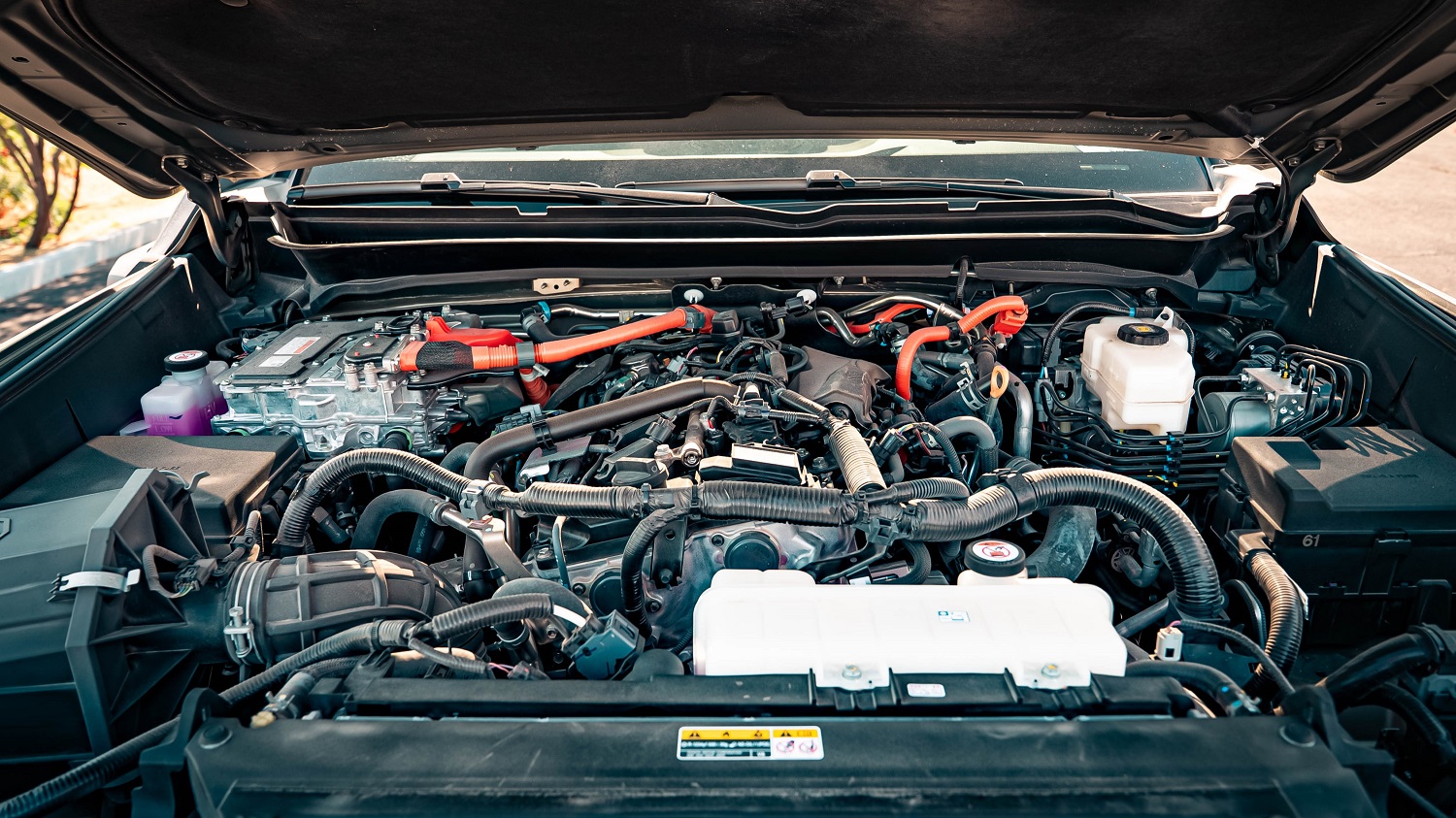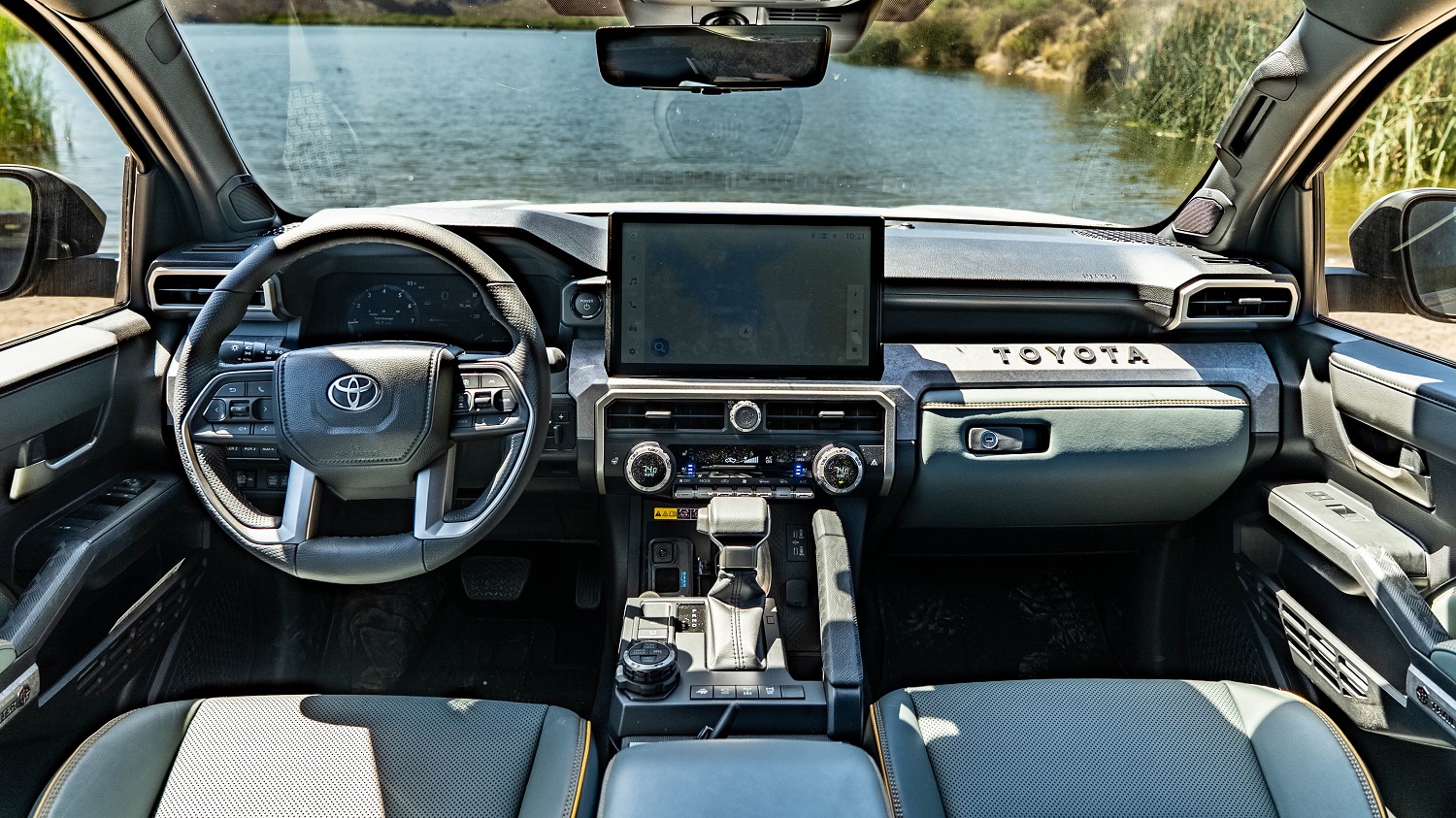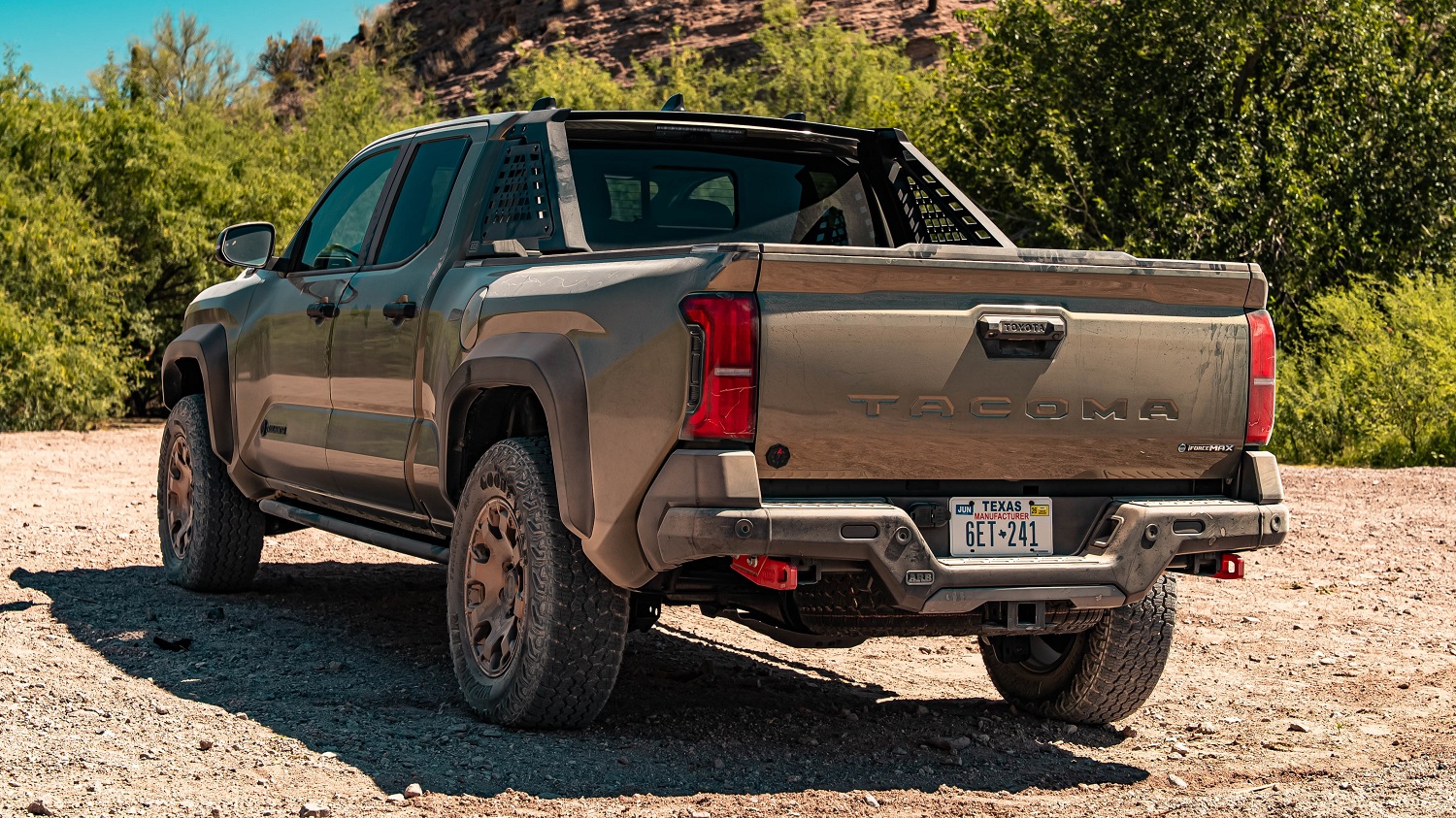You can read Part 1 of this story by clicking here, and Part 2 of this story by clicking here.
Our 1957 Chrysler Super Dart 400 by Ghia hit a few small snags before getting to Pebble Beach, but after replacing the battery that finally arrived and a fuel filler seal, it was loaded up on the Passport Transport trailer and made its way to Monterey.
I arrived in Monterey on Monday, August 11 at around 1:30 p.m. and, after checking into my room, took a quick trip over to the Automobilia Collectors Expo, which is run by my friend Ben Horton of Hortons Books. This is the first year I did not end up with a suitcase full of books due to the show, but it wasn’t for lack of wanting. The Expo is a hidden gem of Monterey Car Week. If you are looking for manuals, vintage brochures, original factory tool kits, or any other car related collectibles, this is the place to find them.
After leaving the Expo, we headed to Tarpy’s Roadhouse for a dinner I hosted with friends. It was a lot of fun to reconnect and get ready for a busy week, getting tips about Pebble from those in attendance.

The next morning was our first opportunity to see our car in Monterey, so I called the driver and then went to the polo field truck parking at Pebble to see if everything looked okay. He opened the gate, and we took a look at things. All seemed in order, so we thanked him for opening the truck up and told him we would be back Thursday morning at around 6 to get ready for the tour. After that we headed over to the Broad Arrow Auction at the Monterey Jet Center for an advanced preview. My favorite at this sale was the 1971 Porsche 914 in Willow Green – a 100% original 31,000-mile car. In fact, I liked it so much that I bought it for the Maine Classic Car Museum on Thursday afternoon. The day ended with dinner and back to the hotel for sleep.
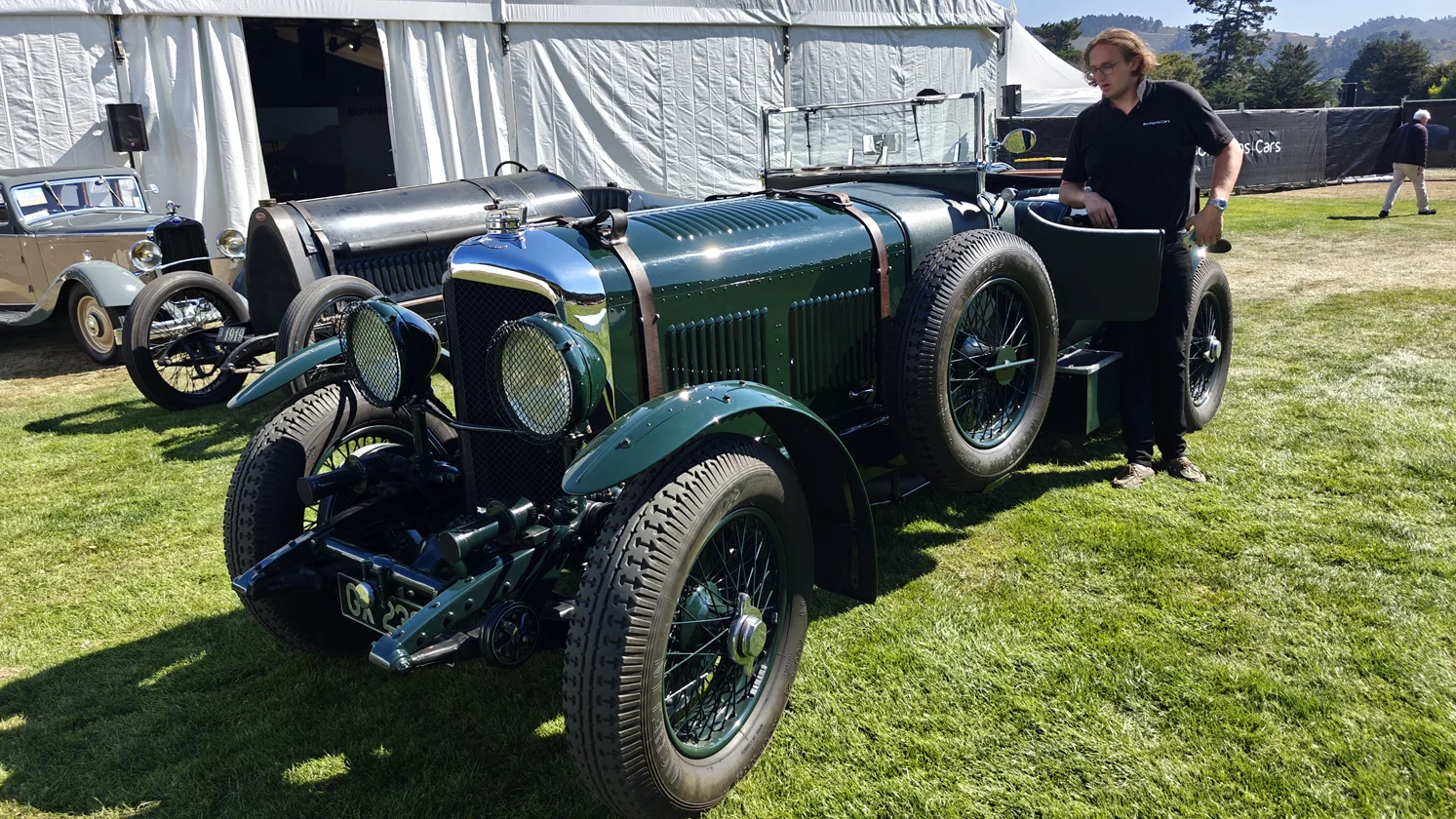
The next day started early, with me up at 6:30 to get ready for back-to-back auction tours. I had breakfast with my friend Nick and the rest of the Bonhams staff at the Wagon Wheel and then headed to the auction site to plan my tour route.
In the midst of planning, my friend Ian, a specialist at Bonhams, asked if I was free for a few minutes. He did this from the seat of a Bentley 8-liter, so naturally I said yes and hopped in. We took a fast and fun ride and it was one of my favorite experiences from the entire weekend. If you ever get the chance to ride in or drive a W.O. Bentley, I insist that you do – there is not a more exciting prewar car in the world to be in at speed.
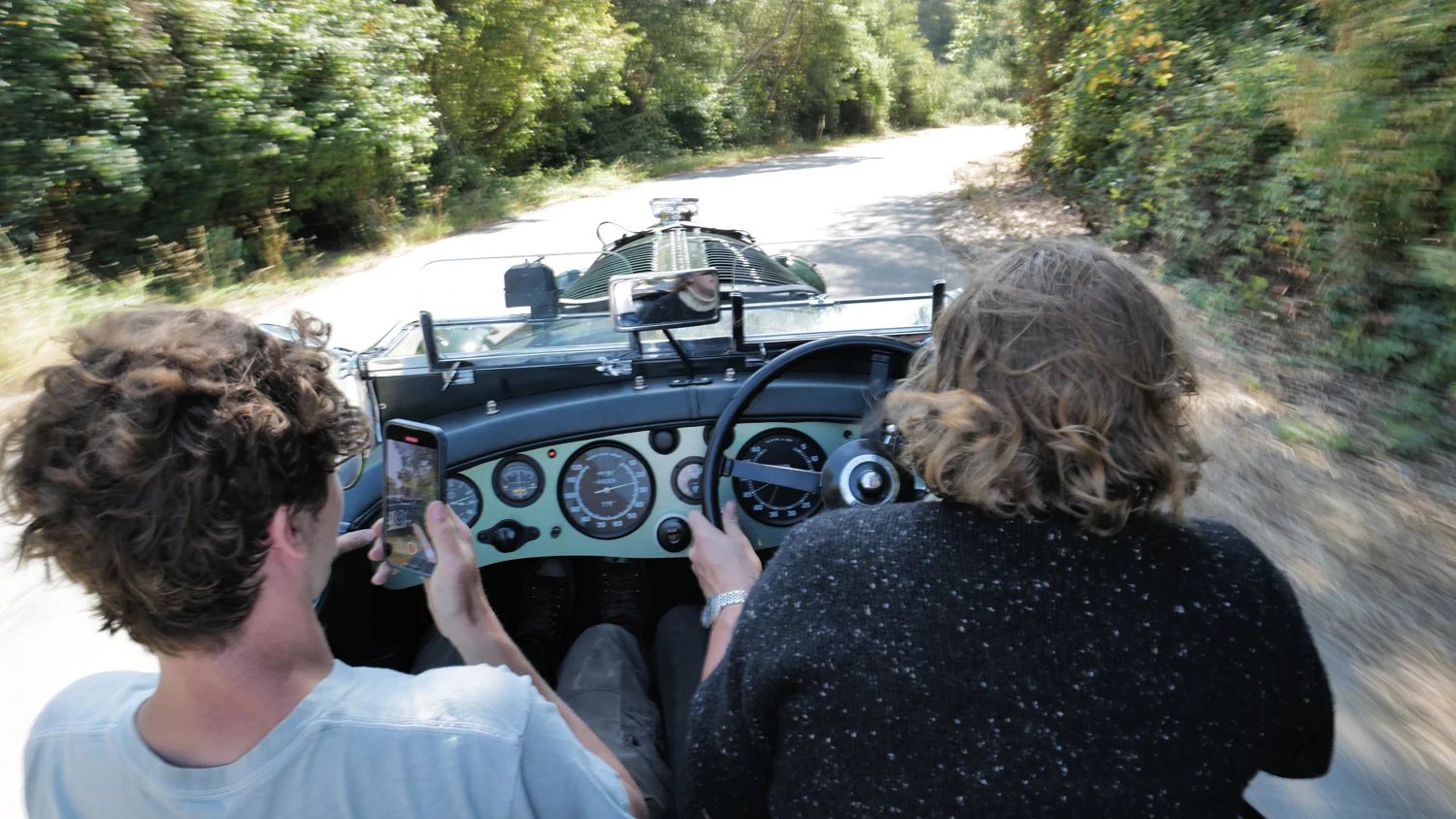
The Bonhams tour went off without a hitch at 10 a.m. sharp, with about 60 auction tourists in attendance. All seemed to have fun on the two-hour tour of the cars at the sale. My favorite was the 1986 Group A Season championship-winning 1984 Nissan Skyline RS “Type DR30” Turbo Touring Car. This car is the stuff of legend in Japan and among U.S.-based Japanese racing fans, and at no reserve seemed like a bargain. In fact, it was a serious bargain, as it sold for only $52,640.
I next headed to RM Sotheby’s. The tour was packed, with more than 60 people in attendance. The highlight for me at this sale was the 1968 Alfa Romeo T33/2 “Daytona.” This stunning piece of rolling racing sculpture was at the other end of the price spectrum, with an estimate of more than $1 million.
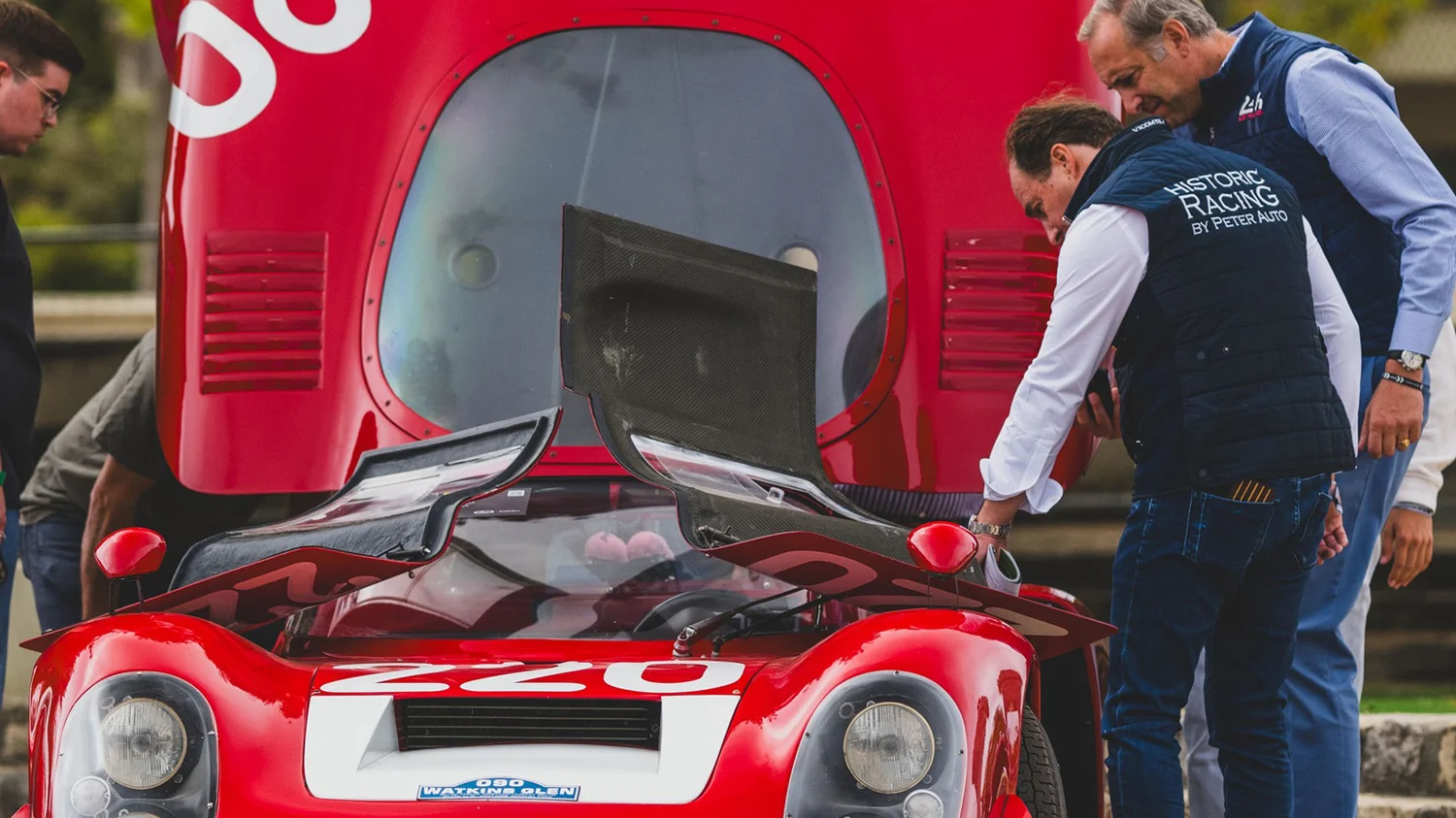
After my tour was finished I was catching up with some friends at RM and my phone rang. It was my driver. He let me know that all was good, except the Super Dart’s battery was dead. It was 4:15 p.m. and I was a bit stressed. I said I would be there in an hour with another battery – but then started to worry how I was going to procure a battery and then get to the polo field in an hour. After calling some auto parts stores in Seaside, I remembered my friend Joe Beal’s shop Classic Coachwork was two blocks away. I called Joe and asked if he might have a vintage-style Type 24 battery. He did. We ran over there, got the battery, put it in the trunk of my BMW 760i press car, and made our way quickly to the polo field truck lot. The battery was installed, and the car started and ran fine. I had my driver Andy reload the car and then headed back to the hotel due to the early start time of the next day’s tour.
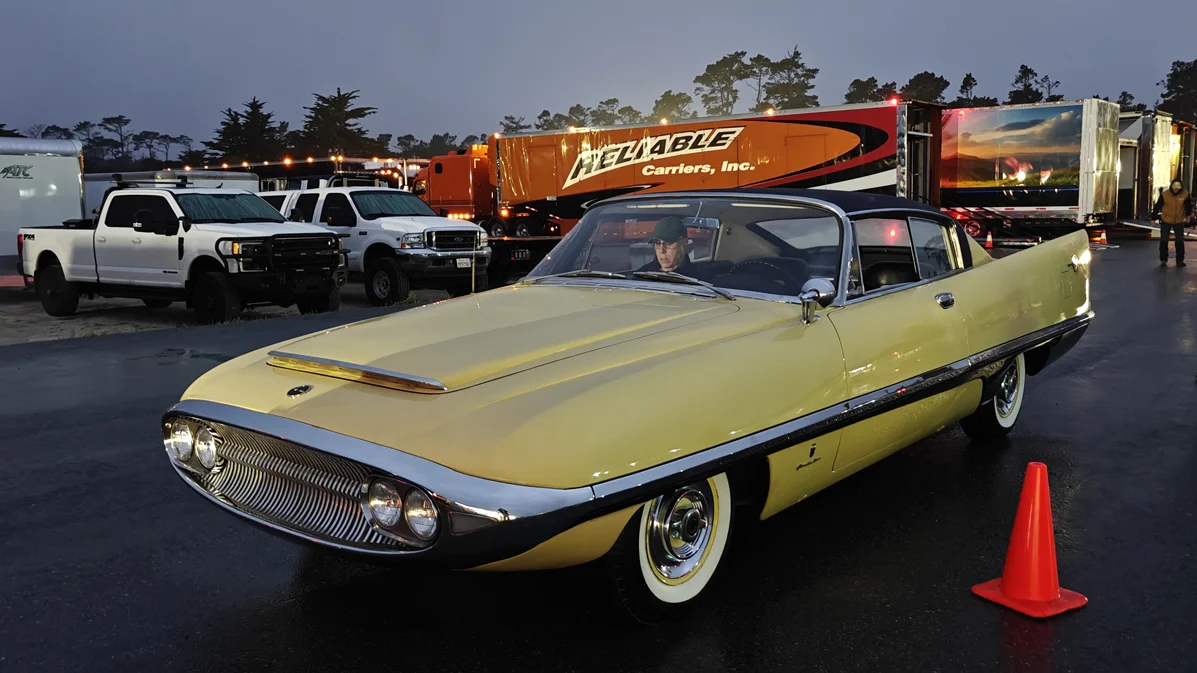
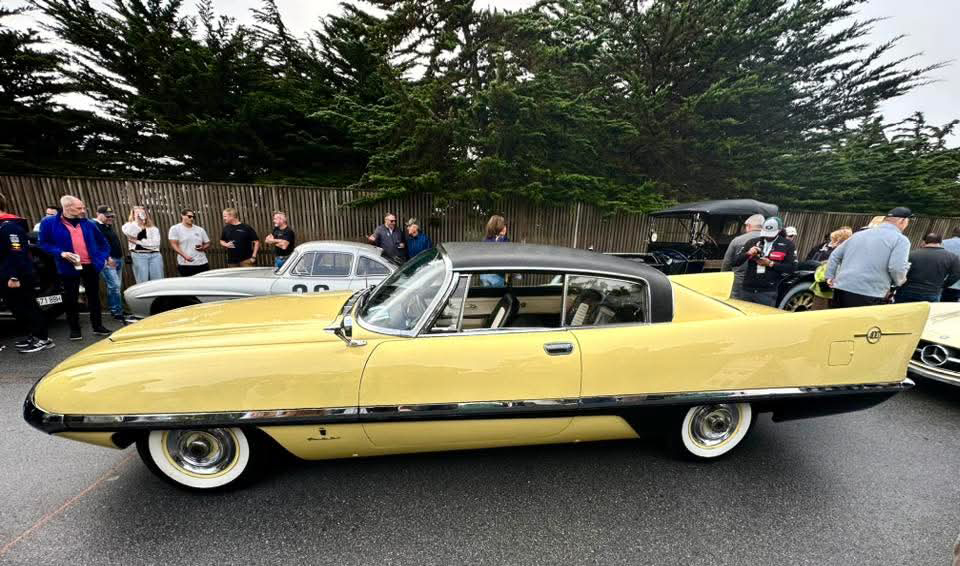
The following morning, we got to the car at around 5:30 a.m. It was already out of the trailer, with the new battery installed and lined up at the gate for the tour. We were released at about 6 a.m. and lined up with the rest of the cars.
The morning before the tour start, I ran into what seemed like every one of my friends in the car hobby. Wherever I went I saw more familiar faces. Seeing and talking with them was the best part of the entire experience at this point.
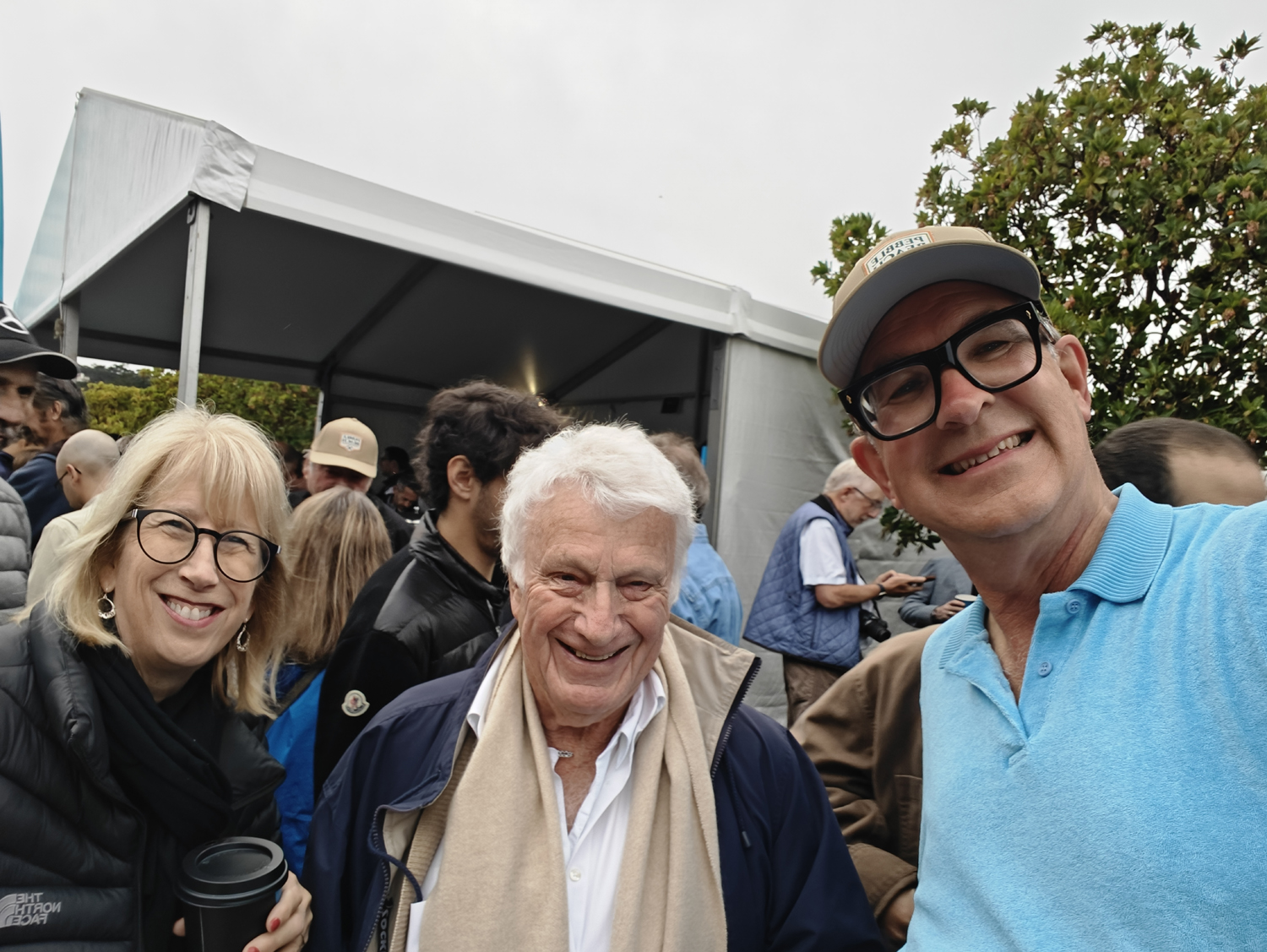
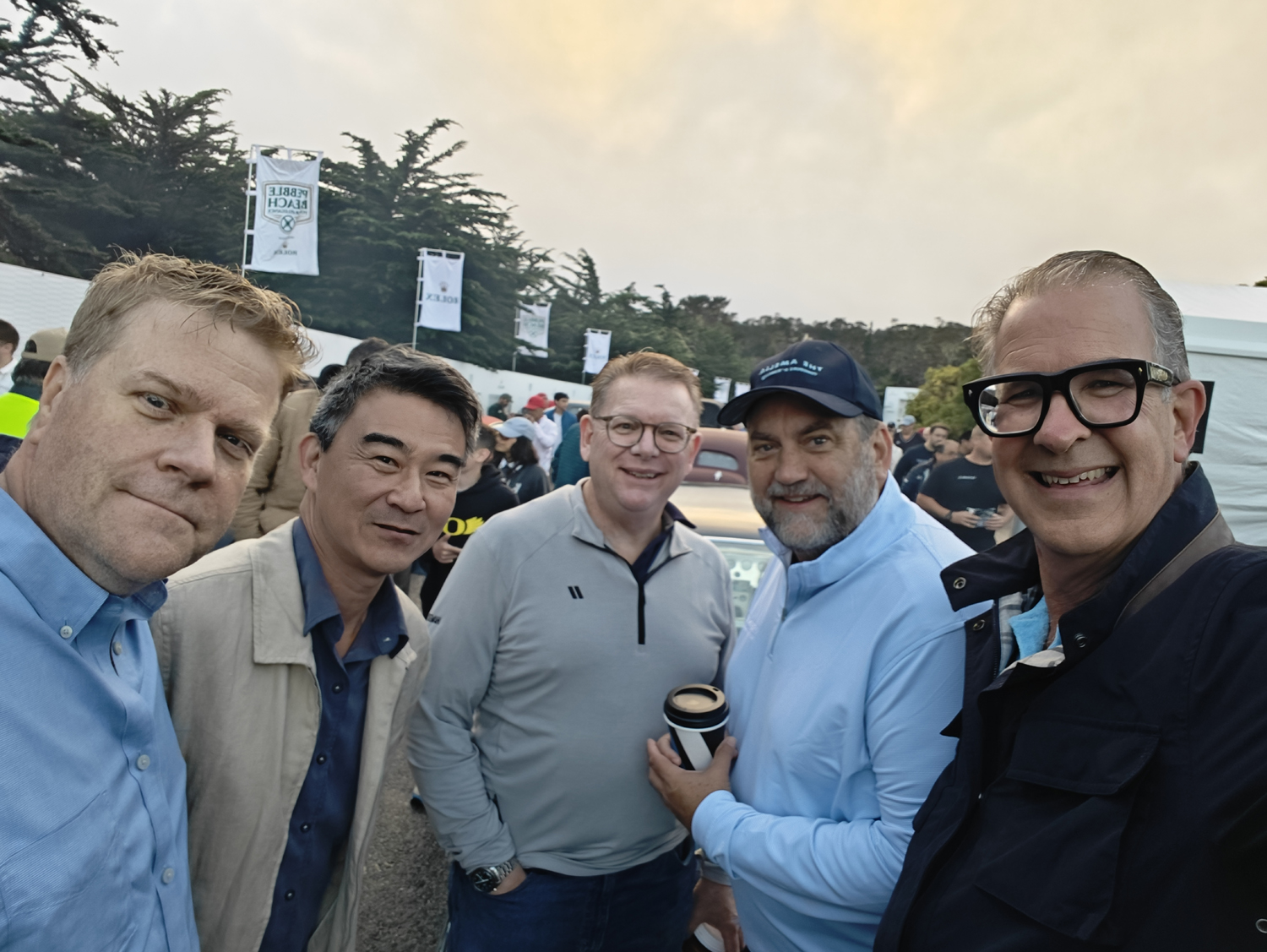
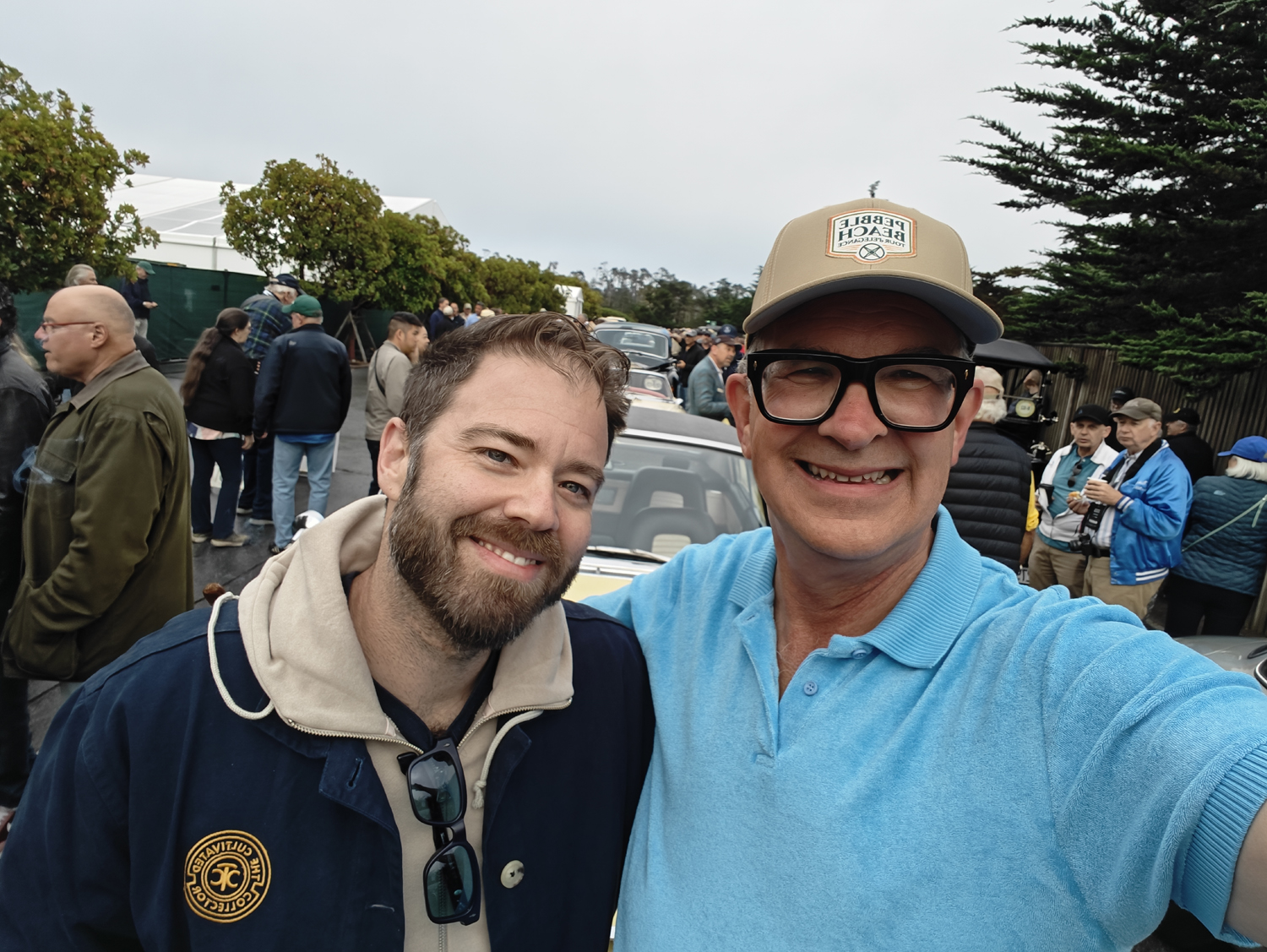
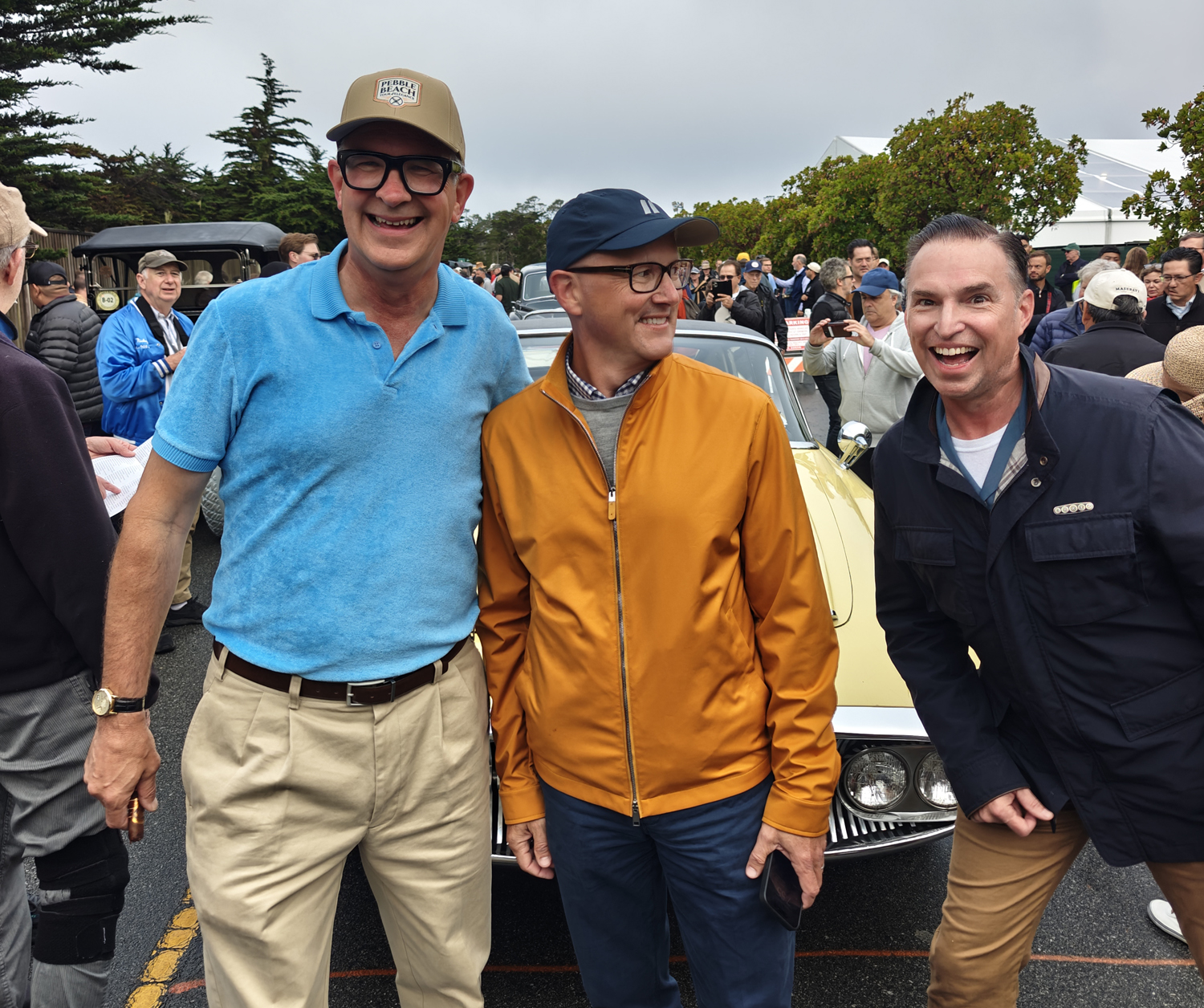
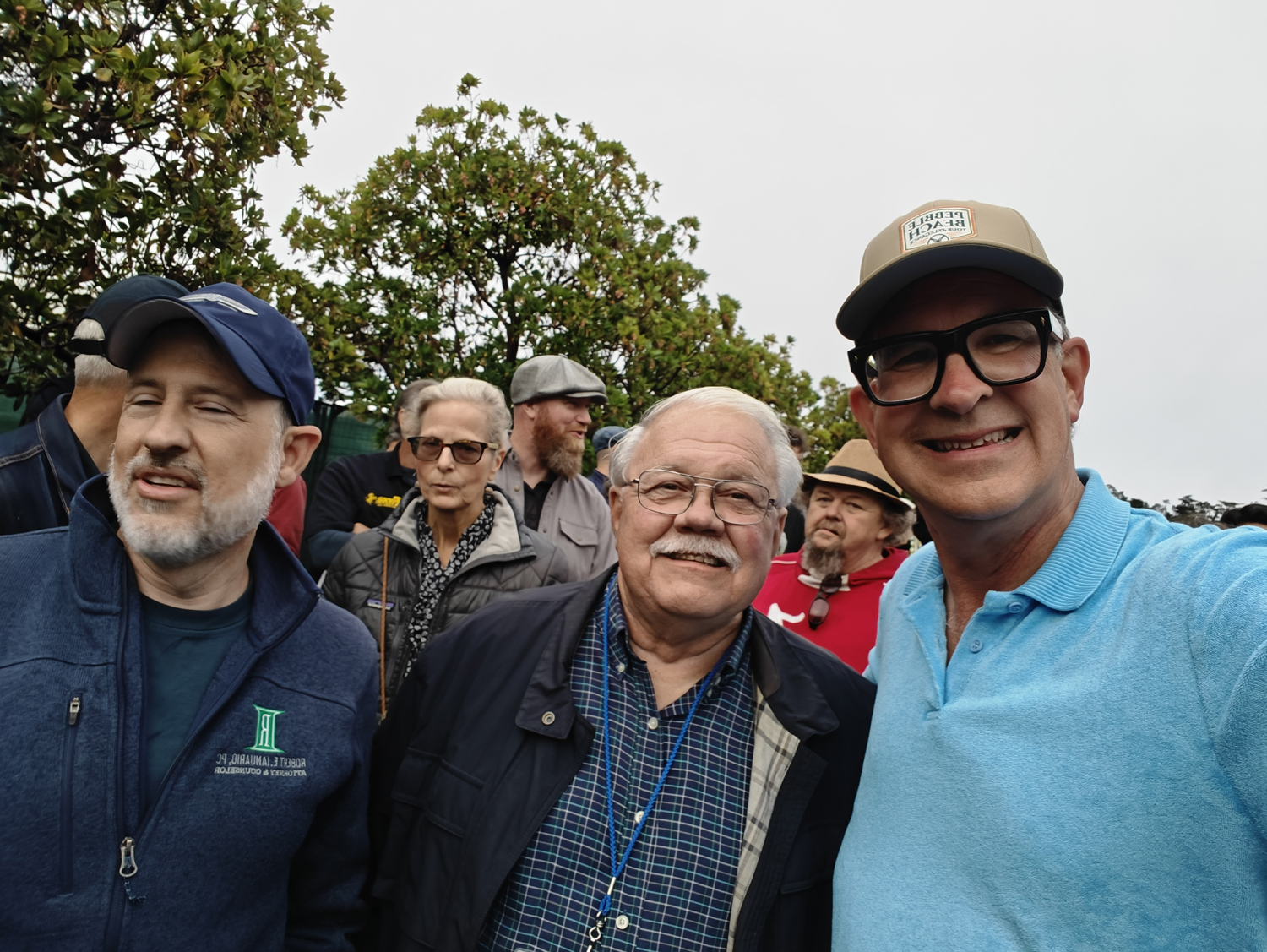
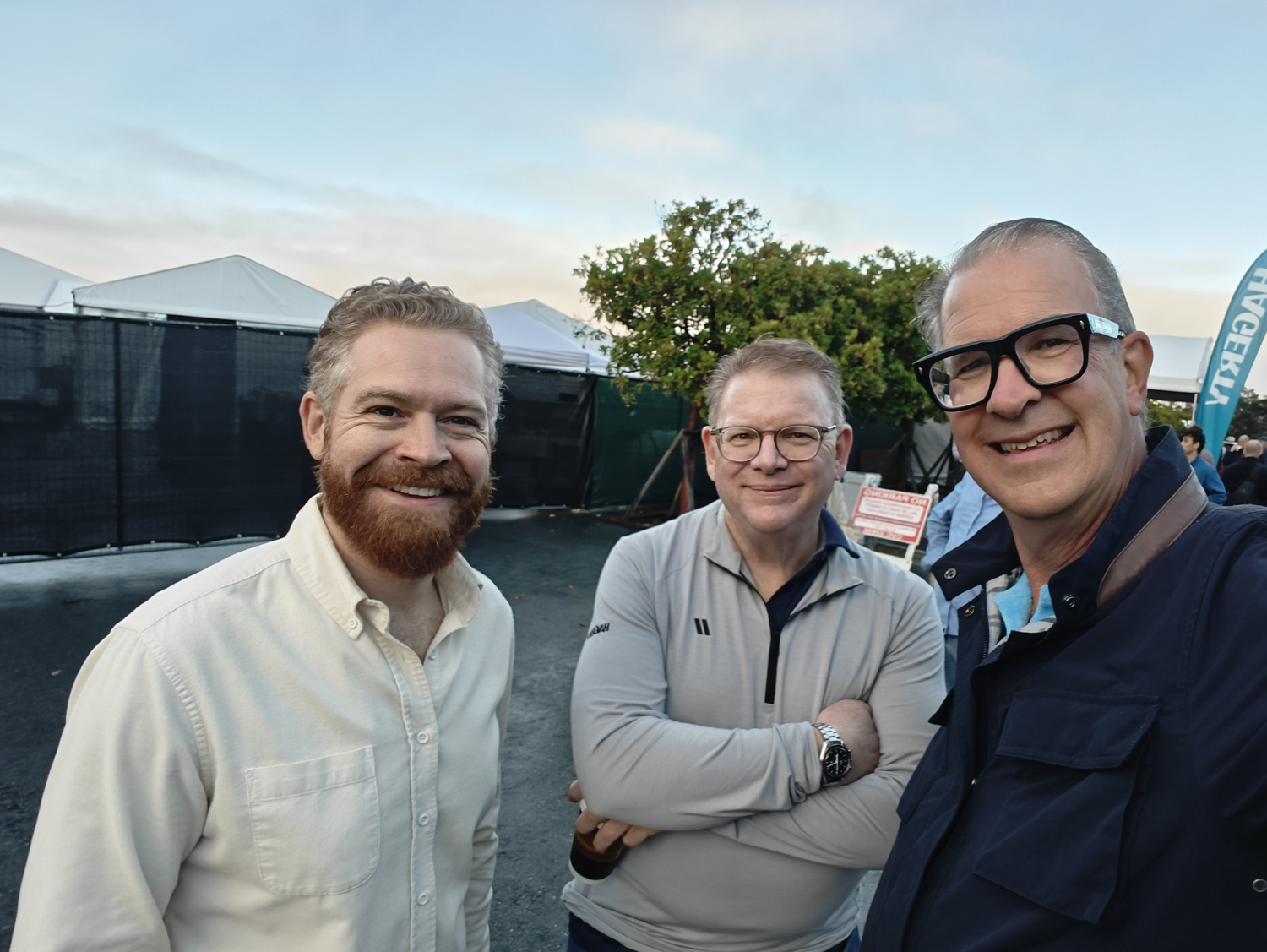
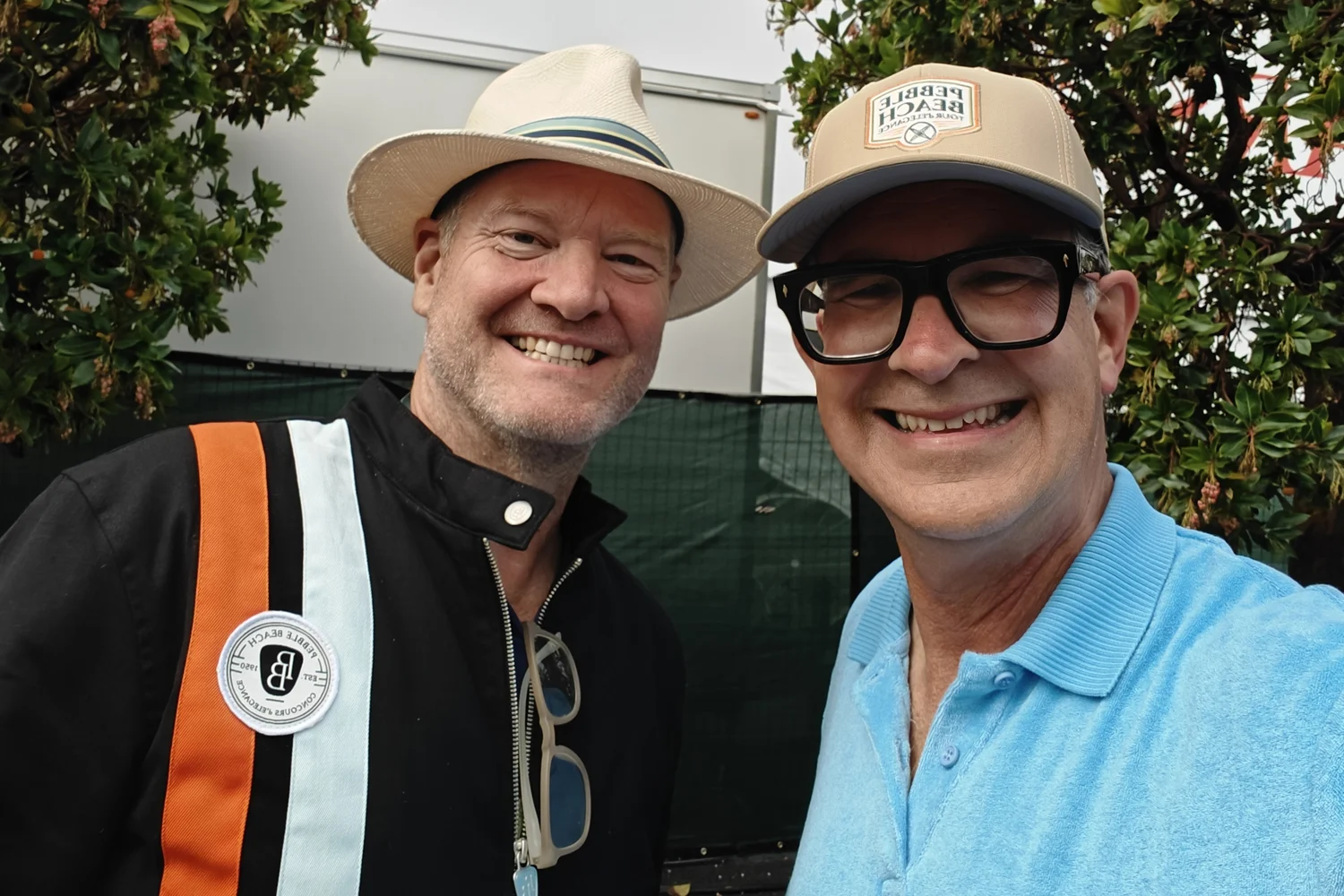
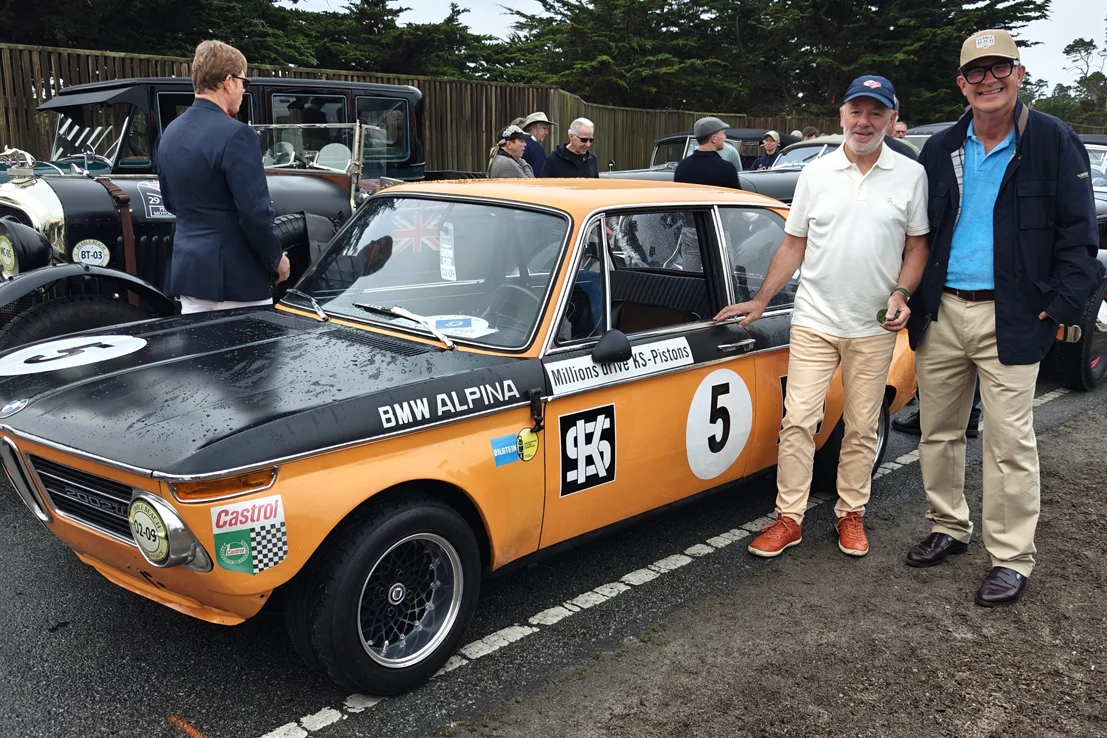
At 9:30 we loaded up the car with John Sacramento, owner of Sport and Specialty Restorations, along with car owner Miles Prentice and his son Gene, and got ready to go.
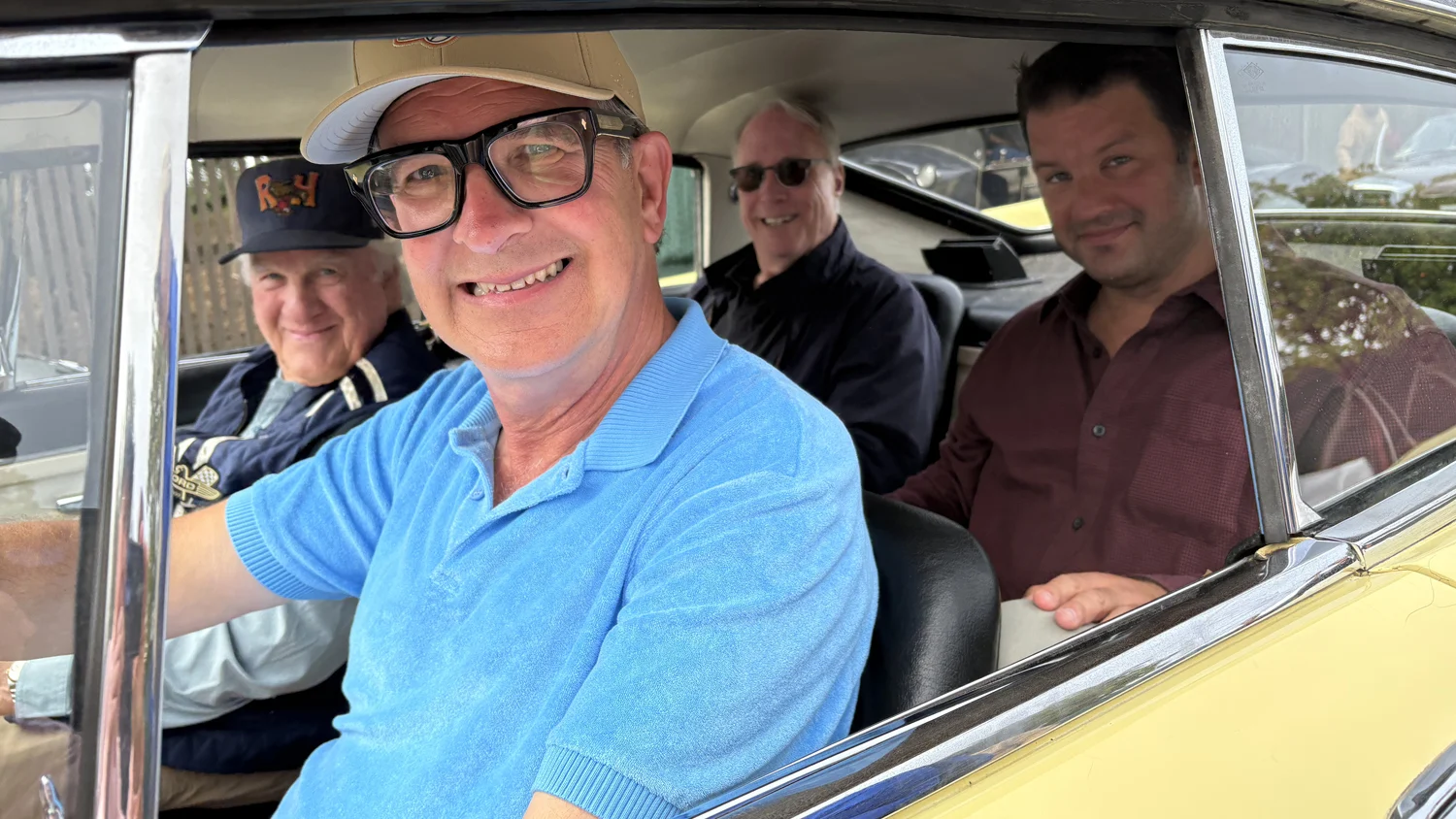
The Pebble Beach Tour is probably the most mechanically challenging thing about showing at Pebble Beach. It is a 75-mile drive from the Pebble Beach resort grounds to Big Sur and back. The road down is closed, so making your way there does not involve traffic, which makes things easier. The experience of arriving in front of the stands at Pebble with thousands of people cheering you on is simply amazing.
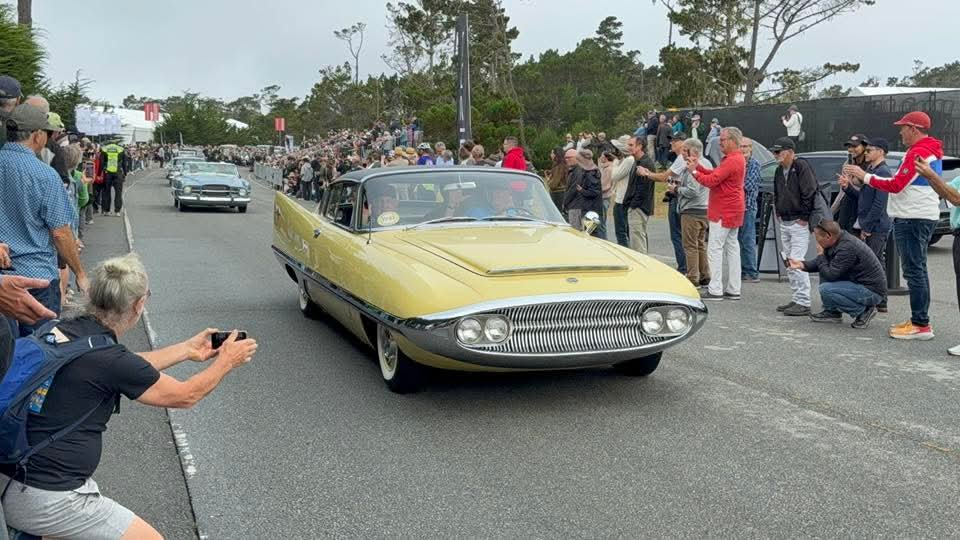
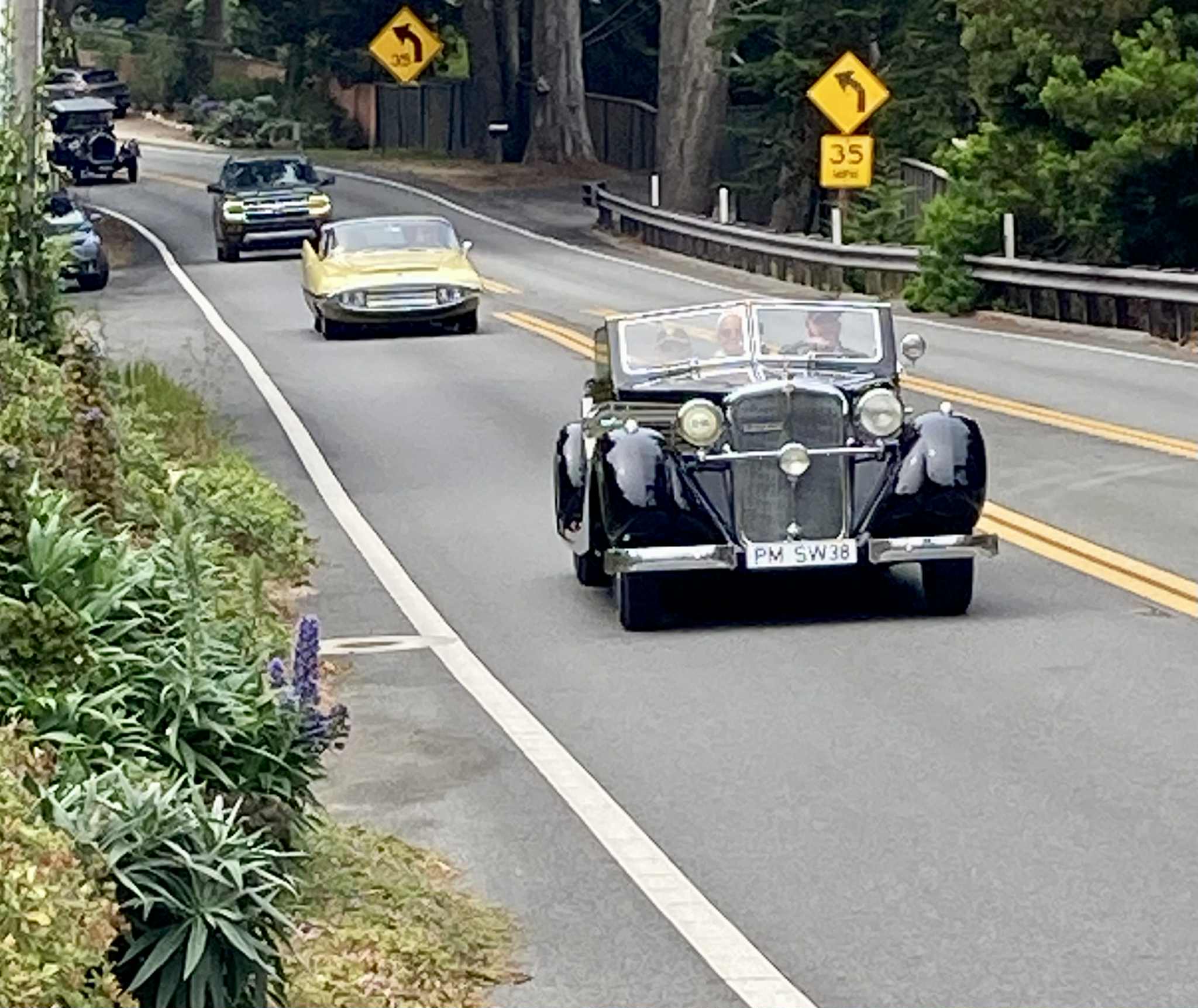
We made our way along California’s famous Highway 1 to Big Sur, and everywhere along the way there were people crowded on the sides of the road. Sometimes it was a bit sketchy, as they are often in the road at times, so you have to be quite careful. The views were amazing and the lack of traffic on the way down, with the exception of other tour participants, made it all the more stunning.
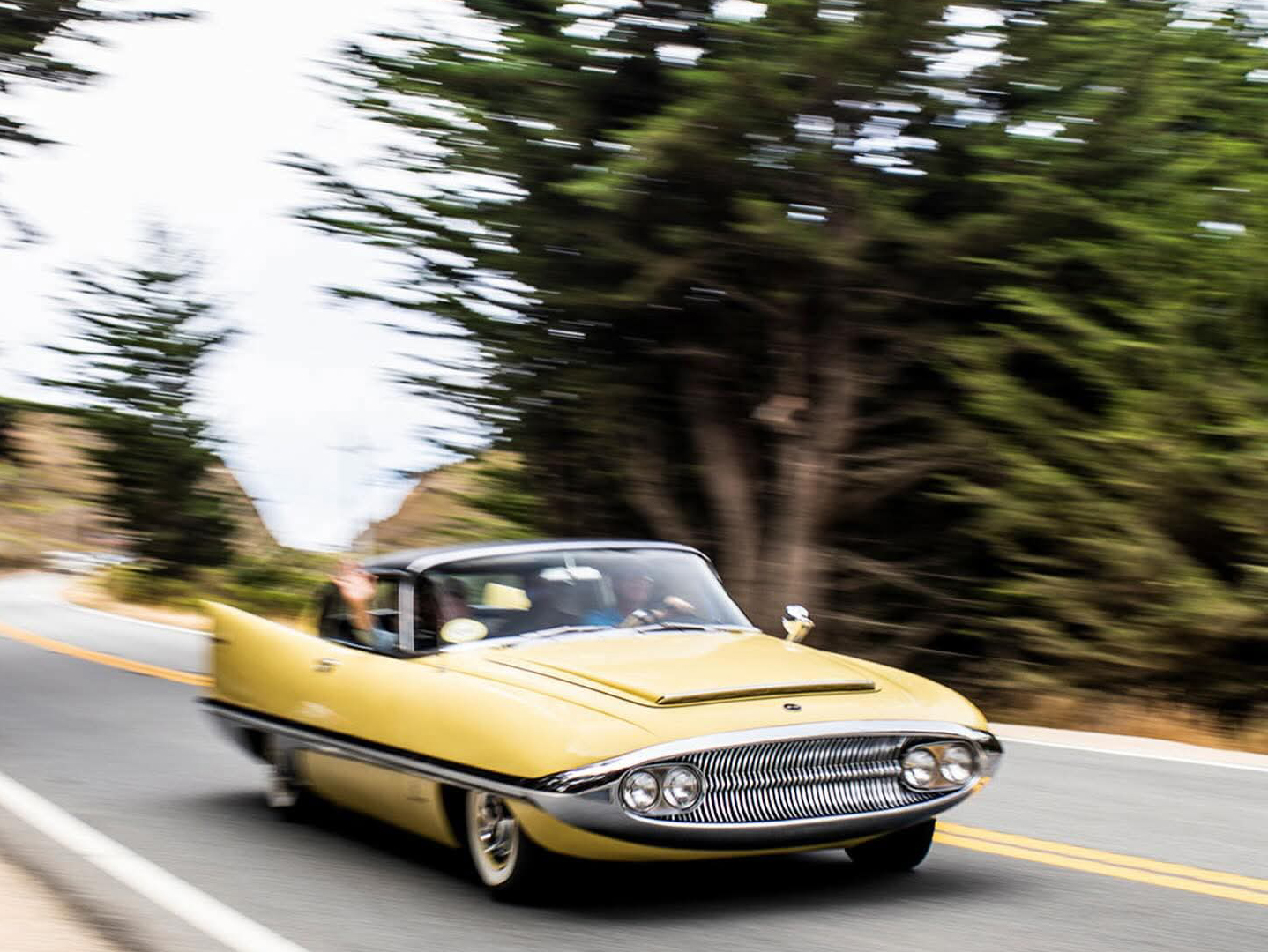
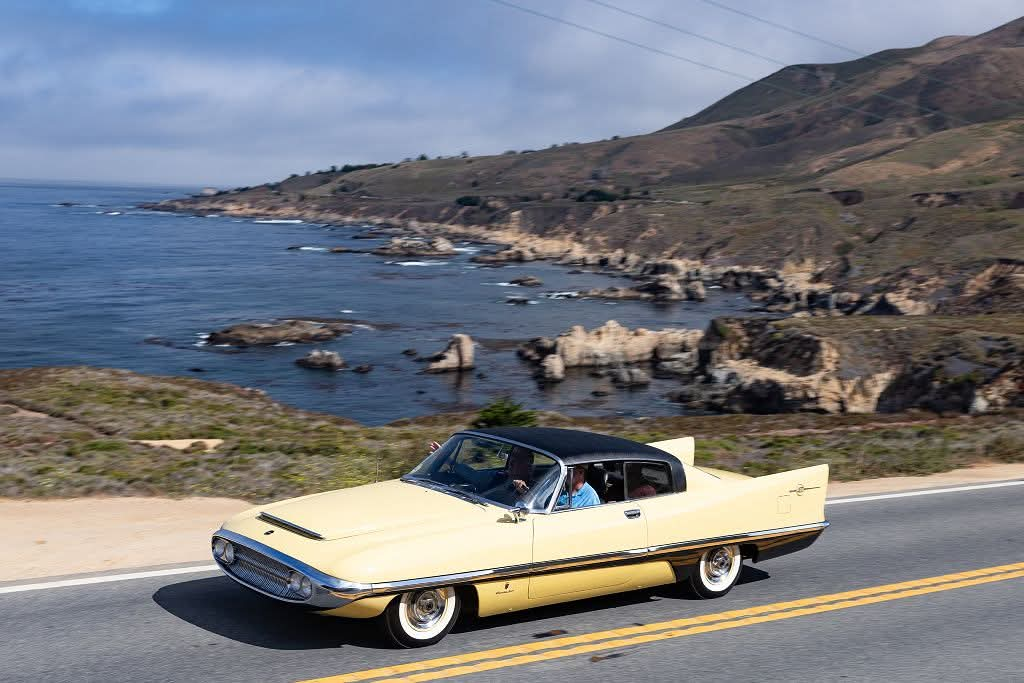
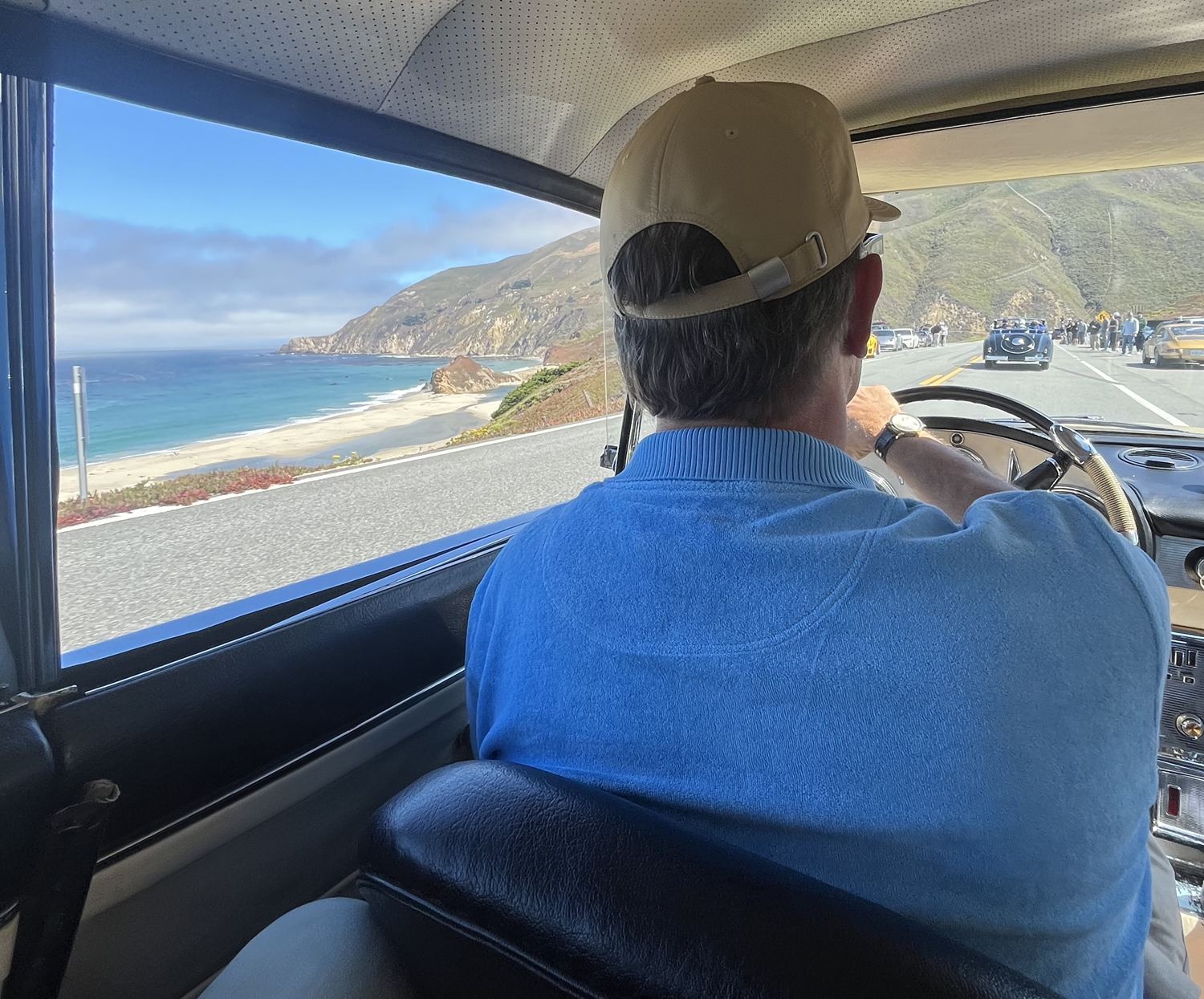
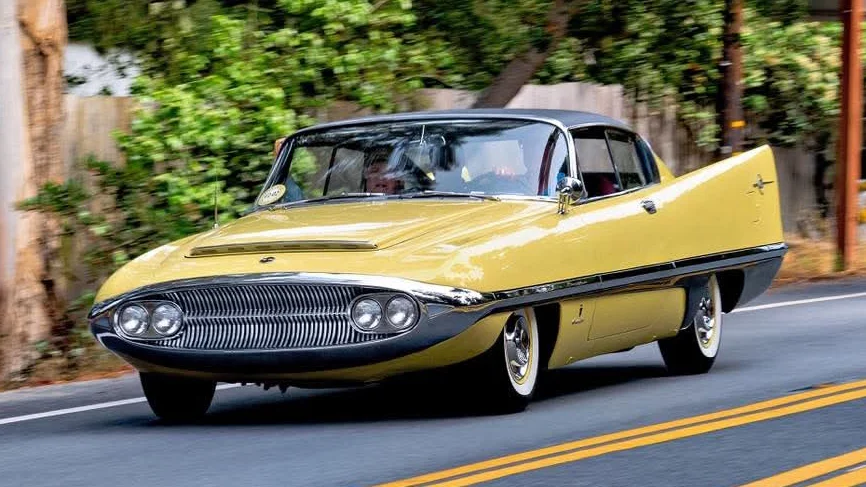
The way back from Big Sur was a bit more challenging, as northbound Highway 1 is open to regular traffic and people seem dead set on cutting off million-dollar cars at every opportunity. The going is also much slower, leading to lots of stop-and-go traffic, something many old vehicles hate, resulting in a fair number of tour cars stopped on the side of the road with hoods up on the way back. Our Super Dart, though, made it back without a hitch, the temperature never rising above normal. The owner and his son had as good a time as we did, captivated by the views of the ocean and the other cars. I may not enjoy watching the tour, but being in it is simply incredible.
At the end of the tour, we headed back to the truck lot and, after some minor cleanup, put the car back in the trailer. We let our driver know we would be back to do a final pre-show cleanup Saturday afternoon. We then headed to dinner with the Gene and Miles Prentice from the Maine Car Museum and some friends.

Friday saw me at The Quail, A Motorsports Gathering, for a few hours. This is a very expensive event to attend but includes all the food and drink you can consume. Originally The Quail was a lifestyle show for vintage sports and racing cars, but it has been elevated over the years to include new-car intros by high-end manufacturers and leaned even more into the lifestyle segment. I spent the day there, looking at all the cars on display and enjoying the food and drink, while catching up with my friend David Lillywhite, the founder and editor of Magneto and Octane magazines. After seeing all the event had on display, I found my two favorite cars. The first was the new Morgan Plus 4. Now I have loved the Morgan marque for decades but have never fit comfortably in their cars. This new model, however, seems as if it was created just for me. In addition, it has the finest build quality I have ever seen in any Morgan. Yes, I now want one.
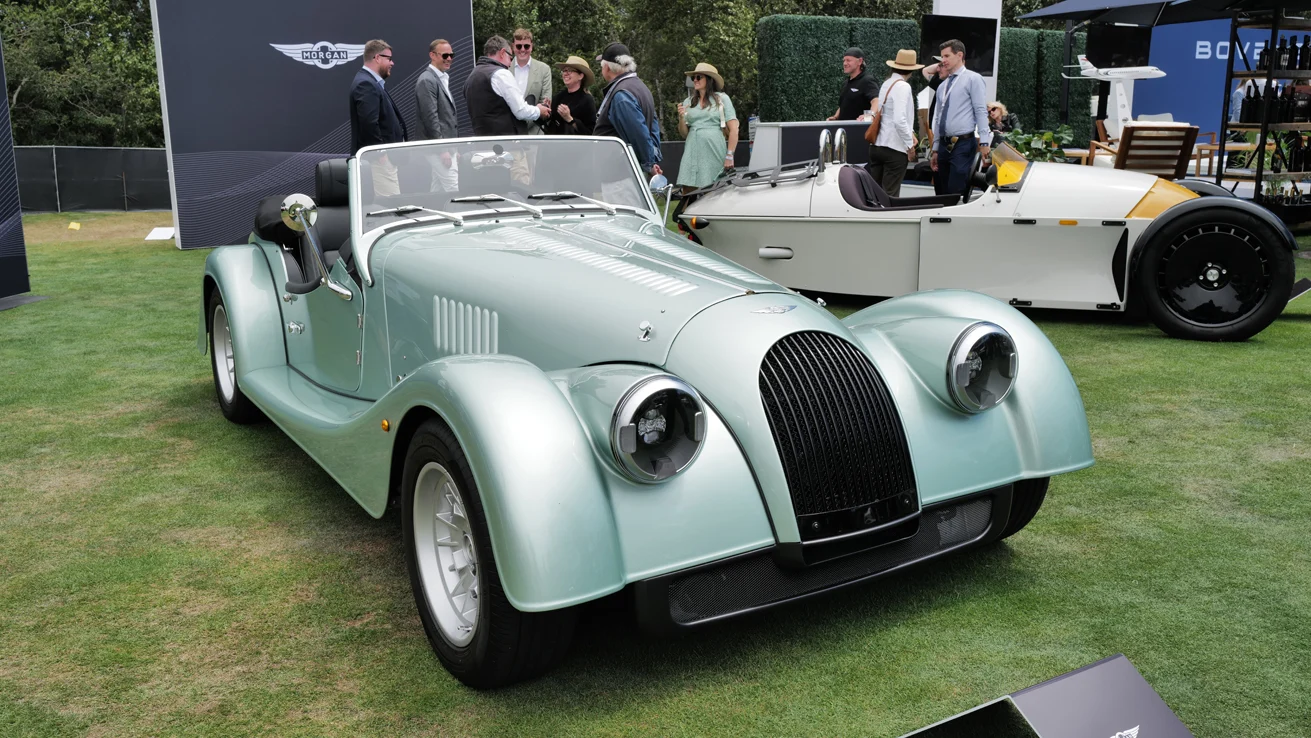
The other car that blew me away was at the classic Honda display on the lawn. This display sold some very cool classic Honda merchandise and also featured their legendary RA727 F1 car. I had never seen this car in person, and it was great to do so for the first time.
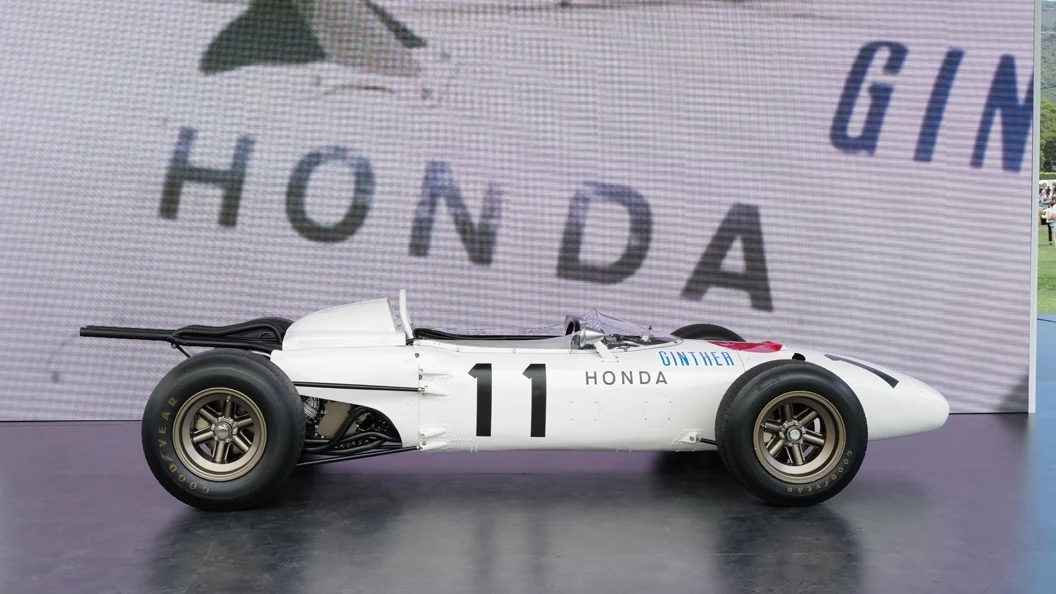
We spent the rest of the day at the Bonhams and RM Sotheby’s auctions. At Bonhams I was stunned to see that one of my favorite cars at the sale, the 1984 Nissan Skyline RS Turbo “Type DR30” Group A championship-winning Touring Car, sold for only $62,640, which I guarantee will be seen as an incredible buy in the future.
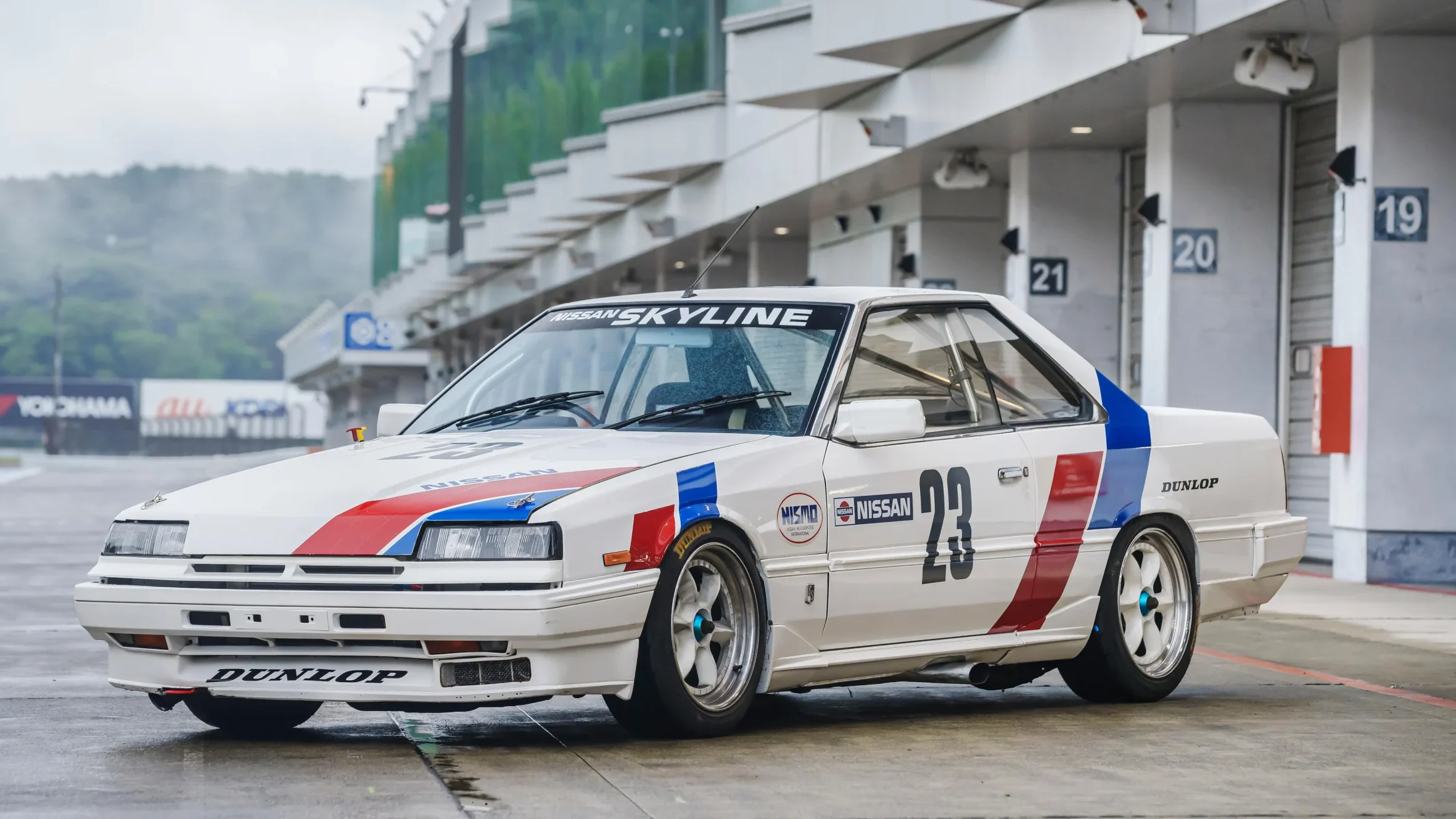
I spent the next few hours of the evening at RM Sotheby’s, watching their auction from the courtyard staging area. While there, I ran into my friend Dave Buchko from Lucid and caught up with him. I then went back to the hotel to get some sleep.
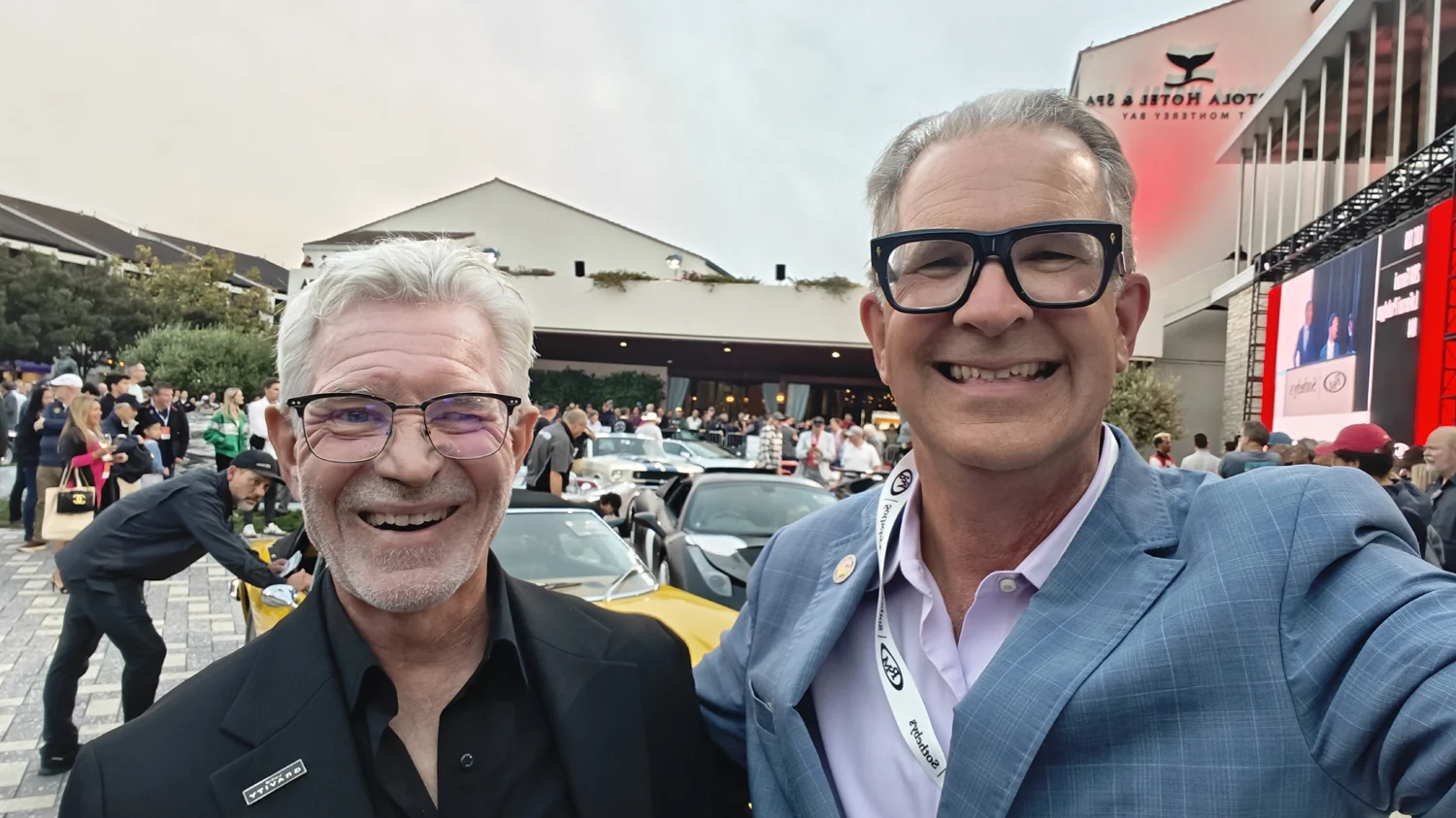
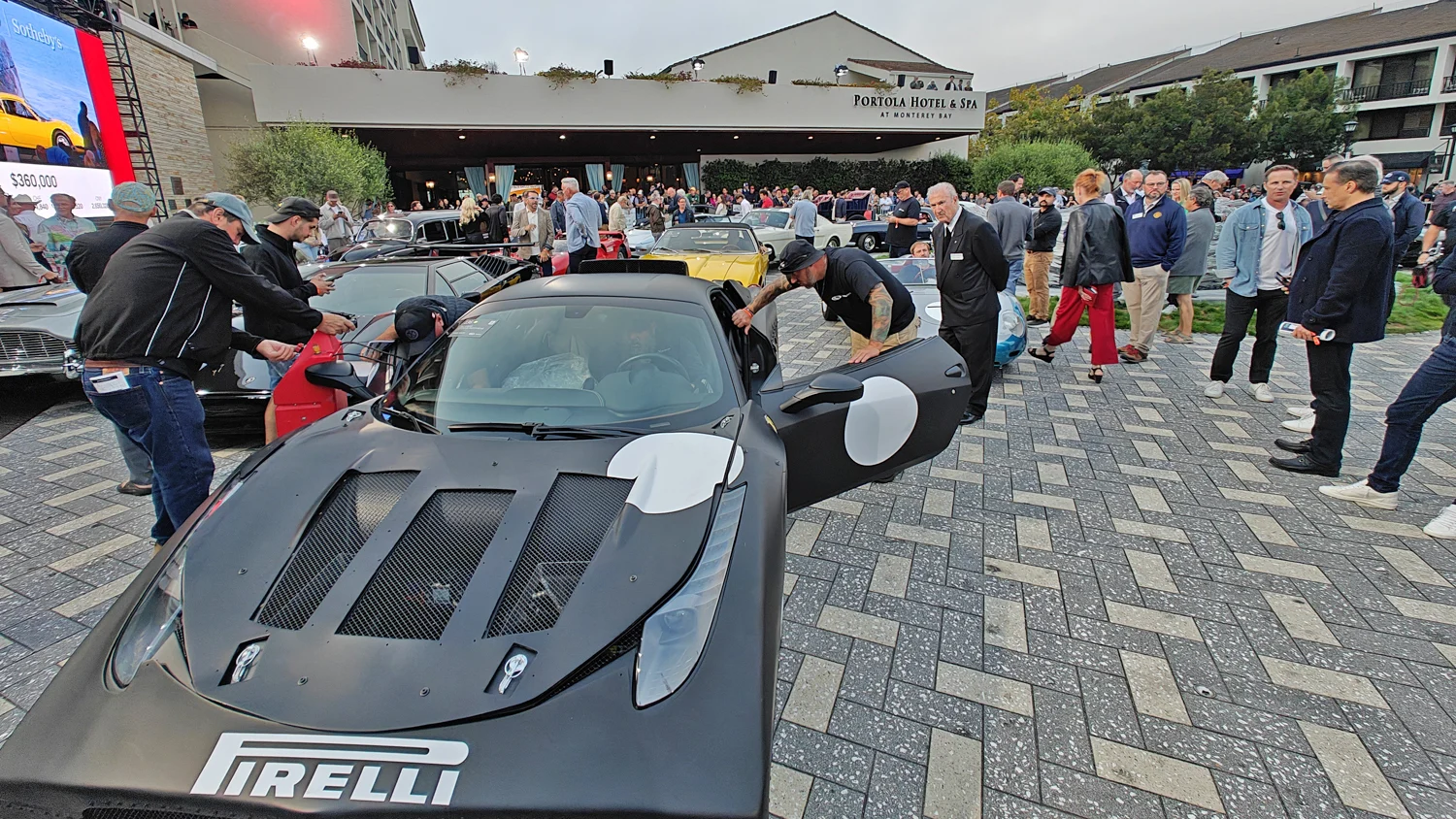
On Saturday, John and I were up early to judge at the Concours d’Lemons. If you have not ever been to a Lemons Concours, I think the best way to describe it is as an Island of Misfit Toys. If you have a car no one cares about, is largely forgotten, or considered bad when new, this is the place to show it. Unlike Pebble Beach, which celebrates Best of Show with confetti canons, the Concours d’Lemons celebrates their Worst of Show with a barrage of Silly String. This is one of the most fun car events on the planet and worth attending if there is one near you. This year’s Worst of Show was a flying saucer car called the “Galaxy Glider.”
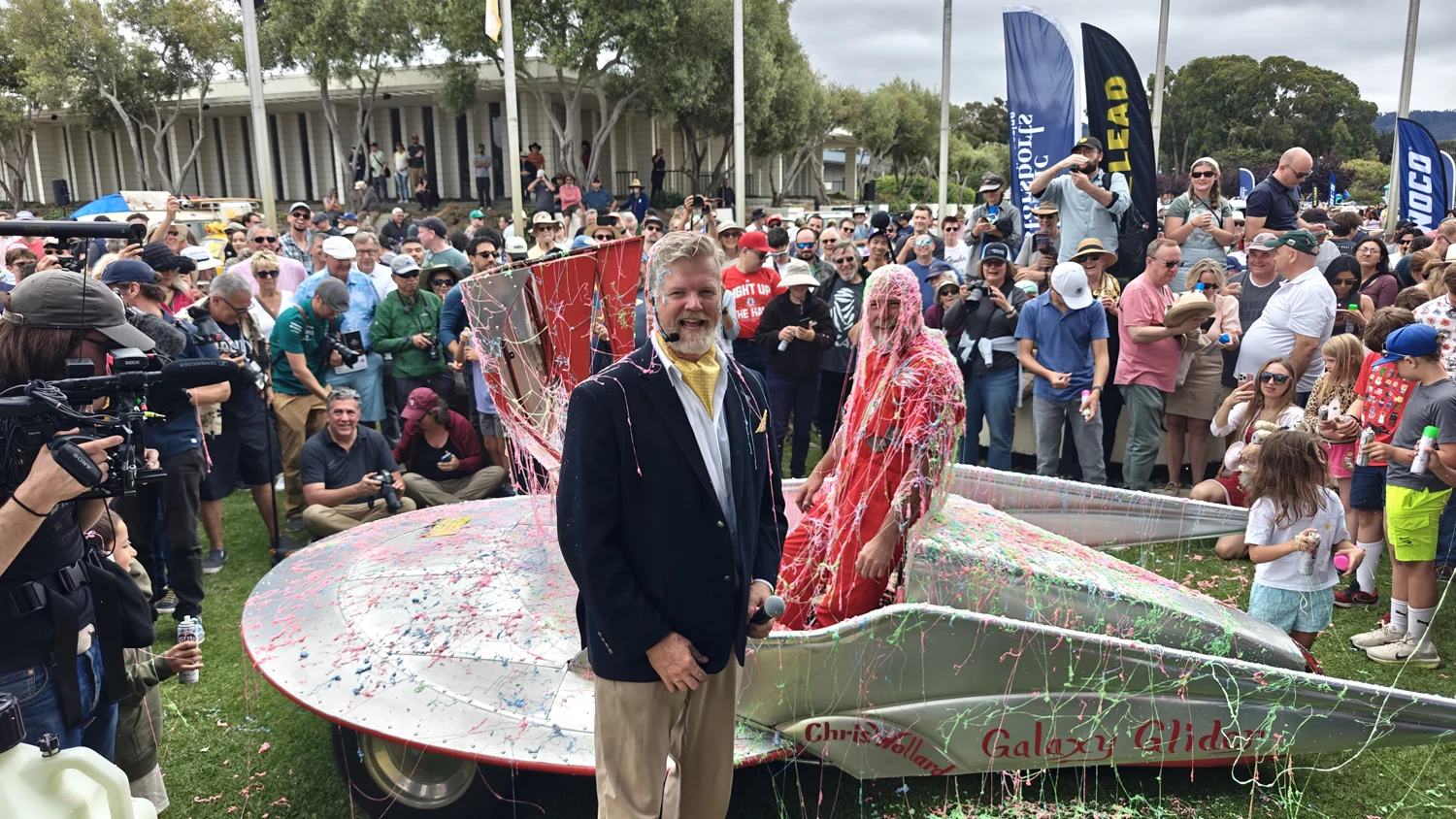
After Lemons, John and I had a late lunch and then headed to Pebble Beach to do a wipe down of the Super Dart and replace the emergency battery with the vintage-style one. All looked good, so we headed back to the hotel and went to bed early, as we would be up at 3 a.m. the next morning.
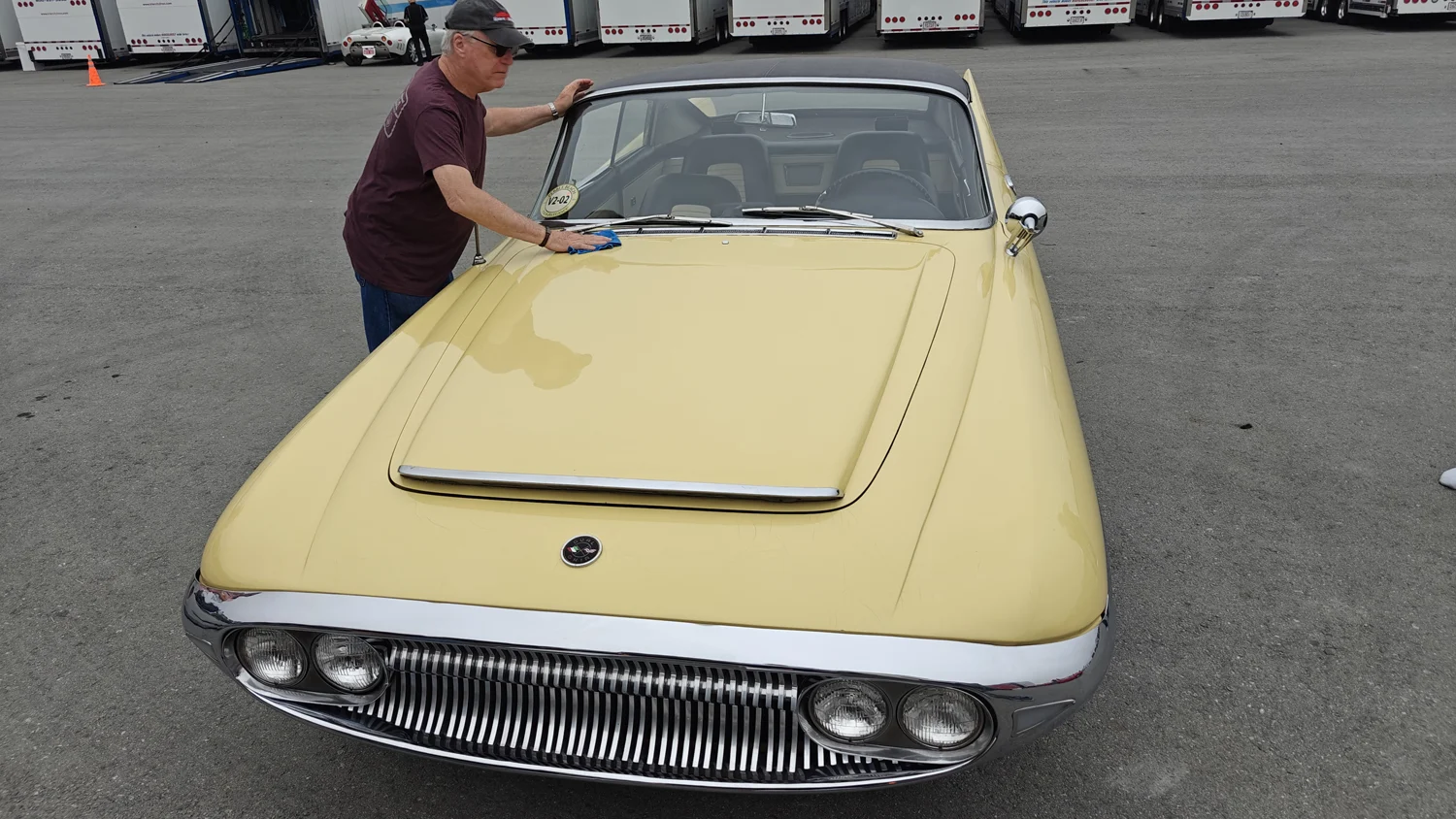
On Sunday we got up early, donned our best clothes of the week and headed to the truck lot at Pebble. We arrived at 3:45 a.m., met our driver Andy, and got the car out of the trailer. It was neat to be there in the pre-dawn morning; things looked amazing and magical. There we met Alan, who was riding in with us, and got ready for the gates to open for the Dawn Patrol drive on the field.
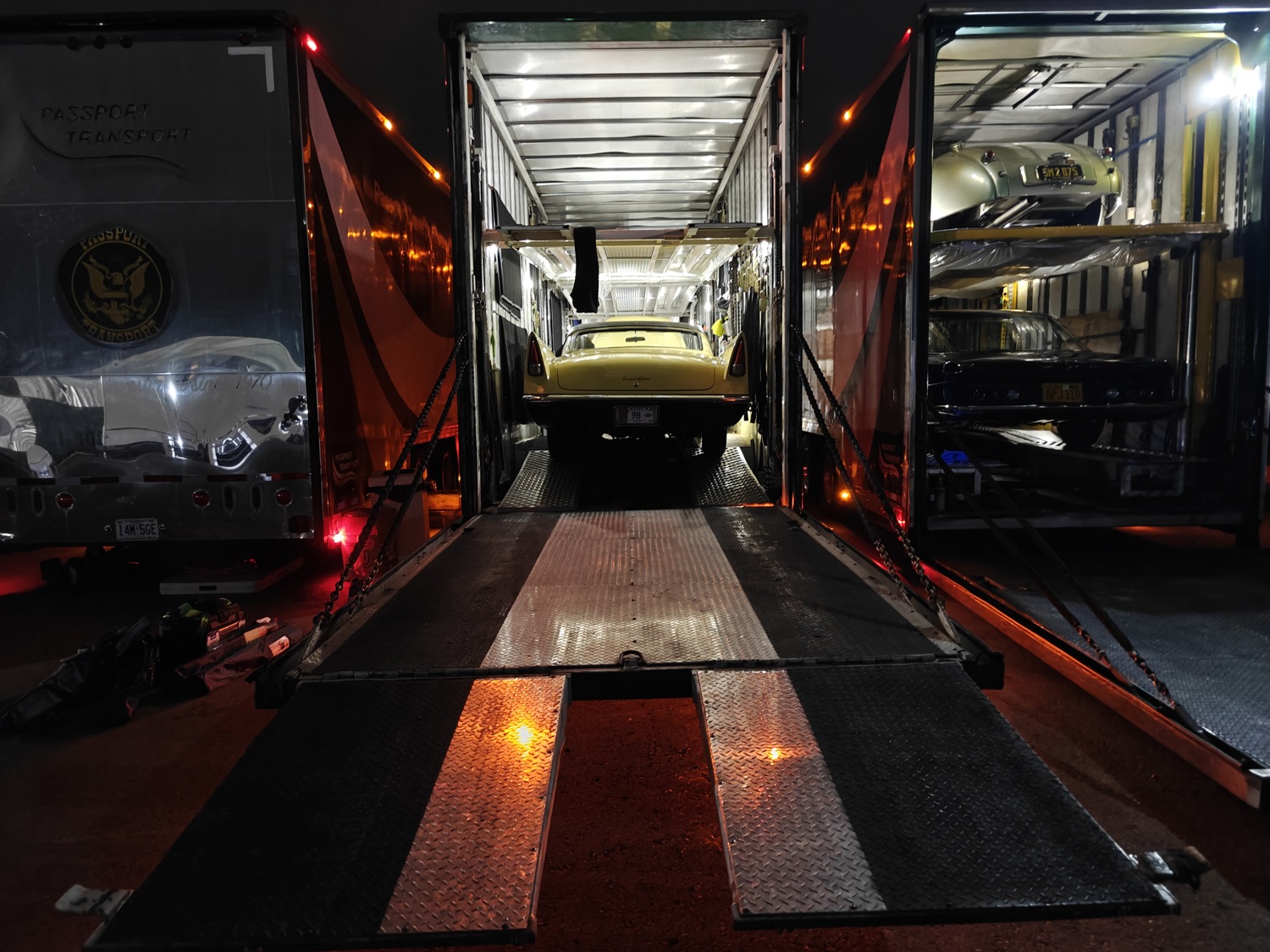
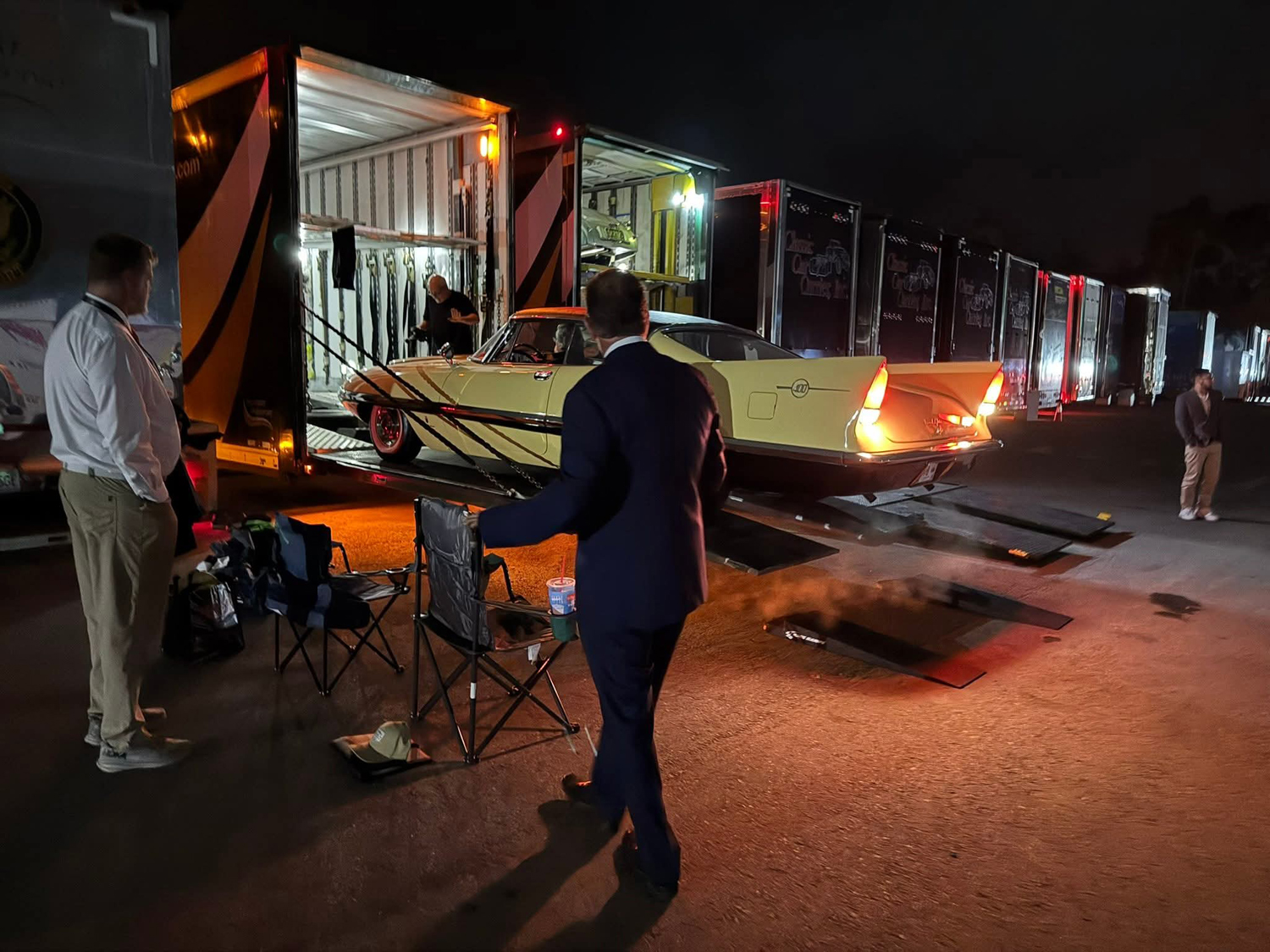

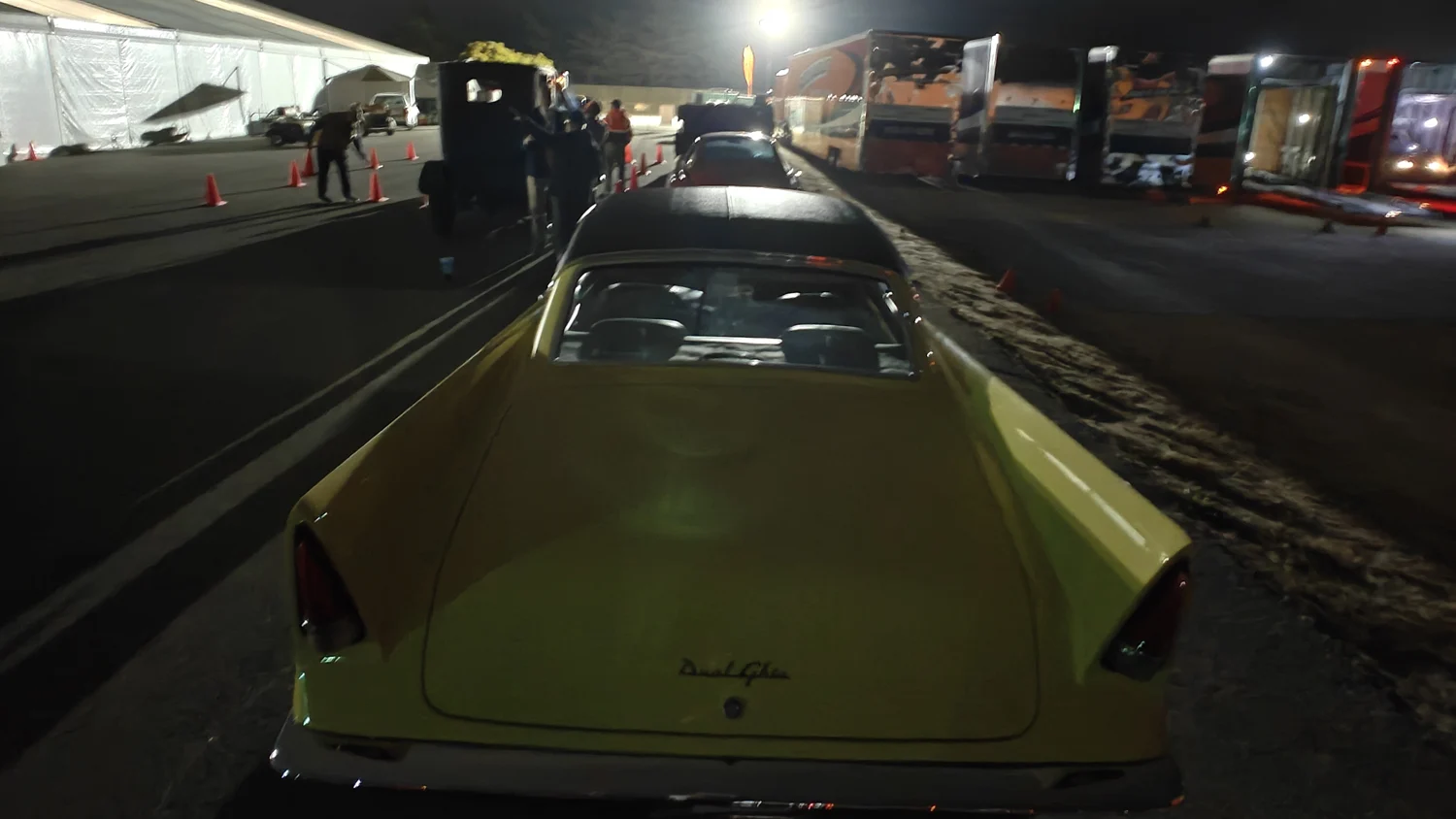
We left the lot at about 4:15 a.m. and made it to the Lodge at Pebble Beach to line up for our Dawn Patrol drive. I never thought I would be more than just a media observer at Dawn Patrol; this entire part of the event was simply incredible.
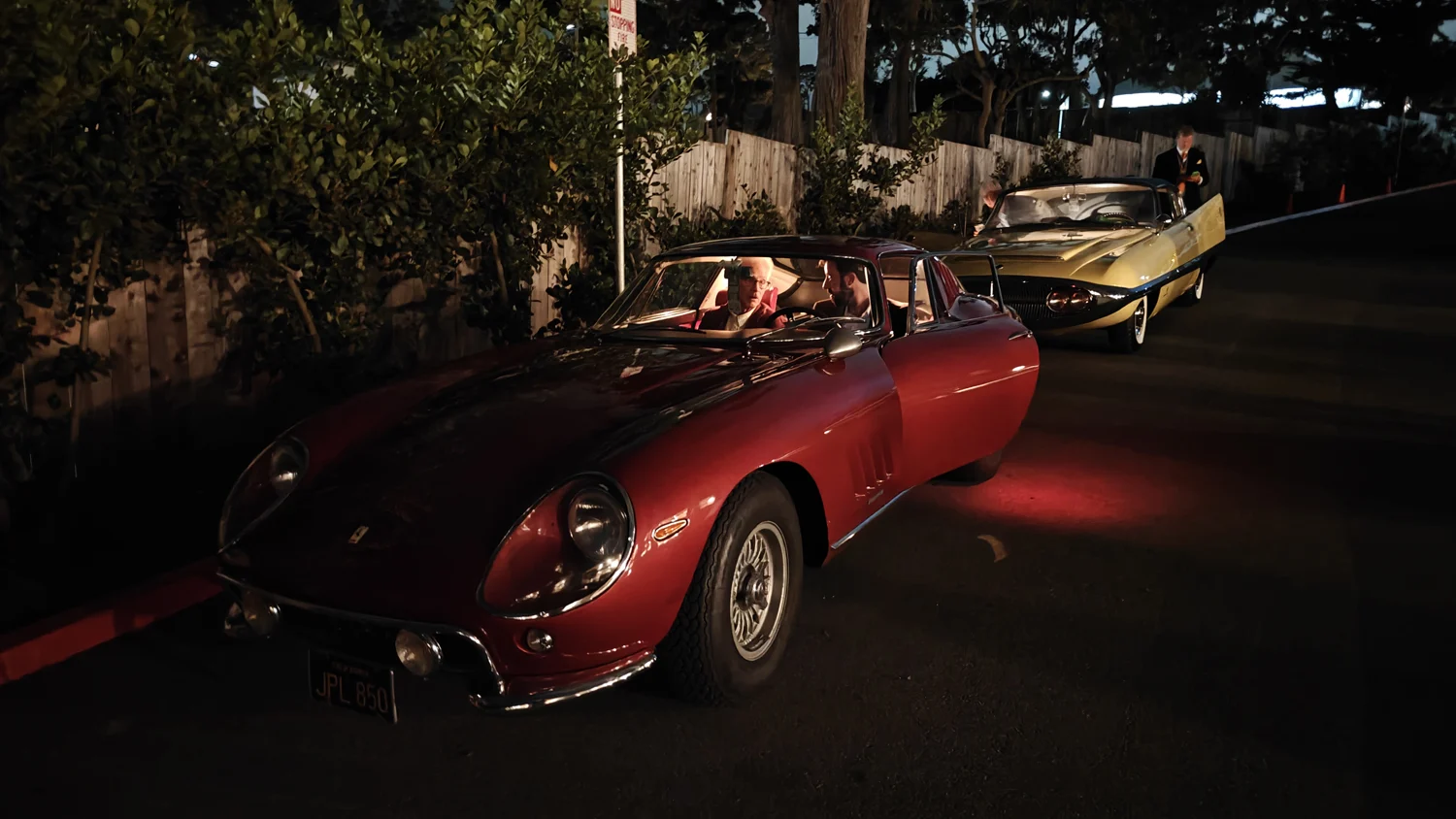
When Tim McGrain told us we would be moving in 5 minutes, we all piled in the car and got ready to drive. All of us were a bit exhausted but excited for the short drive onto the field in the early morning light.
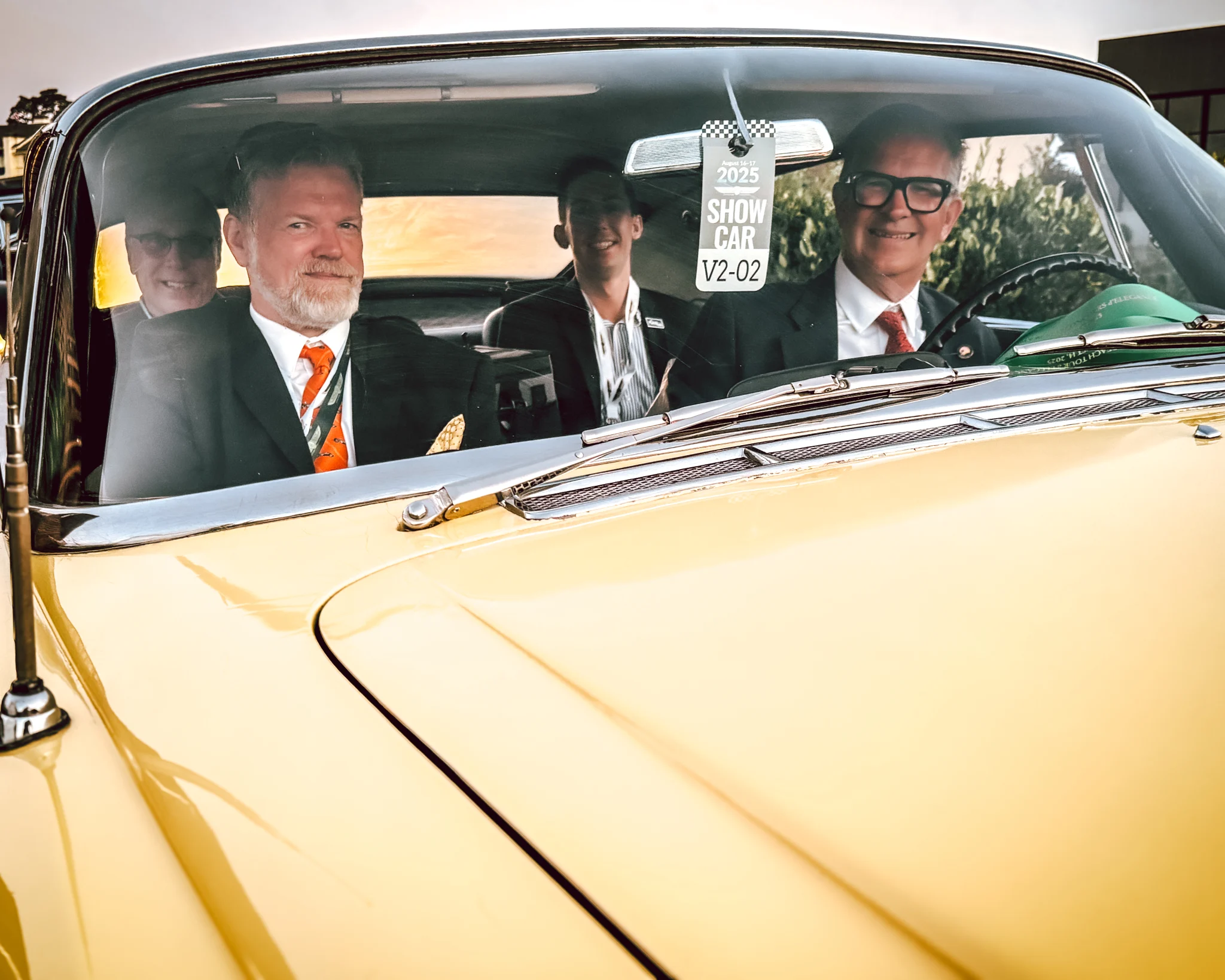
We started moving and finally made it to the front of the line, where we met Sandra Button, chairman of the Pebble Beach Concours d’Elegance. She congratulated us at being invited, handed us our packet for the day, and wished us good luck. I thanked Sandra again for being able to be a part of this and we made our way onto the field. As is always the case, the route in was lined with a few thousand hardcore Monterey Car Week fans and, as we drove in, people cheered for us, shouting my name the whole way. This caught me off guard and, to fill the silence in the car, I fired up my phone and stared playing the song “Waiting Room” by Fugazi. Yes, we are the new generation, and we sang along as we drove to our parking place.
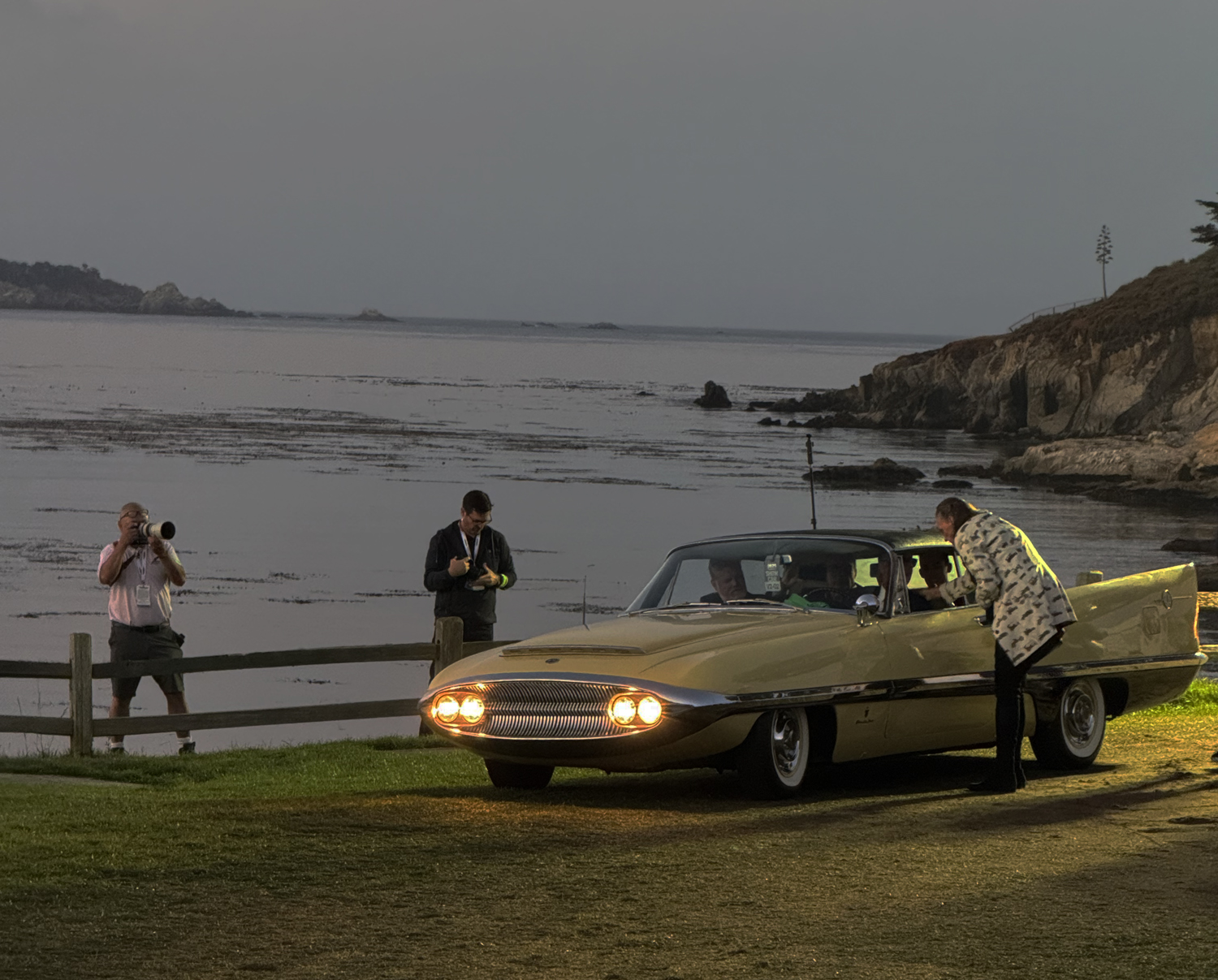
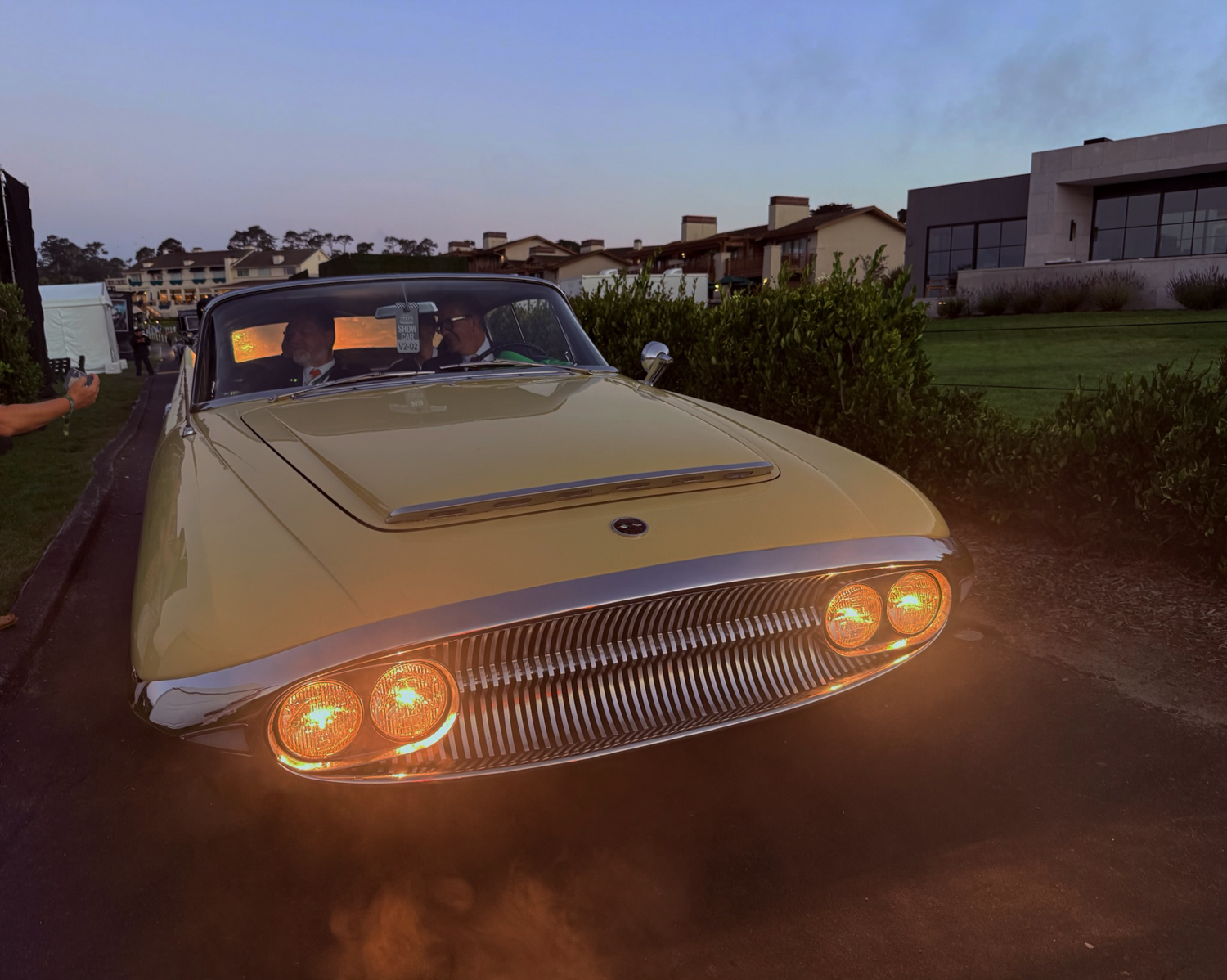
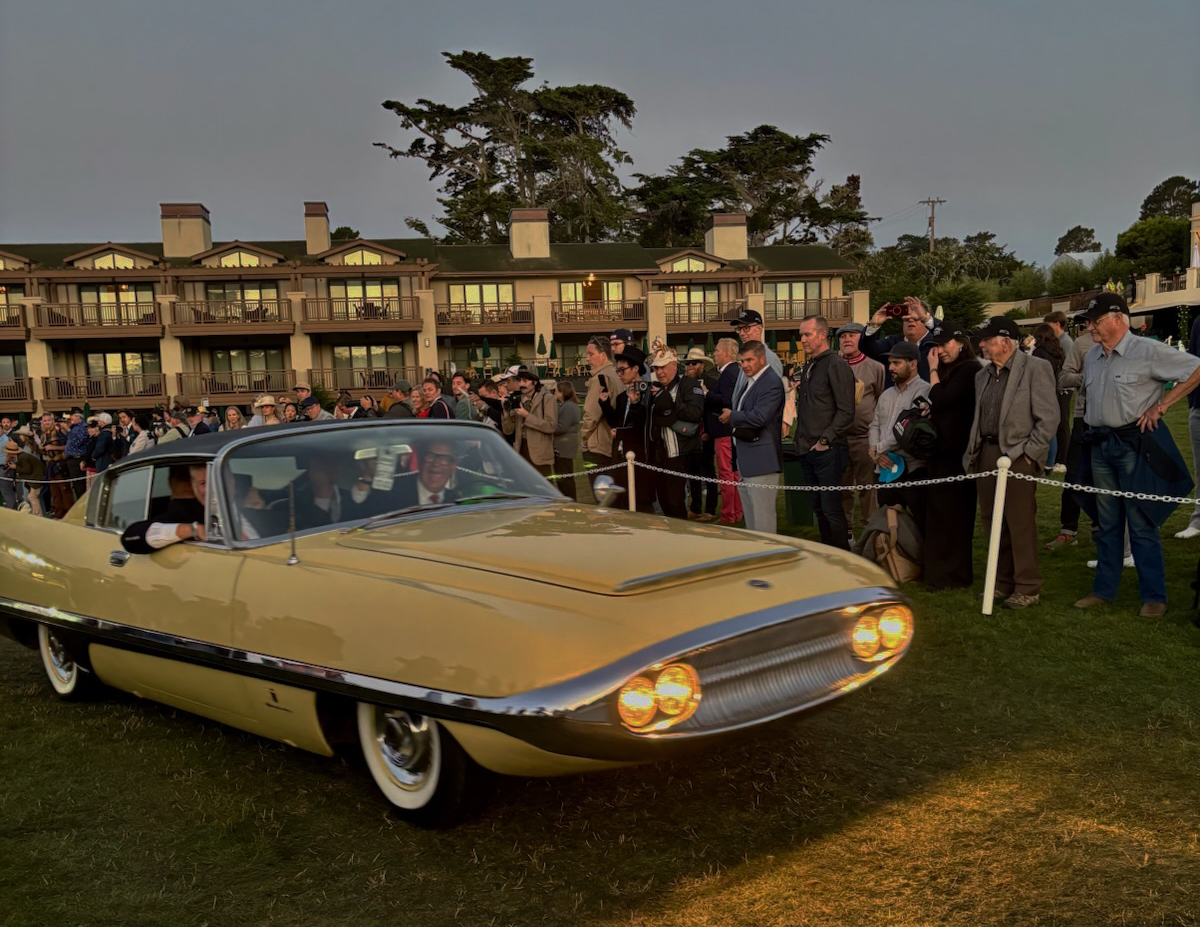
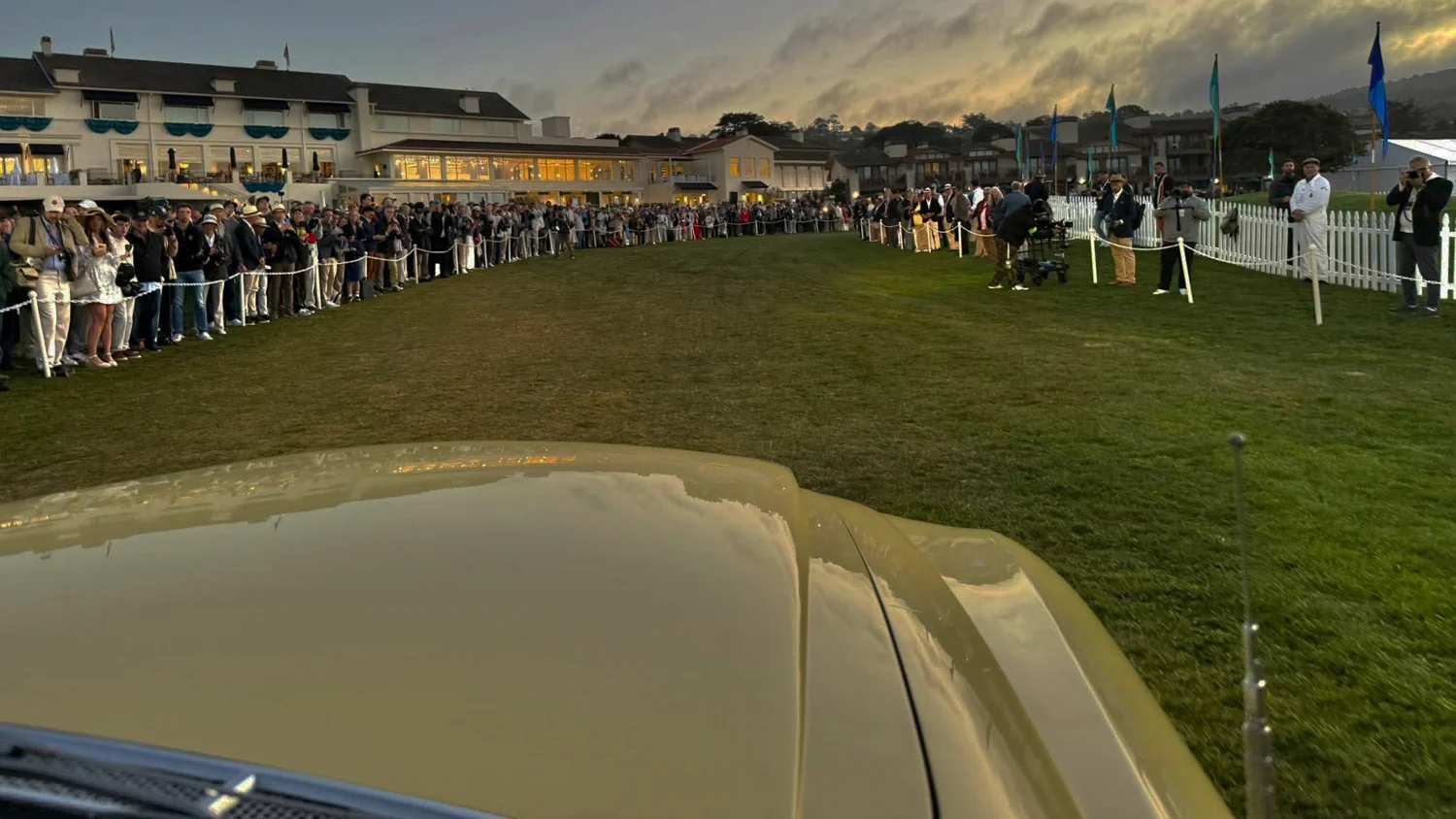
After some confusion of how the Class hosts wanted us parked, we finally got the Super Dart placed and then waited for the sun to come up before we began our final cleaning duties. If you try to clean before this, you end up doing the same job over and over again because of the morning marine layer.
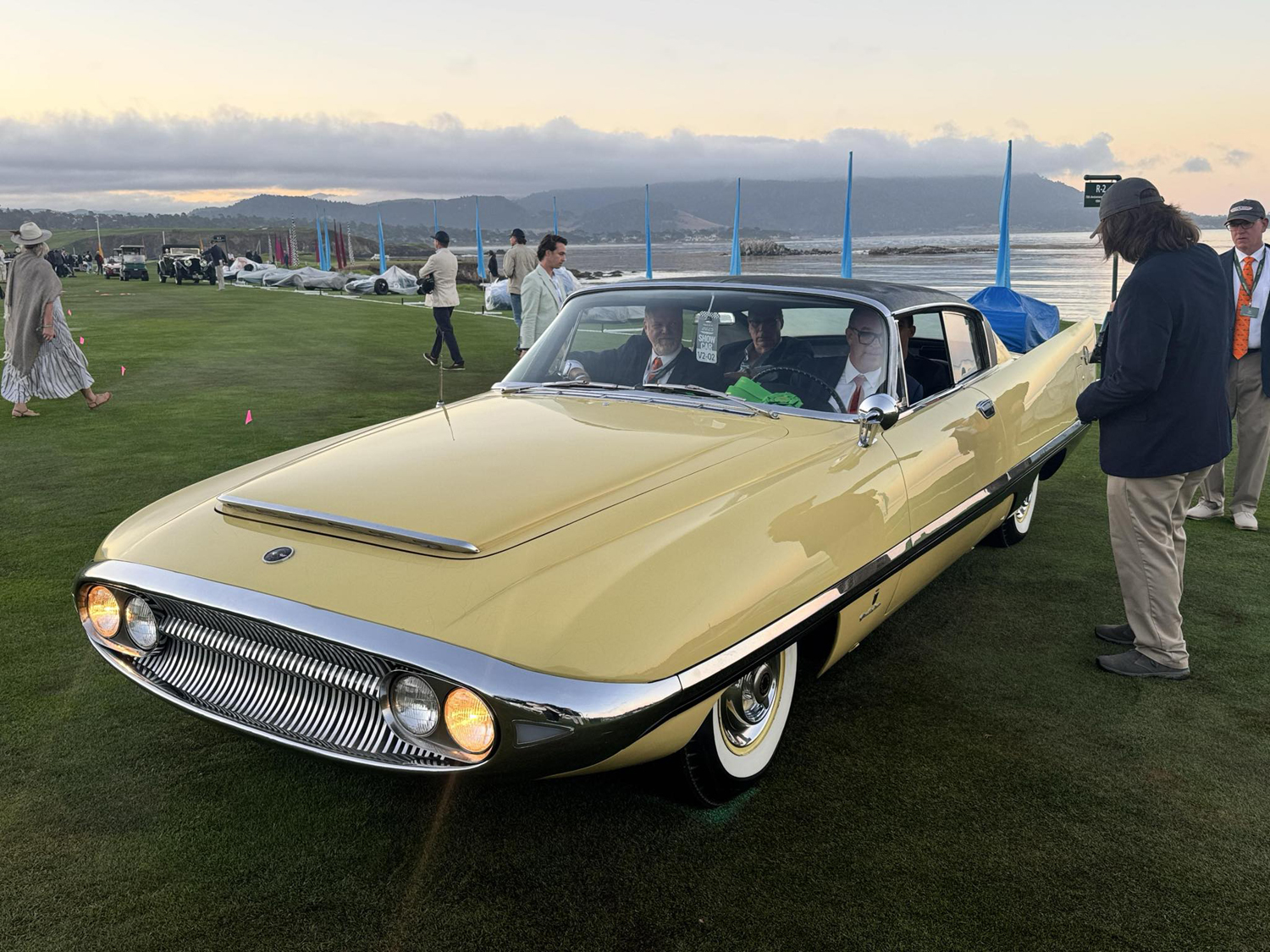
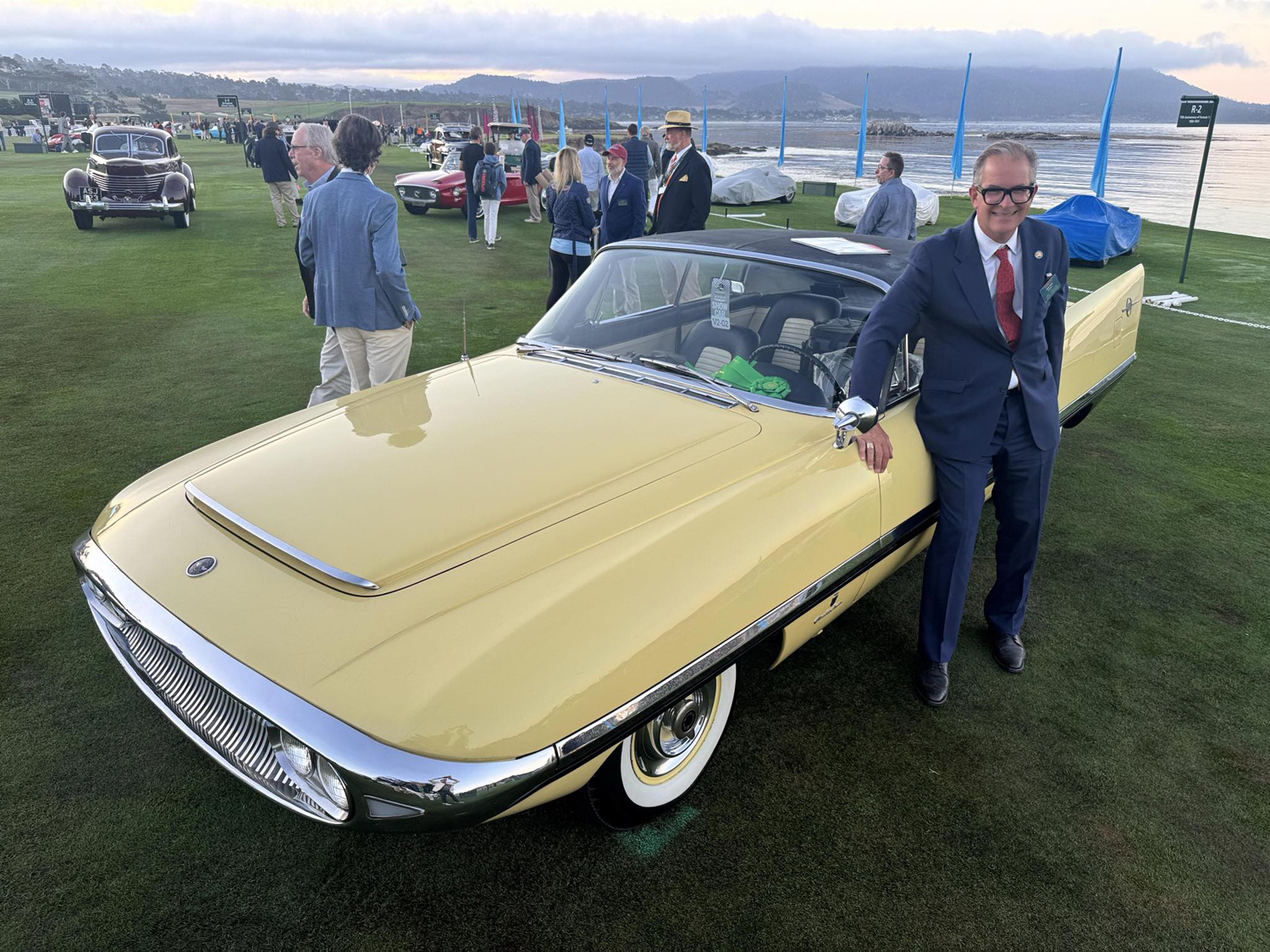
Tom Suddard, John, and I did the final cleaning at around 7:15 a.m., with me doing the final work on the rear window. (Getting that rear window clean when you are 6 feet, 4 inches tall is an exercise in yoga techniques.) Finally, we were ready for the judges.
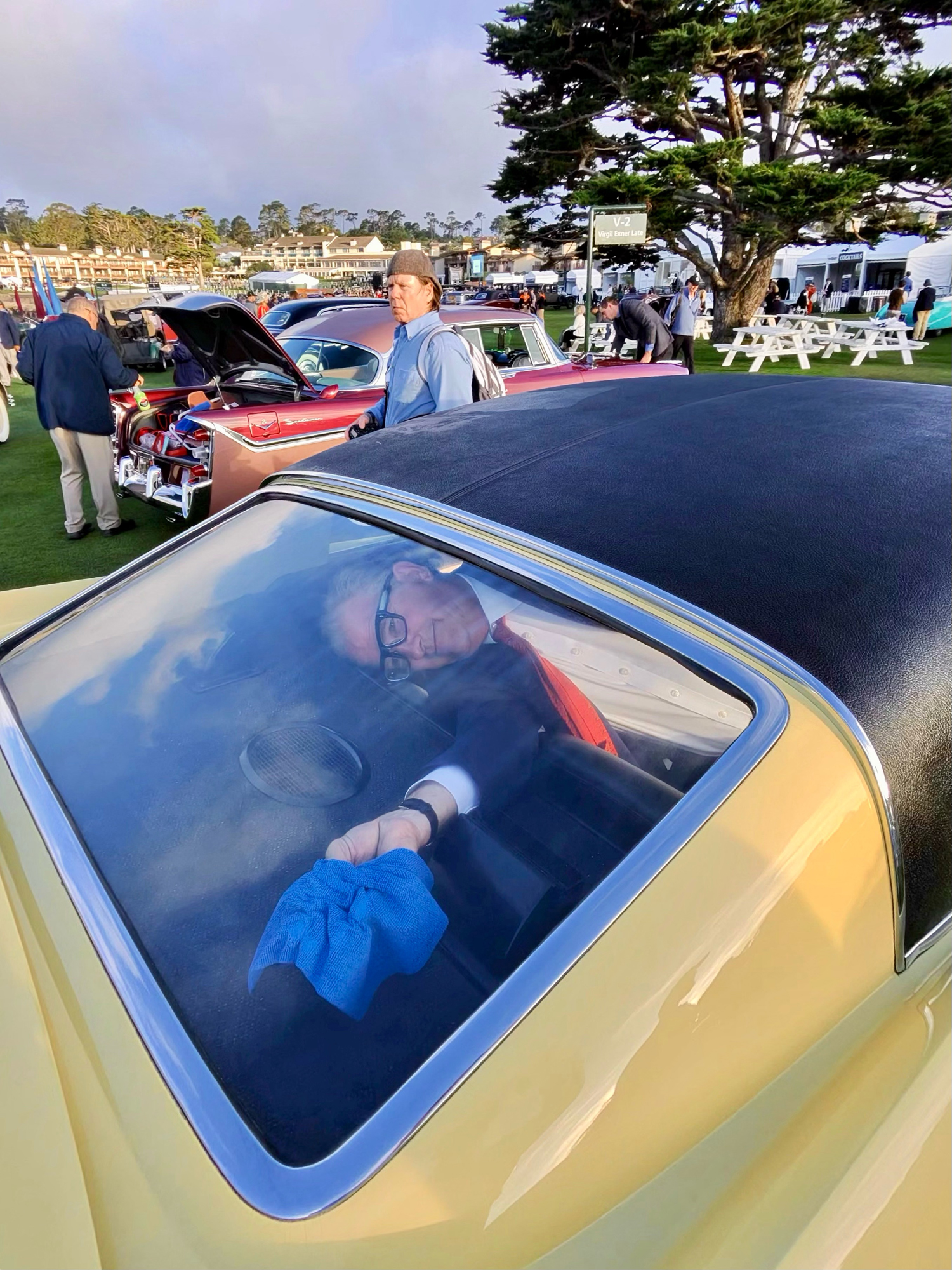
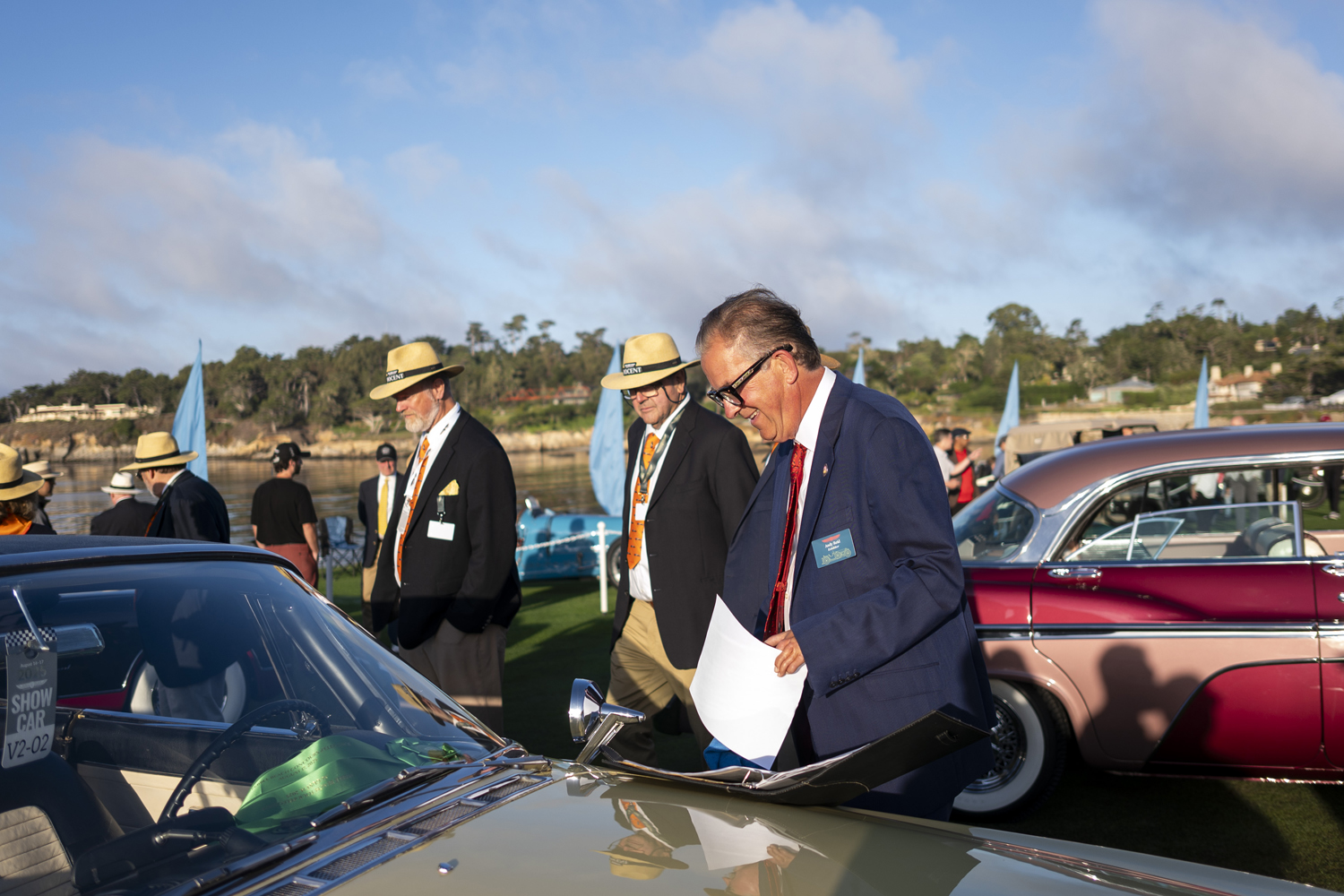
We got our chairs set up under the single tree we were parked next to at the concours and then I did my final review of the car info book I had put together.
The judges came by, led by my friend and judging mentor John Carlson. I explained the wild history of the Super Dart to them and then went through all the mechanical checks. We passed all these with flying colors and the judges thanked us for coming. We were surprised a bit when a second group of judges came by to judge the Super Dart for another award. Those were also friends, Fred Johansen and Adolfo Orsi Jr. They asked us a lot of questions about the history and originality of the Super Dart. It was fun to see Fred and Adolfo debate different things about the car and nice to have friends in both judging groups.
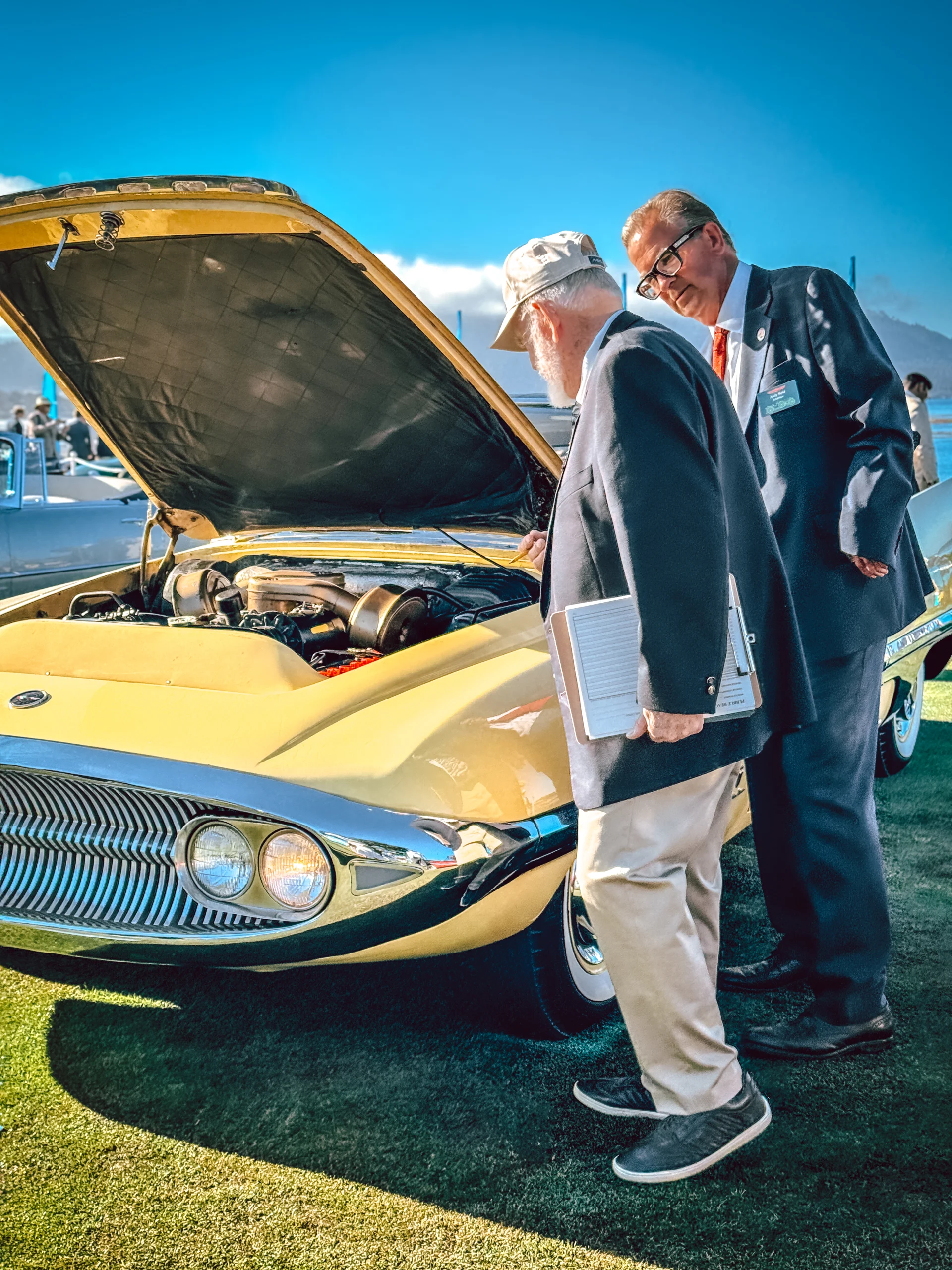
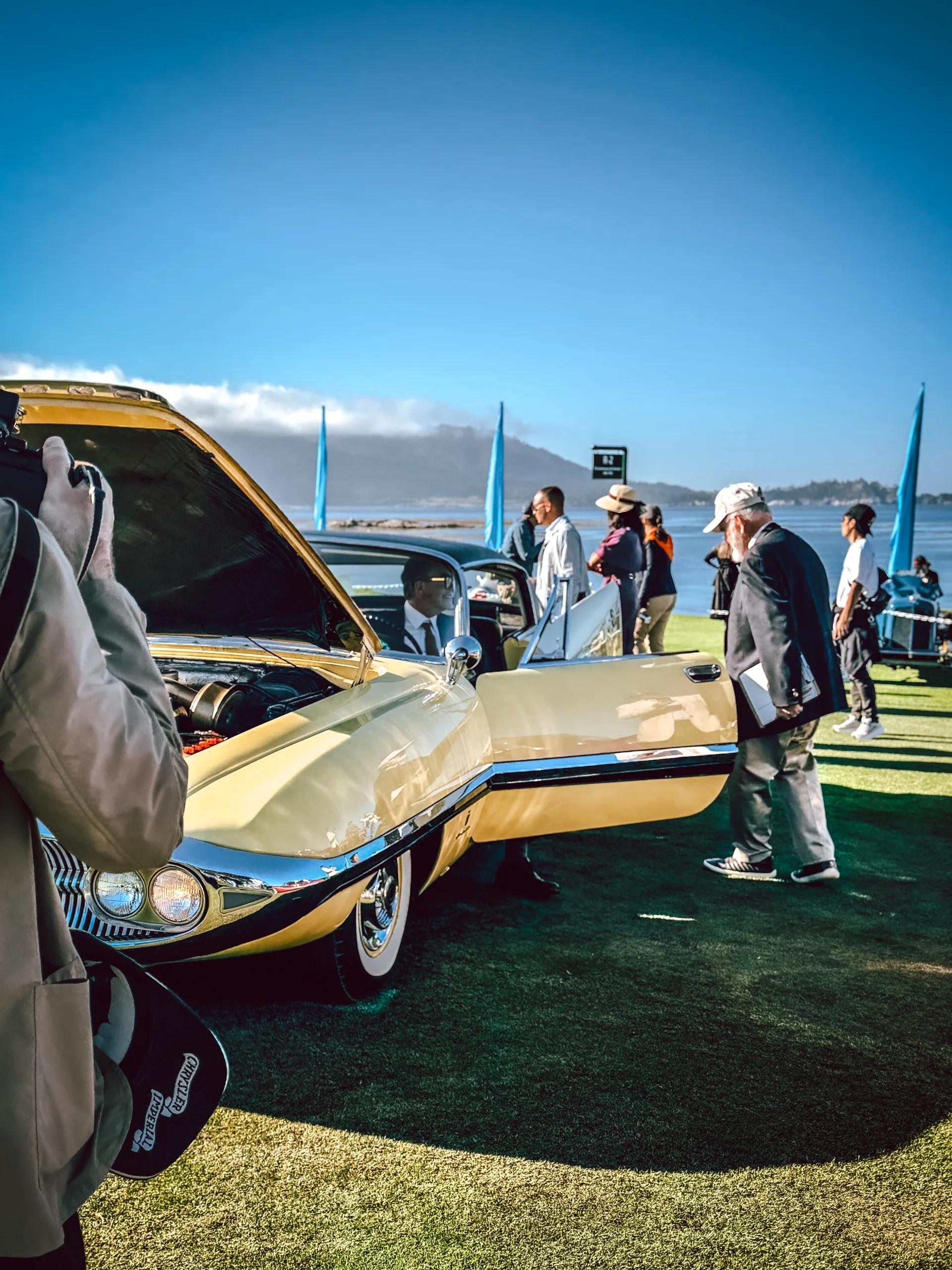
The field was a tough one, as you can see in the photos. I honestly feel that just being on the field with these cars in the Exner Class was a win in itself. Take a look at our competition: They are almost all one-off cars, and many were truly spectacular.
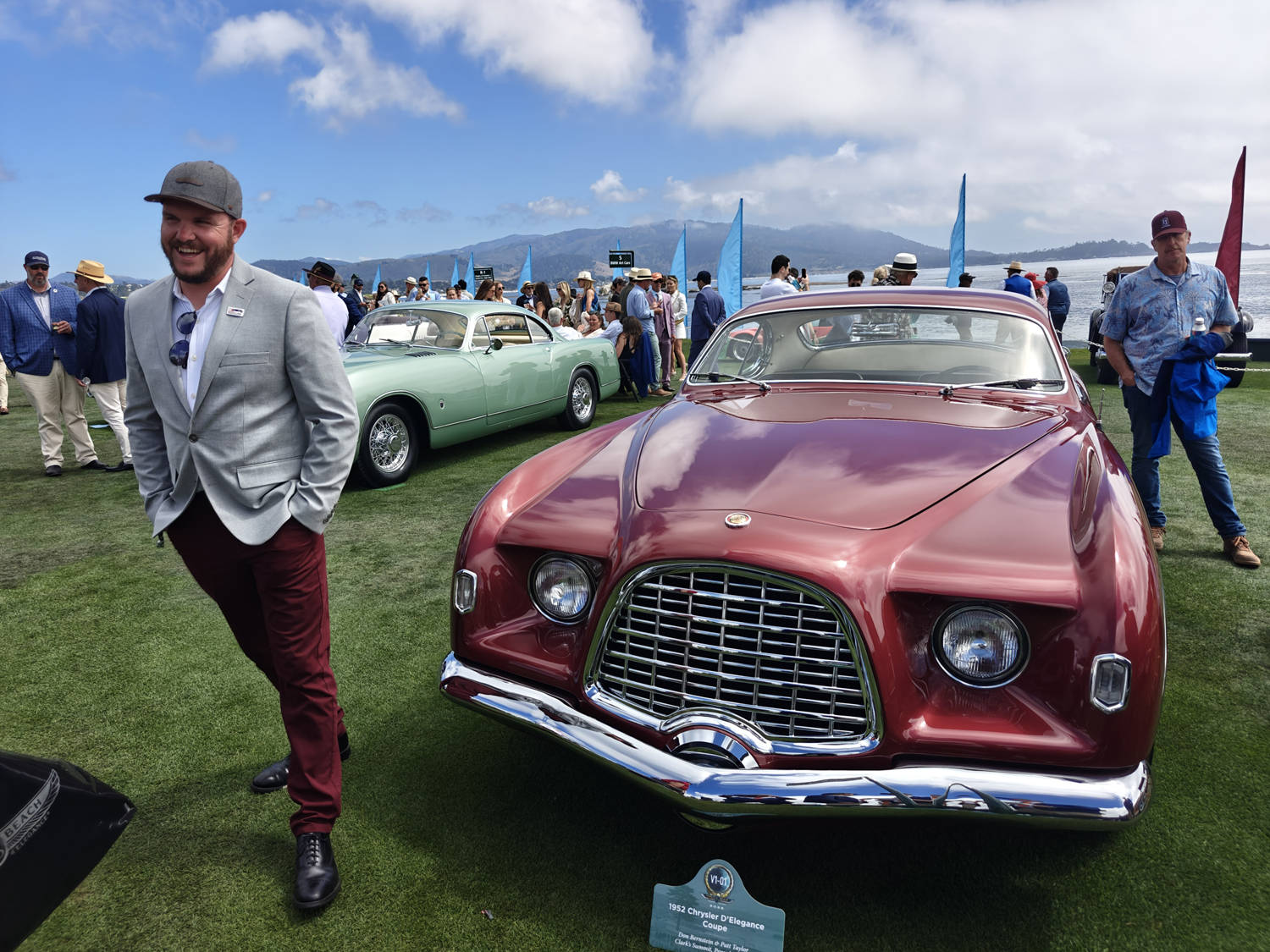
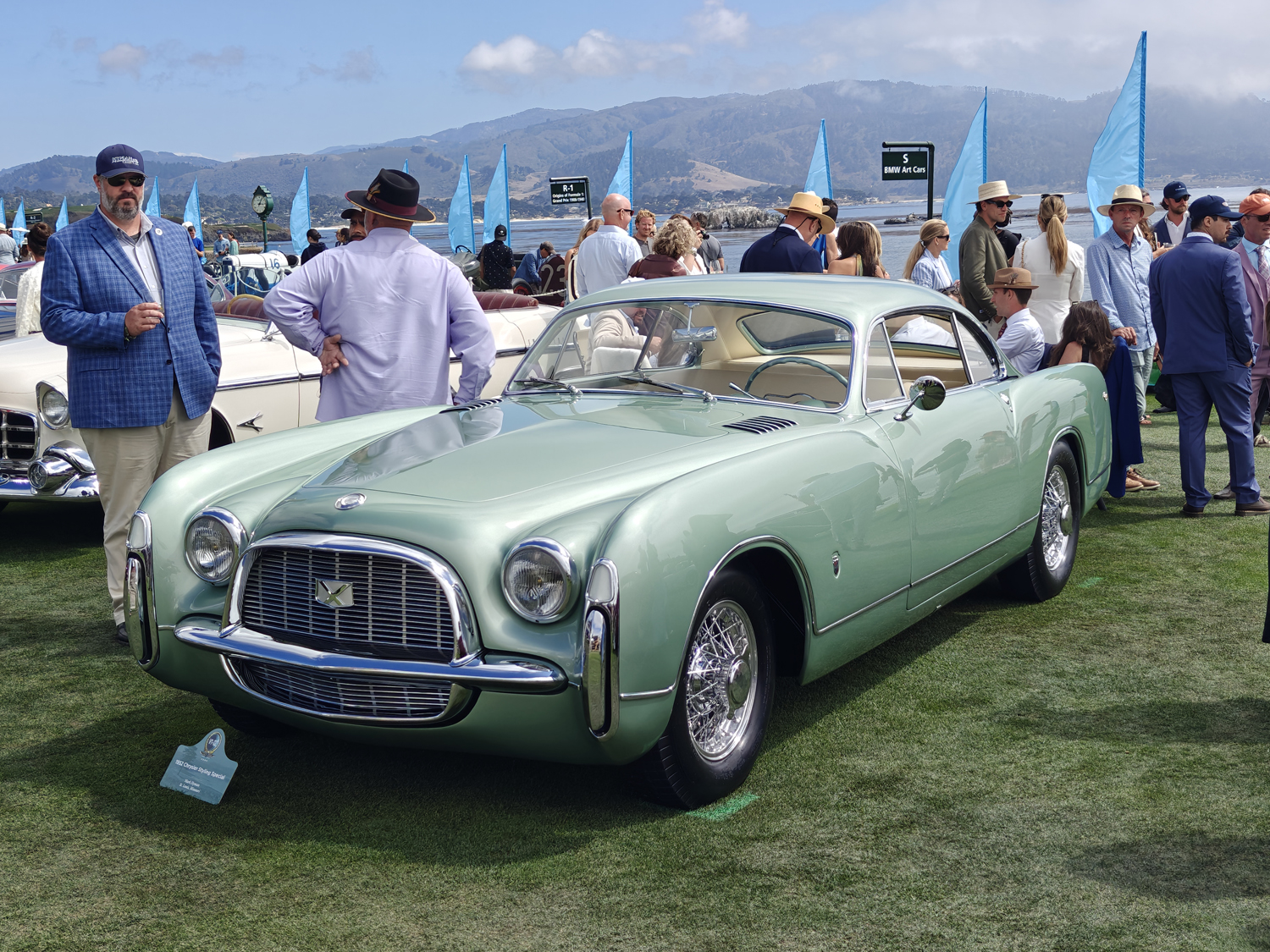
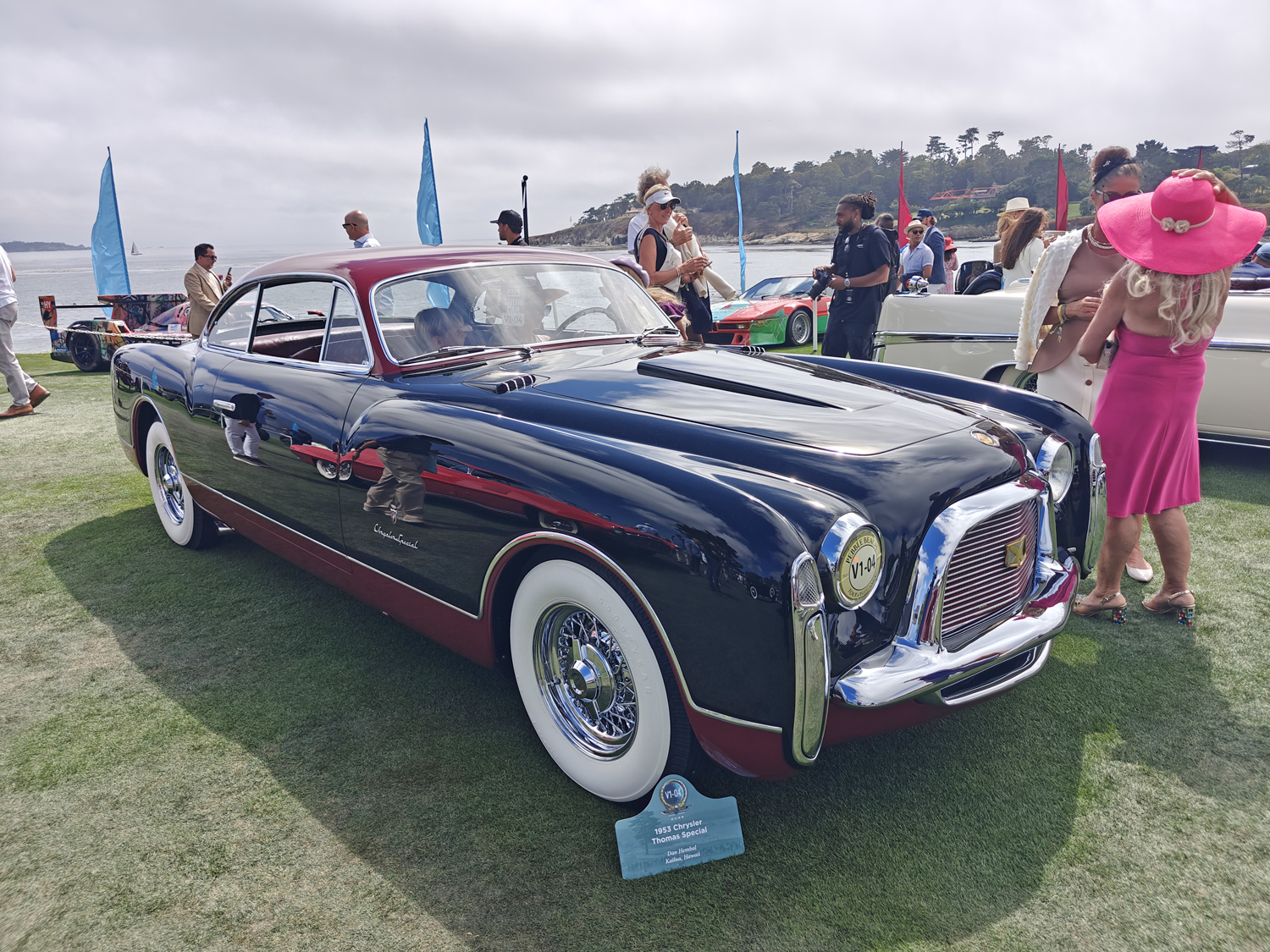
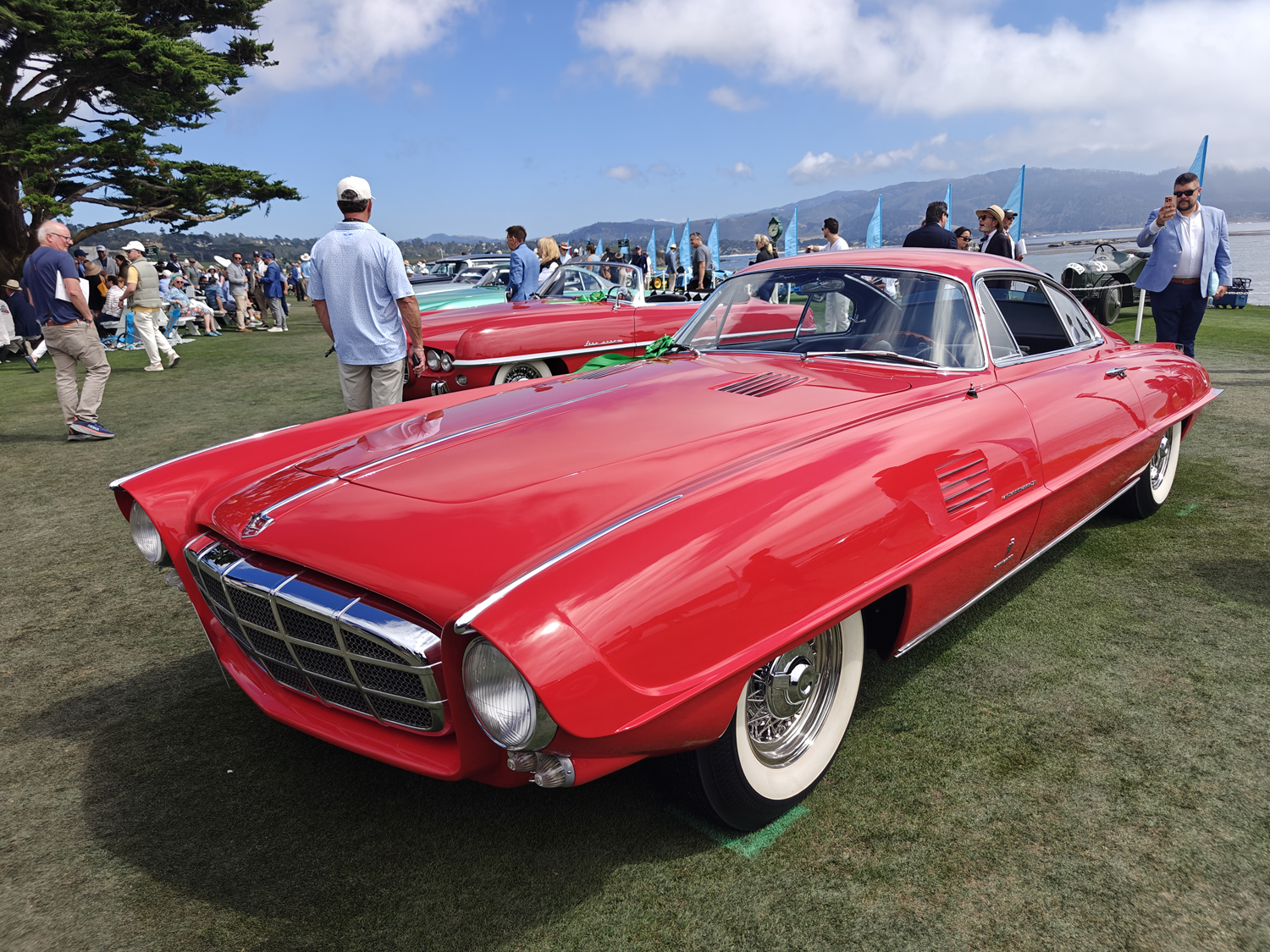
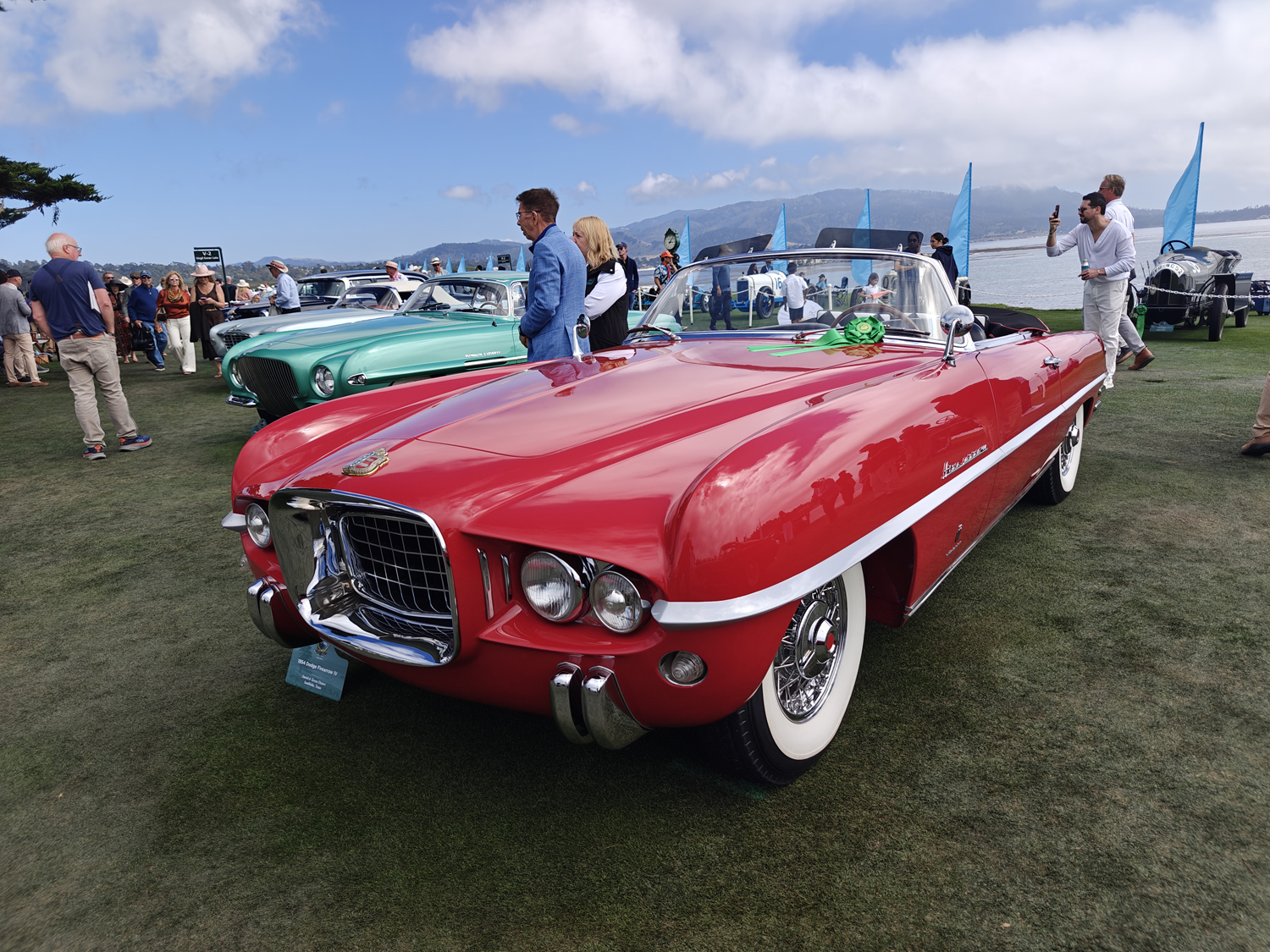
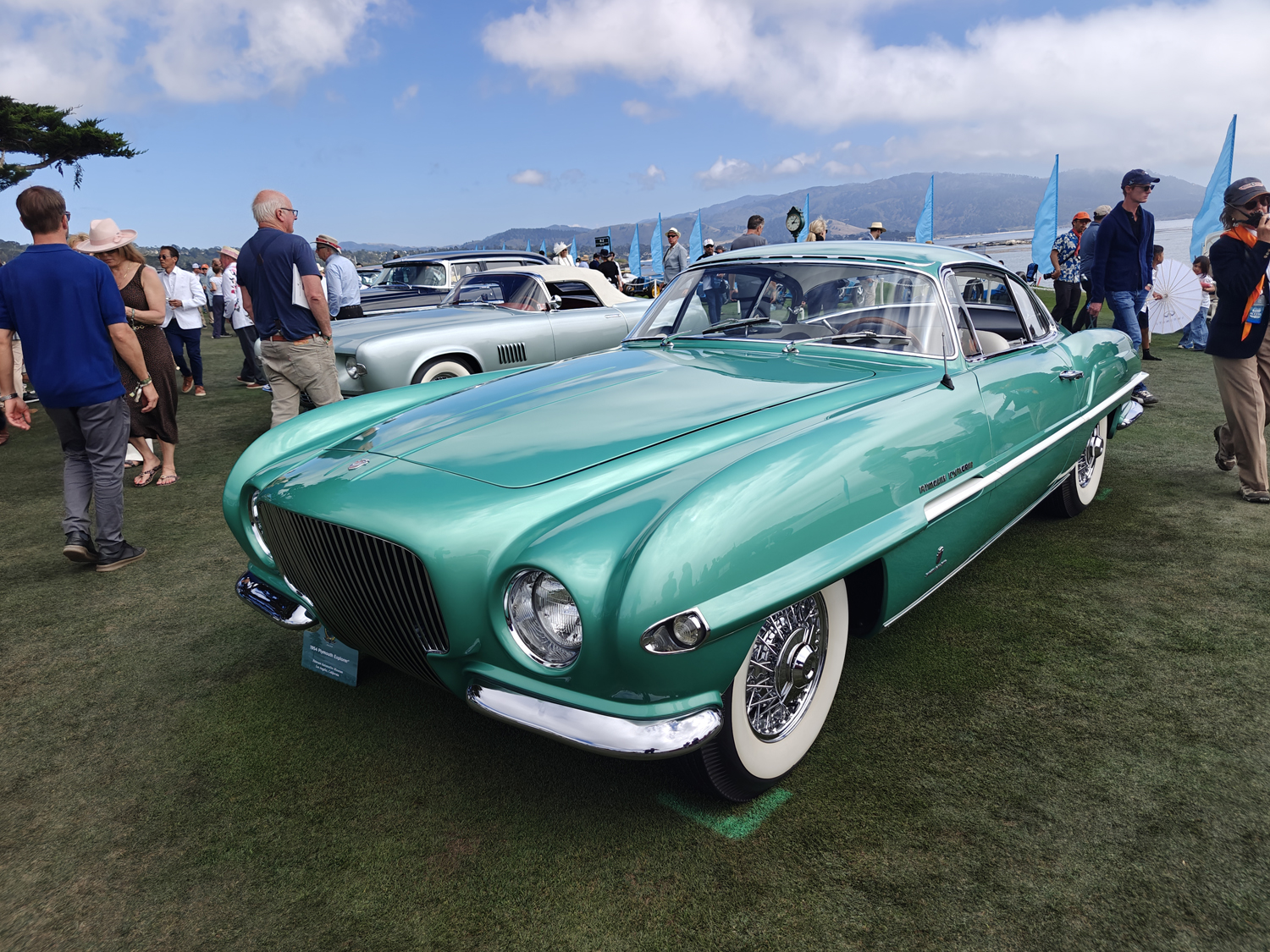
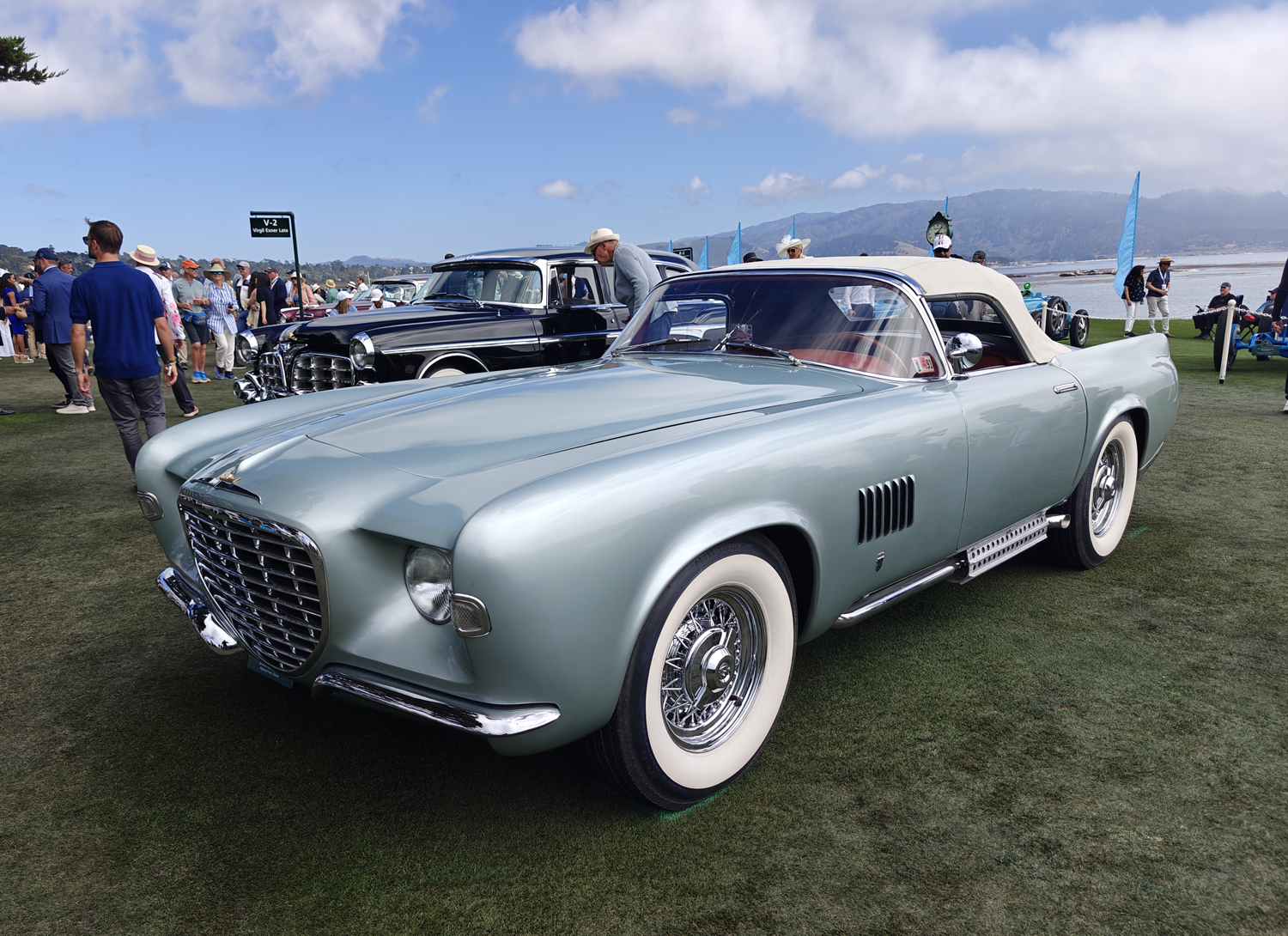
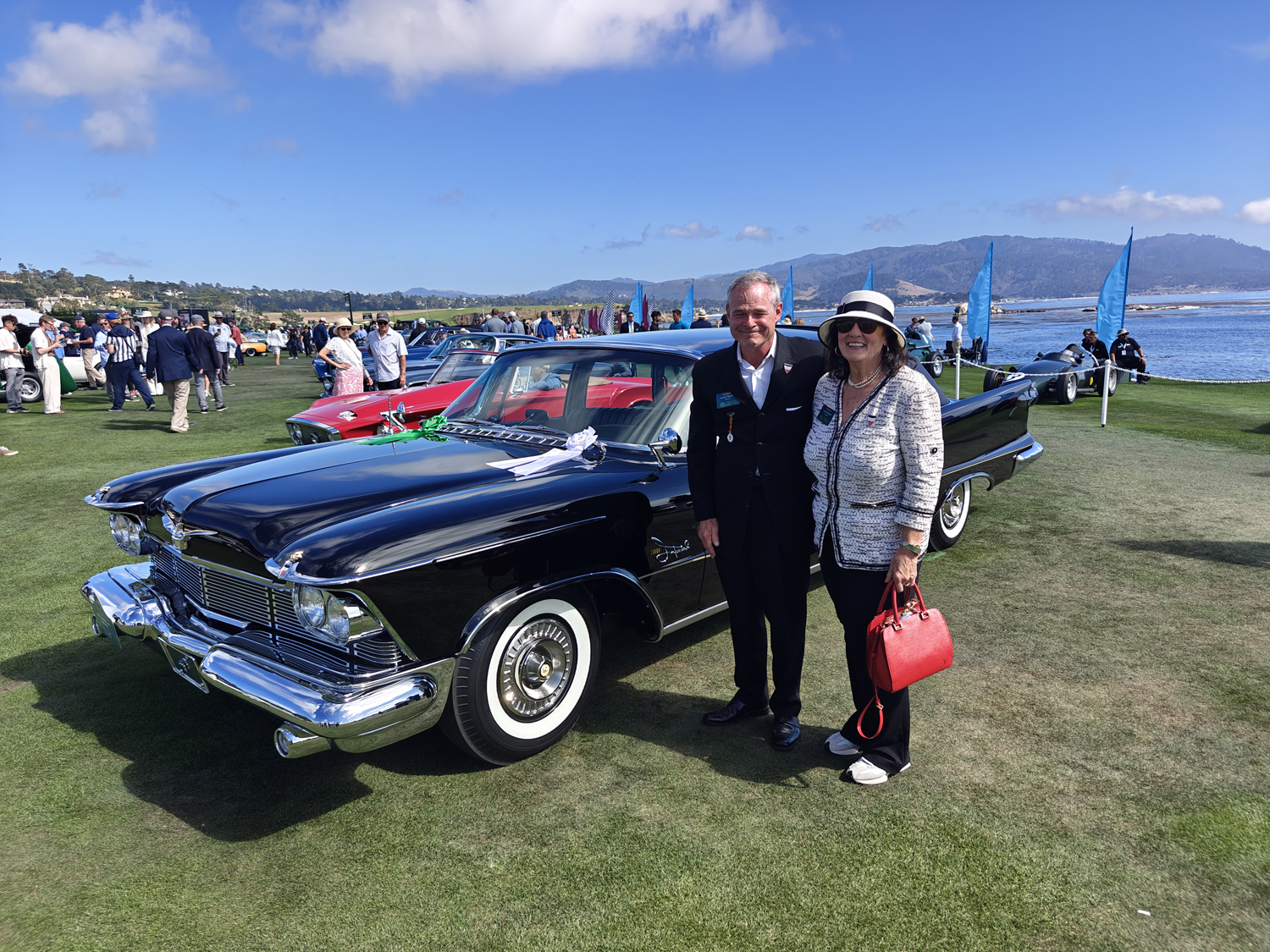
We got through judging and then waited to see how we did. At the end of the day, we were bested by a number of very deserving cars, my favorite being a light blue Dual Ghia, which took Best of Class in our Exner 2 Class. This well-earned award was presented by my friend Matt Goist, who did a great job and, like me, dressed for the occasion in a period-correct sharkskin suit.
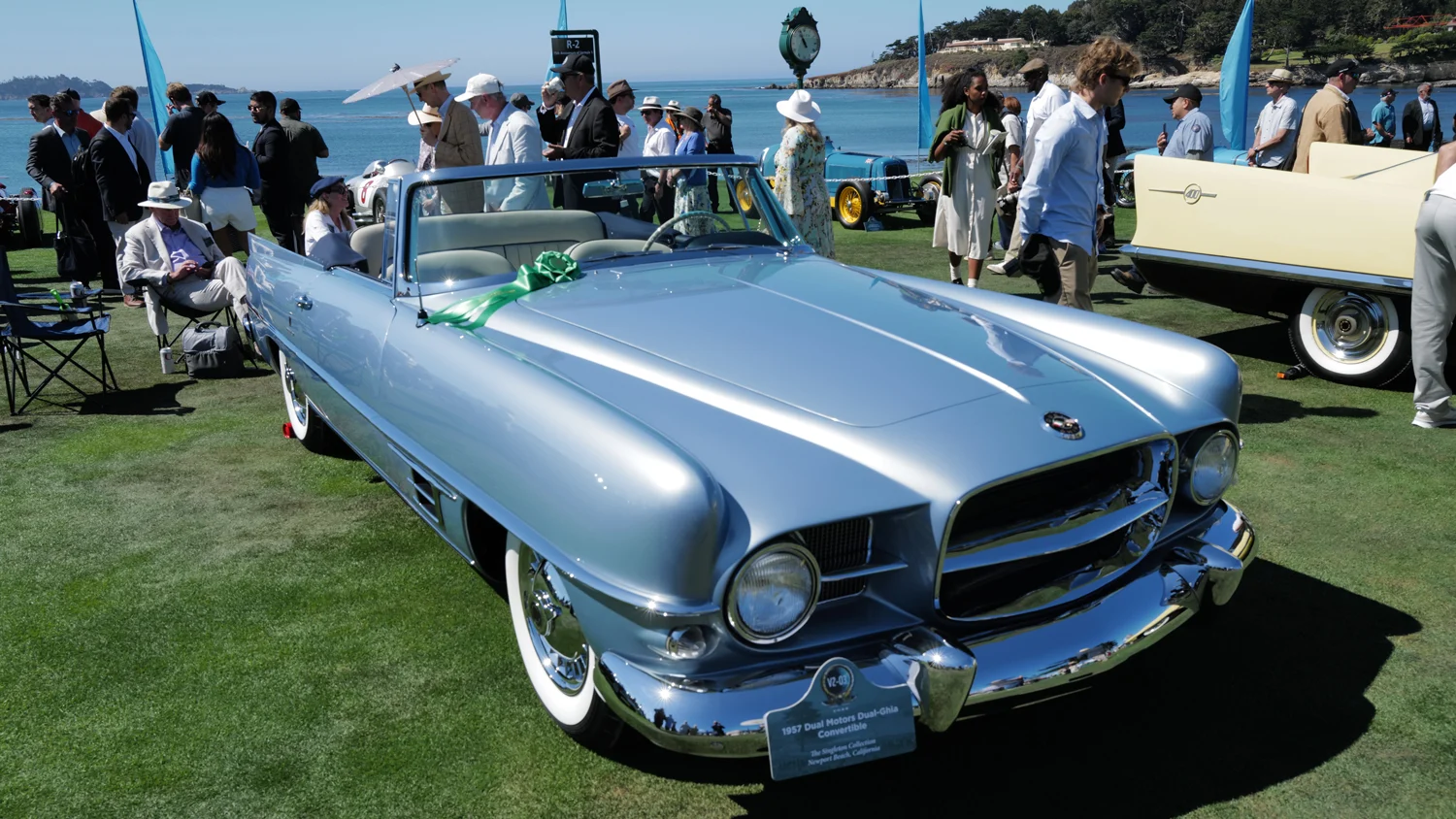
The rest of the day was spent catching up with friends on the field, looking at some of the amazing cars (my favorite being the Andy Warhol-painted BMW M1 Procar), and basking in the amazing chance to show a car at Pebble Beach. I honestly never thought I would get to do this, and am forever grateful to the car owner, Miles Prentice, and the Maine Classic Car Museum for the opportunity to show off what we have back East in our great museum.
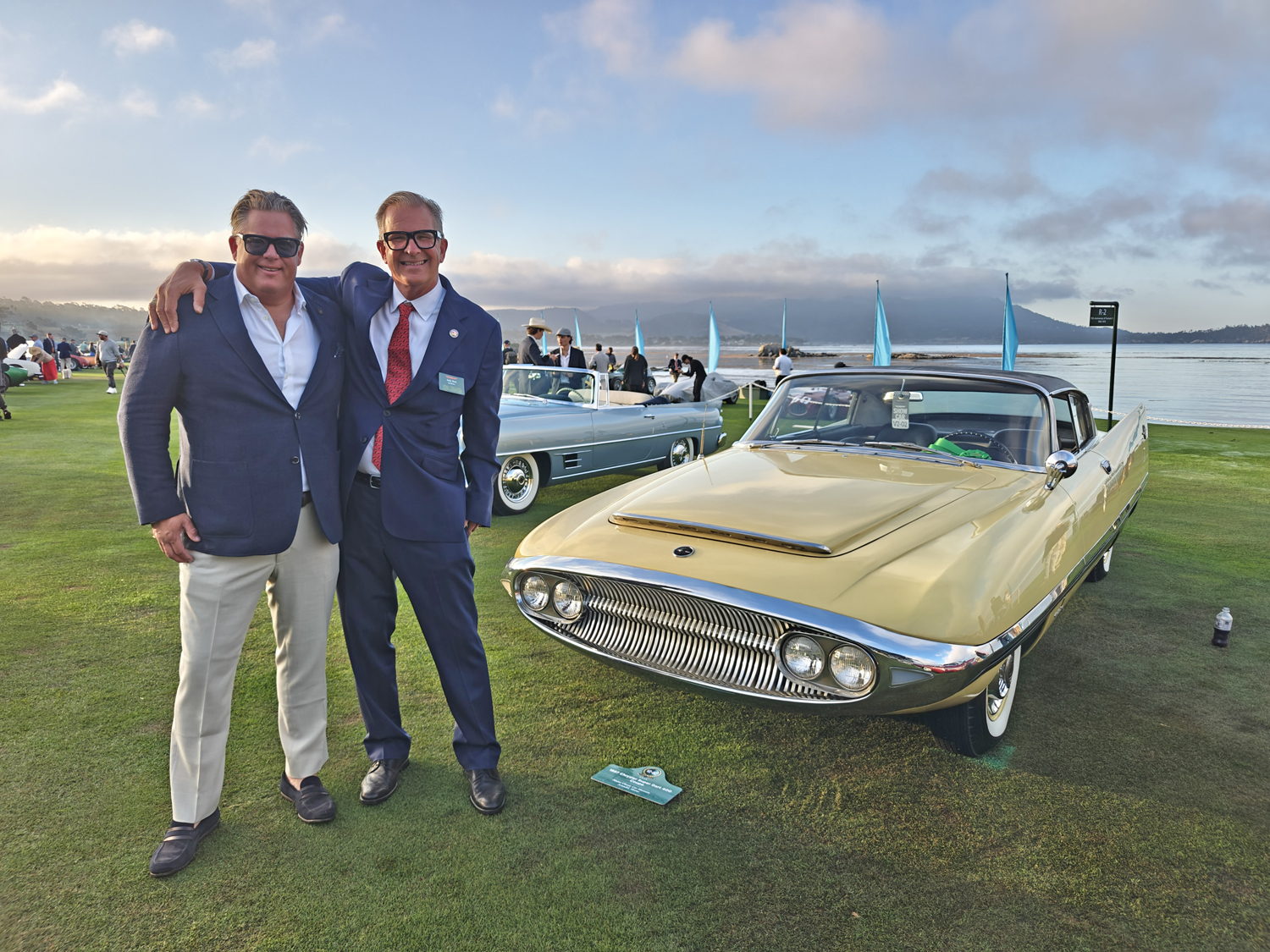
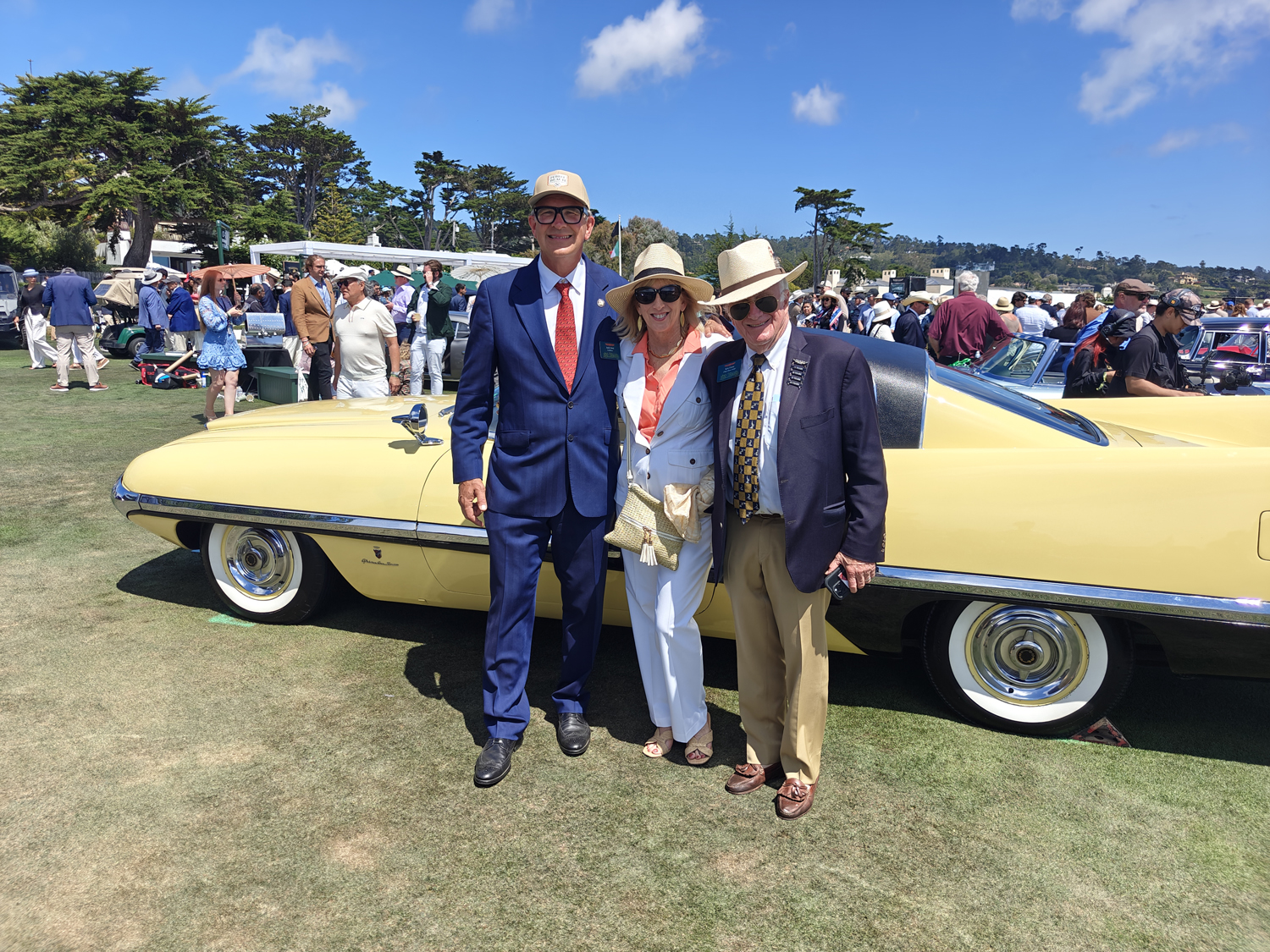
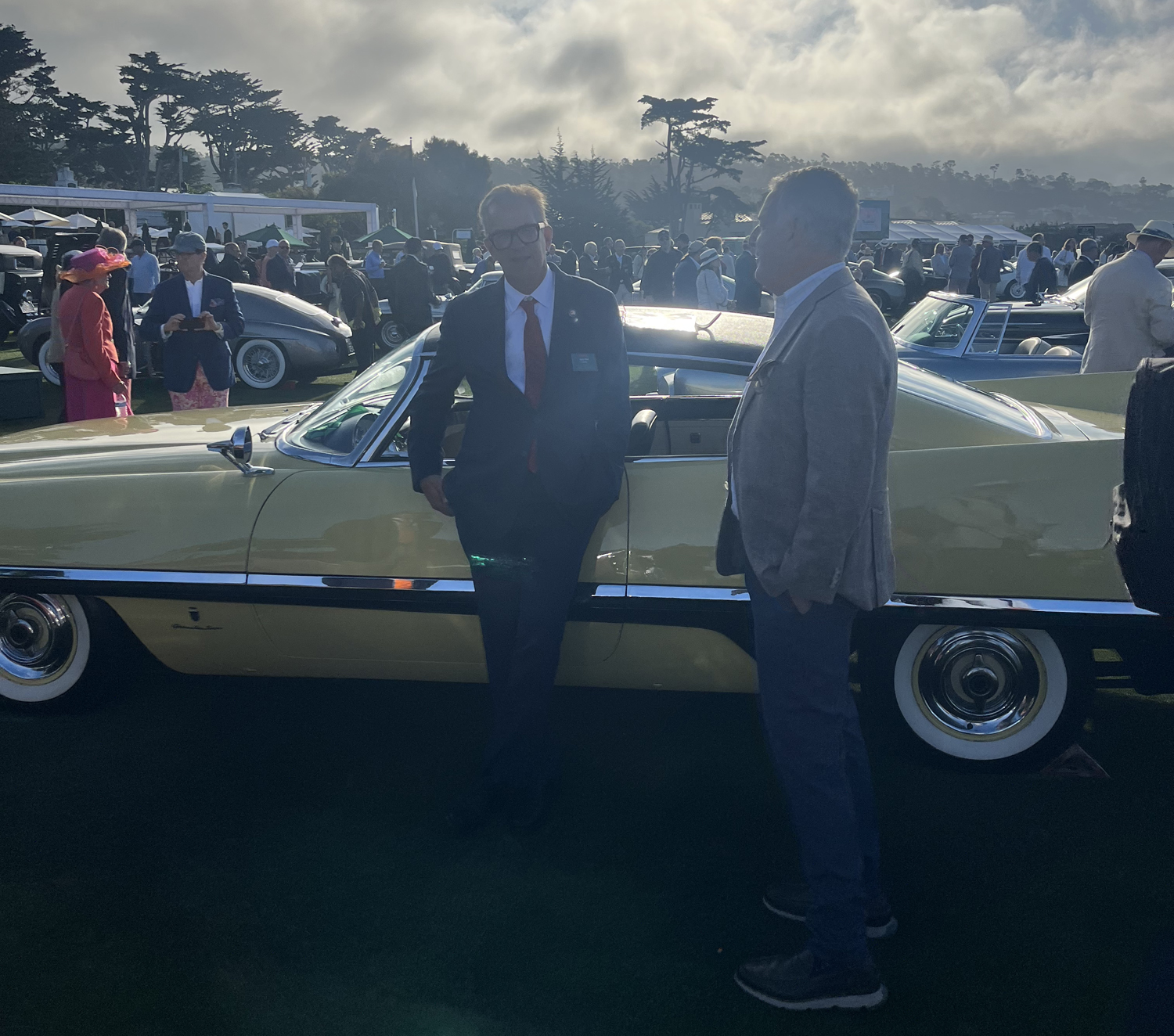
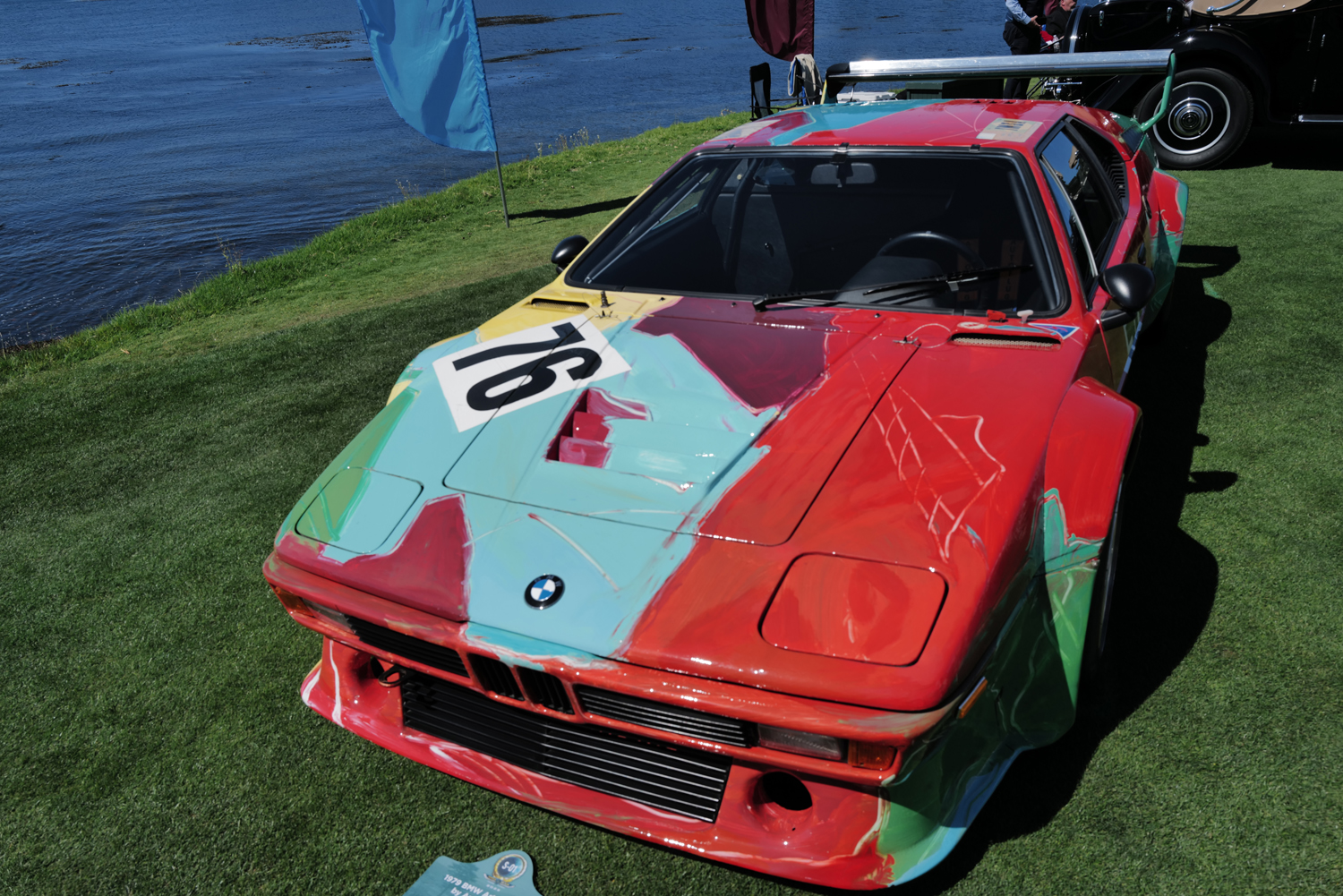
My takeaways from showing at Pebble Beach? This is indeed the finest concours event in the U.S., bar none, and will remain so. Showing here is both an honor and a privilege; if you have a chance, be sure to do so. Finally, when you show at Pebble, the entire Monterey Car Week revolves around that singular thing. You can do a few other things during the week, but the focus is always the Pebble Tour and the concours.
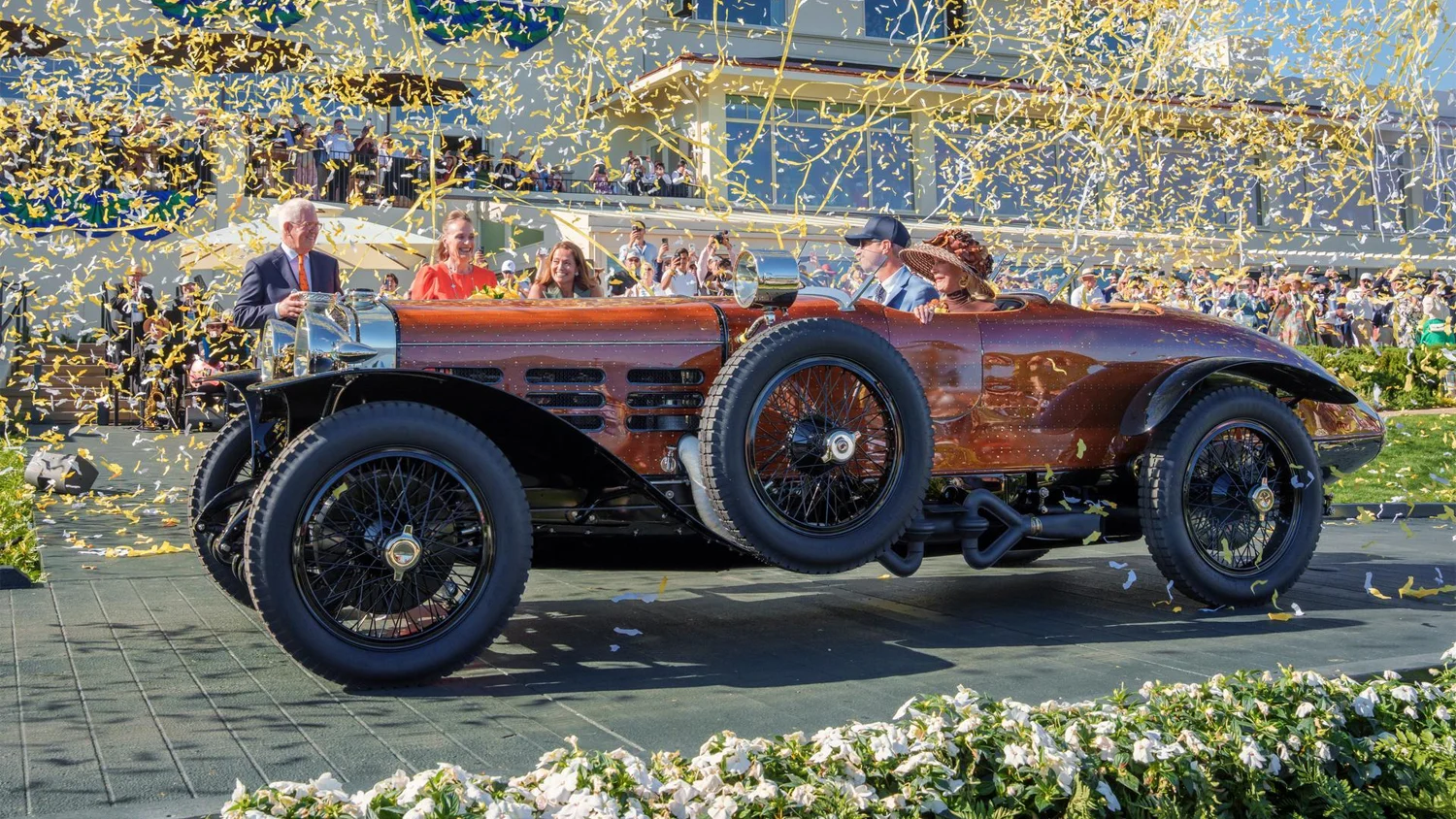
I also want to thank Sandra Button, Ken Gross, Paul Sable, and John Sacramento (for the mechanical assistance during the week), as well as Joe Beale (for the extra battery), our Passport Transport drivers Andy and Kevin (who didn’t seem to be up before dawn), Donald Osborne, Tim Stentiford from the museum for handling all the owner logistics, Tom Plucinsky of BMW Group Classic for moral support, Tim McNair for the amazing concours preparation, Peter Gleason for the advice and insight on showing at Pebble, and all my other friends who were so supportive along the way.

